Last updated on February 15, 2024
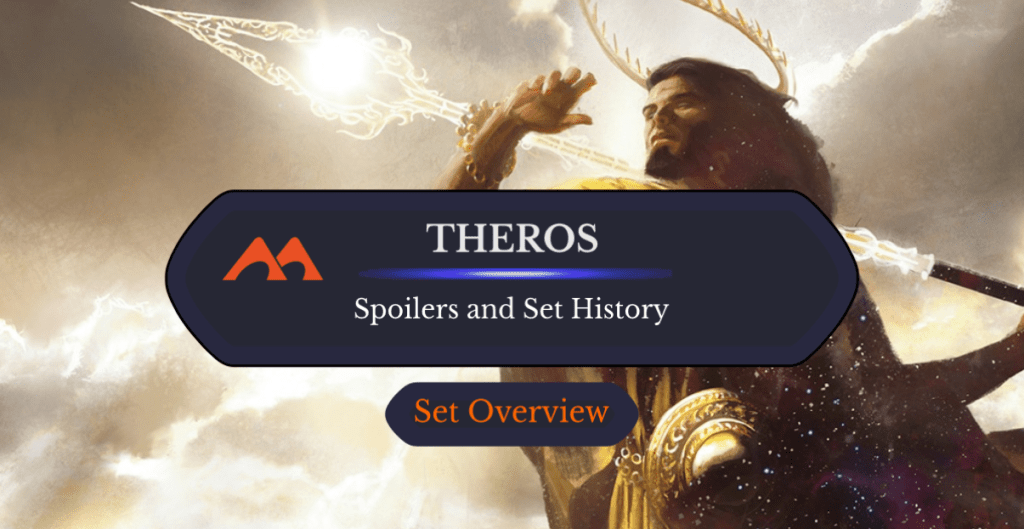
Heliod, God of the Sun | Illustration by Jaime Jones
Greek mythology is so entwined in pop culture and fantasy that it makes perfect sense Magic would eventually dip its toes in the deep well of ancient Greek lore. To be fair it had already been doing this well before Theros, with plenty of minotaurs, hydras, sphinxes, and pegasi featured on earlier Magic cards, but the Theros block was a deliberate top-down plane inspired by and rooted in Greek myth.
It also served as my introduction to Magic, and I’m sure many others’. With Theros as the first set I drafted, played Constructed with, and spent money on, it’s always going to be one of my most well-regarded personal faves, which makes me all the more excited to talk about it here.
Theros Basic Information

Heliod's Emissary | Illustration by Sam Burley
Set Details
| Set Symbol |  |
| Set Code | THS |
| Hashtag | N/A (#MTGTheros was used for Theros Beyond Death) |
| Number of Cards | 229 cards + 20 basic lands |
| Rarities | Common, Uncommon, Rare, Mythic |
| Mechanics | Scry, Heroic, Monstrosity, Devotion, Bestow, Enchantment Creatures |
Important Dates
| Event | Date |
|---|---|
| Pre-release Week | September 21-22, 2013 |
| Paper Release Date | September 2013 |
| Available on Draftsim's Draft Simulator | No |
| Release on MTGO | September 2013 |
About the Set: The Story
Theros has pretty rich world-building and a lot of backstory that isn’t necessarily conveyed through the cards alone, so I suggest digging deeper into it if you’re interested. For now, we’ll focus on the events that happen in just the original Theros set.
The story’s not that far-reaching in terms of the over-arching multiverse, it’s mostly just a series of events that make up a chapter in Elspeth Tirel’s story. She accidentally planeswalks to Theros, a plane she had visited some many years ago, and becomes entangled in the plots of the gods, primarily Heliod (the Zeus of Theros).
While there had been bad blood between Elspeth and the gods in her prior journeys, Heliod acknowledges Elspeth as his champion after she defeats Polukranos, a massive hydra responsible for the demise of many Therosian heroes.
Meanwhile, a satyr planeswalker by the name of Xenagos seeks godhood after realizing his life of revelry on Theros bears no satisfaction or meaning. He provokes the other gods, who are all transfixed on Elspeth’s weapon Godsend and seek to obtain it for themselves. I won’t spoil what happens with Xenagos here since he has a much bigger role in the following sets. Just know Deicide is a card that exists. Oops.
Oh, Ashiok’s also here sticking their nightmare fingers in places they don’t belong. Their role in the story is fairly inconsequential in the broader scheme of things, but they highlight an important aspect of Theros ideology – that is, Theros is a plane where the devotion of its inhabitants can cause the very creation of those beliefs. In other words, the gods themselves were born from the citizens’ desire for a higher power, and Ashiok believes there’s an opportunity to gain power from the citizen’s fears.
Theros Mechanics
Scry
Scry wasn’t new with Theros, but the set marked the first time it was used as a headlining mechanic. As a deck-smoothing mechanic, it was tacked onto many effects that players had come to expect already, for example with Portent of Betrayal as Act of Treason with scry. It also felt like a perfect fit for the themes of fate and destiny present in the set, and it went on to become an everygreen mechanic a few years later.
Scry appeared on 30 cards in Theros, the most recognizable ones being the Temples/scry lands, which at the time were some of the best tapped dual lands in Magic. Scry would appear again in Born of the Gods and Journey into Nyx, though almost entirely centered in in that last set.
Heroic
Greek mythology is full of tales of heroes and their herculean triumphs, and Magic wanted to represent that with its own mechanic. Heroic is an ability that appears on creatures and triggers whenever the controller of that creature targets it with a spell. That includes combat tricks, auras, and so on, leading heroic to influence a lot of the set’s design choices.
Most heroic abilities put some number of +1/+1 counters on the creature, as with Fabled Hero and Centaur Battlemaster, but others like Agent of the Fates have different effects when targeted.
Heroic appeared on 18 cards in Theros, andwas used again in the following two sets. It made a pseudo-reappearance in Theros Beyond Death on cards like Heroes of the Revel. The ability was spelled out in this set instead of being keyworded, and all five cards with this text had the same ability.
Monstrosity
Monstrosity was a straightforward activated ability that let you pay a certain amount of mana to add a predetermined number of +1/+1 counters to a creature. For example, Nessian Asp’s monstrosity 4 lets you pay to put four +1/+1 counters on it.
The mechanic specifies that the creature “becomes monstrous” and only gets the counters if it isn’t already monstrous, which is a fancy way of saying the ability only works once. You can technically activate it multiple times, but additional activations won’t do anything.
Monstrosity appeared on 18 creatures in Theros, most of which are giant mythological creatures. It also appeared in Journey into Nyx, but strangely enough didn’t appear in the middle set, Born of the Gods, perhaps because the tribute mechanic was playing around in the same space. Monstrosity also served as the inspiration for Simic’s adapt mechanic in Ravnica Allegiance.
Devotion
Devotion was a [then] modernized adaptation of the chroma mechanic from Eventide, which cared about the colored mana symbols in the costs of cards. Whereas chroma could check mana symbols on cards in any zone, devotion only counts the symbols on permanents cards you control on the battlefield. For example, Goblin Chainwhirler adds three to your devotion to red while it’s on board.
Devotion was a wildly popular mechanic, featured on some long-time favorites like Nykthos, Shrine to Nyx, Gray Merchant of Asphodel, and the Therosian gods. The mechanic appeared on 16 cards in Theros, carried over throughout the rest of the block, and was the only named mechanic from the original set to reappear in Theros Beyond Death.
Bestow
Bestow is an alternate cost on creatures that allows you to cast that spell as an aura. If the bestow cost is paid, the card is treated as an aura with “enchant creature” as long as it’s on the stack or on the battlefield. If the creature it’s enchanting is removed from the battlefield, the bestow card simply becomes a creature with its normal characteristics.
Normally, an aura “fizzles” and goes to the graveyard if the target is removed in response, but bestow has special rules text that prevents this from happening, allowing the aura to simply revert into its creature form if the target is removed. Each bestow creature essentially grants its own stats and abilities to the enchanted creature. For example, Nimbus Naiad is a 2/2 with flying or gives the enchanted creature +2/+2 and flying.
There were 15 enchantment creatures with bestow in Theros, with more spread across the following two sets. The only card printed with bestow since then is Kestia, the Cultivator.
Enchantment Creatures
Enchantment creatures made their big debut in Theros, though the honor of the first enchantment creature goes to Lucent Liminid from Future Sight, a hint that these were something R&D had thought about prior. Enchantment creatures played a huge role in the Theros block; every bestow creature was an enchantment as well, and it helped support the constellation mechanic featured in Journey into Nyx.
Other Themes
Theros features a few other core elements in addition to the named mechanics of the set. It marks the first use of god creatures in Magic, and the set has a much heavier emphasis on auras and combat tricks than most. Minotaurs are featured heavily as a typal theme, with creature types like centaurs and satyrs receiving explicit support in later Theros-themed sets.
Theros Card Gallery
White
Blue
Black
Red
Green
Multicolored
Colorless
Lands
Notable Cards
The Vanillas
Theros features a total of nine vanilla creatures. That seems like overkill, but they serve a purpose. Each one features flavor text from “The Theriad,” presumably the in-universe version of the real-world Iliad, and further expands the worldbuilding of the set.
Elspeth, Sun’s Champion
Elspeth, Sun's Champion is one of the most iconic appearances of the character in card form, and only recently started dropping out of favor in Commander and Cubes within the last couple years.
The Legendary Gods
The enchantment gods were (and still are) some of the most desirable cards from the set. Not only did they put the new devotion mechanic to good use, but this was also the first time the god creature type appeared in Magic, and it inspired how different pantheons of gods would work in future sets.
While Nylea, God of the Hunt and Heliod, God of the Sun only see fringe play, the rest are heavily played in Commander, with Purphoros, God of the Forge being one of the best red cards ever printed for the format.
Legendary Enchantment Artifacts
Each god in the set had a weapon they were associated with, each one taking the form of a legendary artifact enchantment. Aside from Greatest Show in the Multiverse from Unfinity, these are the only cards in Magic to use both artifact and enchantment types on the same card. Notably, Bident of Thassa is part of the planeswalker Kiora’s overarching storyline.
Curse of the Swine
Curse of the Swine is notable as a blue board wipe, kind of in the same vein as Ixidron, and it still sees plenty of Commander play.
Swan Song
Swan Song is one of the best counterspells in Commander, where the 2/2 bird token it creates is often inconsequential to the outcome of a game. It’s a staple in normal Commander and a high-priority counterspell for cEDH.
Gray Merchant of Asphodel
Nicknamed “Gary,” Gray Merchant of Asphodel is a top-tier devotion payoff, functioning as a wincon in mono-black Commander decks, where its ability is essentially tripled.
Hero’s Downfall
Hero's Downfall was a former chase rare that used to be one of the most important removal spells of its time. I just wanted to highlight the downfall of this card, given that it was reprinted at uncommon in Innistrad: Crimson Vow and holds no real value and sees no significant Constructed play.
Thoughtseize
Thoughtseize was originally printed in Lorwyn, with Theros being the second printing, and only other Standard-legal printing of the card since. It’s still a high-value card for anyone opening Theros boosters in the 2020s.
Anger of the Gods
Anger of the Gods has competition with Brotherhood's End, but it still sees relevant sideboard play in Constructed formats where exiling creatures is highly relevant.
Lightning Strike
Lightning Strike, as an intentionally dumbed-down Lightning Bolt, made its debut in Theros and has been the default for a 3-damage burn spell ever since.
Sylvan Caryatid
Sylvan Caryatid is a great mana dork that still holds up in high-powered Cube environments and has created some of the longest-running debates over card name pronunciations.
Prophet of Kruphix
Prophet of Kruphix combines the effects of Seedborn Muse and Vedalken Orrery on one card, a formula that was so powerful in Commander that Prophet was banned and has been ever since. The package was deemed too effective and game-warping, though if you ask me, it’s time to let the Prophet free.
Xenagos, the Reveler
Gotta shout out the villain of the set, right? Xenagos, the Reveler is still a highly effective ramp tool, and a staple of Gallia of the Endless Dance decks.
Burnished Hart
The player base is split between Burnished Hart lovers and haters. Regardless of which side you’re on, it got its start here.
Nykthos, Shrine to Nyx
Nykthos, Shrine to Nyx might be the last truly busted land printed in Magic. It gets a pass because you have to do some pretty specific deckbuilding to unlock its potential – namely, you have to be mono-colored – but the reward is huge. You just don’t see lands that tap for 3, 4, 5+ mana anymore, but the risk paid off. Nykthos is highly effective in very specific decks, but not so much that it’s ever single-handedly broken any format.
Temples/Scry Lands
The Temples were big players when they were first printed, but tons of reprints and generally better options have pushed them down quite far in the dual land power rankings. I maintain that these are some of the absolute best budget dual lands for beginners and casual players.
Available Products
Theros Booster Box

Theros was sold in 36-pack booster boxes, well before the time of Play Boosters, Collector Boosters, etc. Simpler times, though the set has steadily climbed in price.
- Theros - Magic the Gathering Booster Box (MTG) (36 Packs)
- Contains 36 Theros booster packs
- 15 cards per pack
- Intro Decks & Packs Sold Separately
- Look for other MTG Items ....
Theros Intro Packs
As was customary at the time, Theros included a set of five Intro Packs, each containing a 60-card deck with a single foil headliner card. These were bare-bones basic decks with little strategic depth, and often stuffed with unplayables and cards of little to no value. The five Intro Packs included:
- The Anthousa’s Army
- The Blazing Beasts of Myth
- The Devotion to Darkness
- The Favors from Nyx
- The Manipulative Monstrosities
Inspiring Heroics Event Deck
Theros included a single Event Deck, a preconstructed deck meant to serve as an onboarding tool for new players to engage in semi-competitive Constructed tournaments. Event Decks served as a base for a much stronger deck, but they also featured a significantly higher thematic and strategic depth than Intro Packs. Inspiring Heroics is a heroic deck with an aggressive gameplan and a few control elements tied in. It features more rares than a typical Intro Pack, though the single copy of Hallowed Fountain is its only real modern appeal.
Face the Hydra
“Face the Hydra” is a Game Day challenge deck that pit players against a special deck with a different rules set. The deck aimed to slay all of the hydra’s heads using cards with special abilities, like The Philosopher. Note that this is a just-for-fun product and the cards present aren’t playable in normal decks and formats. It’s also rather expensive for what it offers, so I’d make certain this is something you want in your collection before picking it up.
Greeking Out
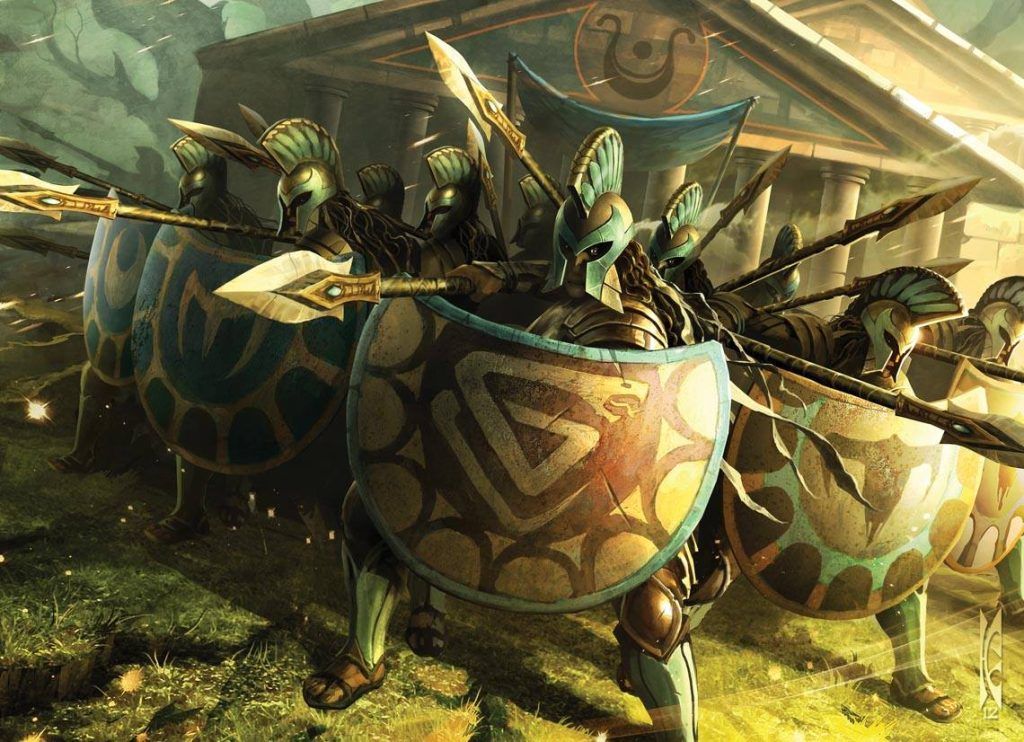
Defend the Hearth | Illustration by Raymond Swanland
I personally owe so much to Theros as the set that pulled me into Magic. I’m literally writing this article because this set exists. I think I’m in the minority of players who considers Theros one of the best sets in Magic, but who doesn’t regard their first set as an all-timer?
There’s so much to credit here, too. From gods to devotion, enchantment creatures to scry lands; how would black decks even win if Gray Merchant of Asphodel never saw print? Did you know that the concept of 2-color signpost uncommons for Limited also functionally started with this set? I could gush for so much longer, but my time is up. If you have any fond memories of Theros, either as a standalone set or part of the larger block, let me know in the comments below or over in the Draftsim Discord.
Thank you for making Draftsim your #1 stop for all things Magic!
Note: this post contains affiliate links. If you use these links to make a purchase, you’ll help Draftsim continue to provide awesome free articles and apps.
Follow Draftsim for awesome articles and set updates: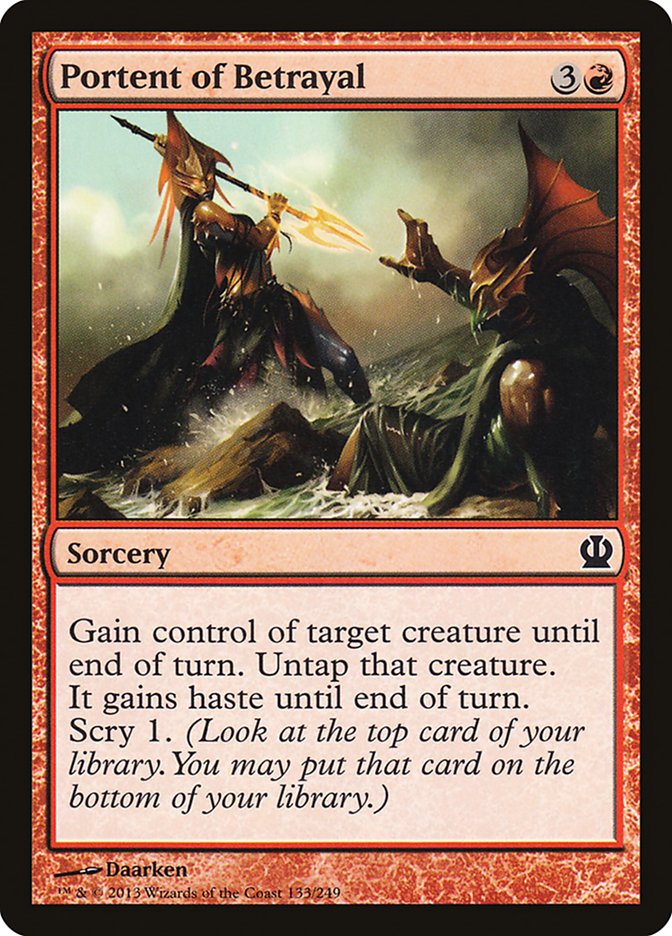
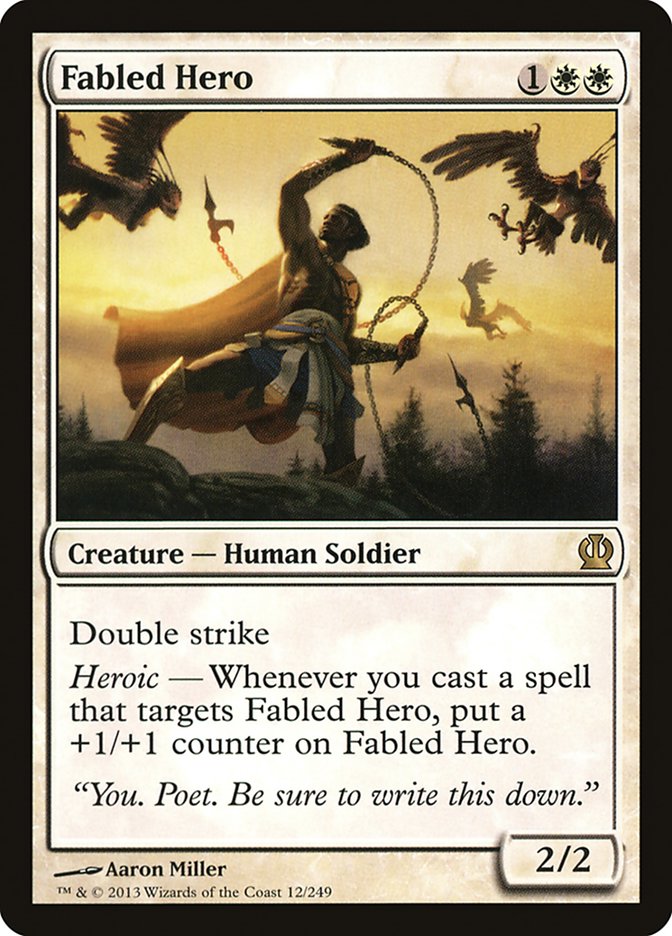
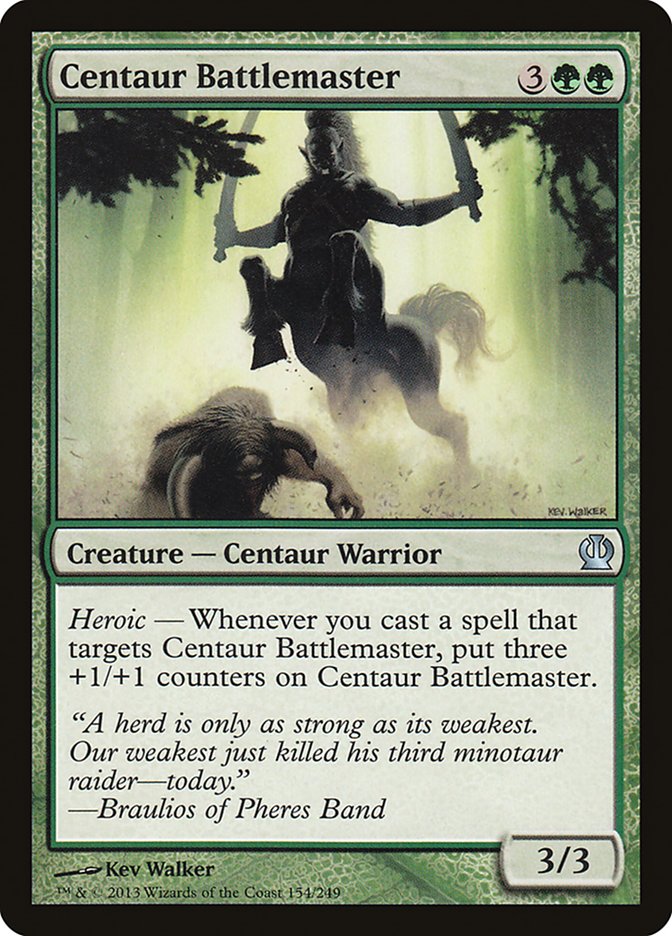
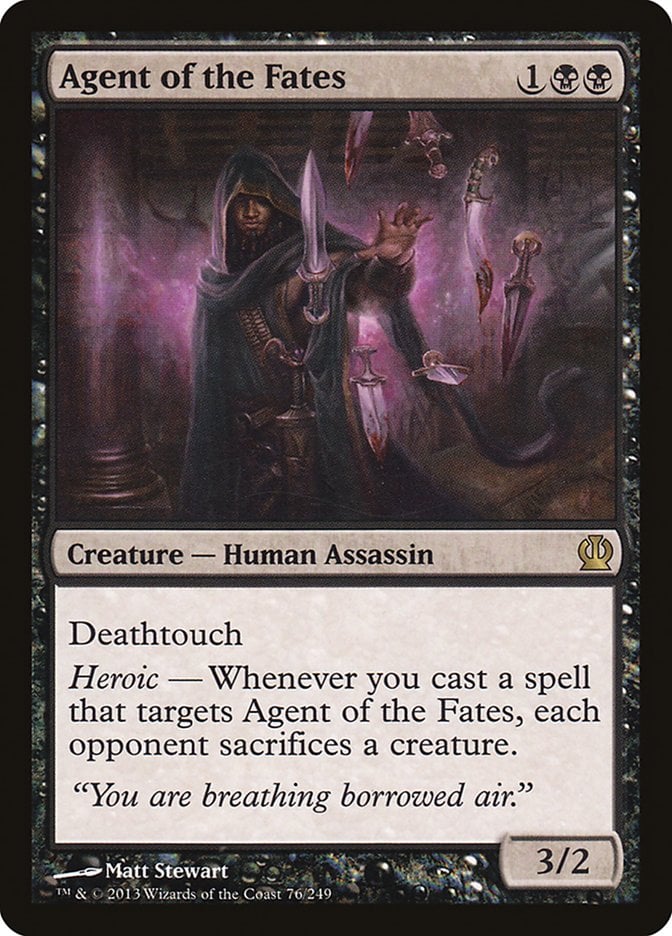
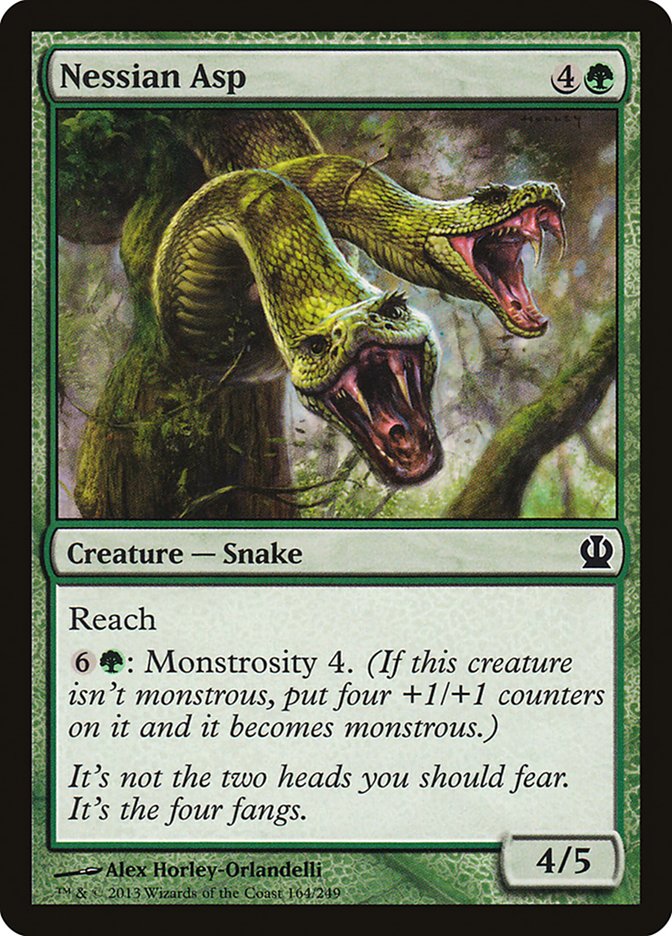
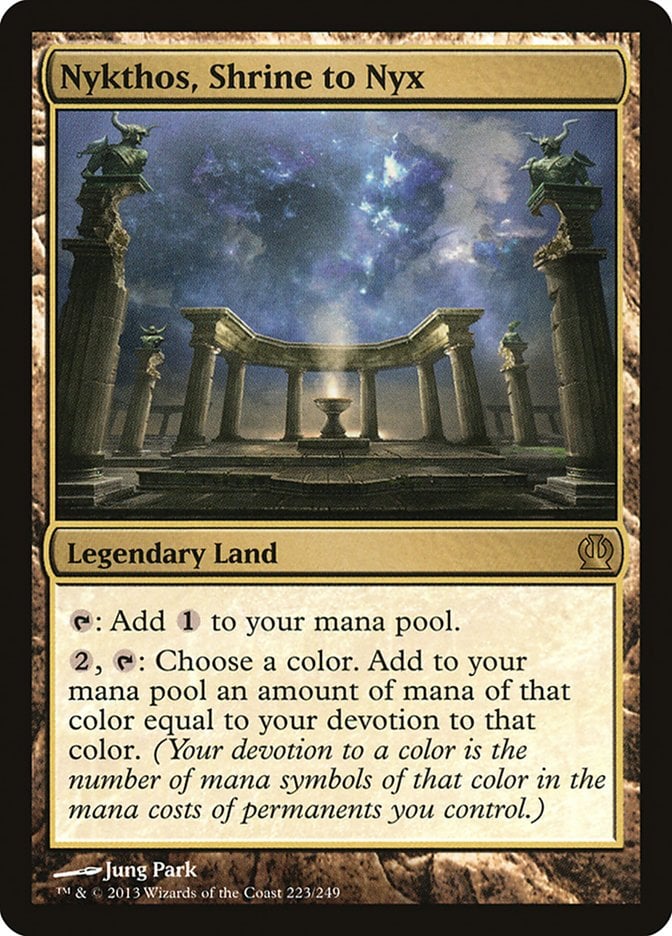
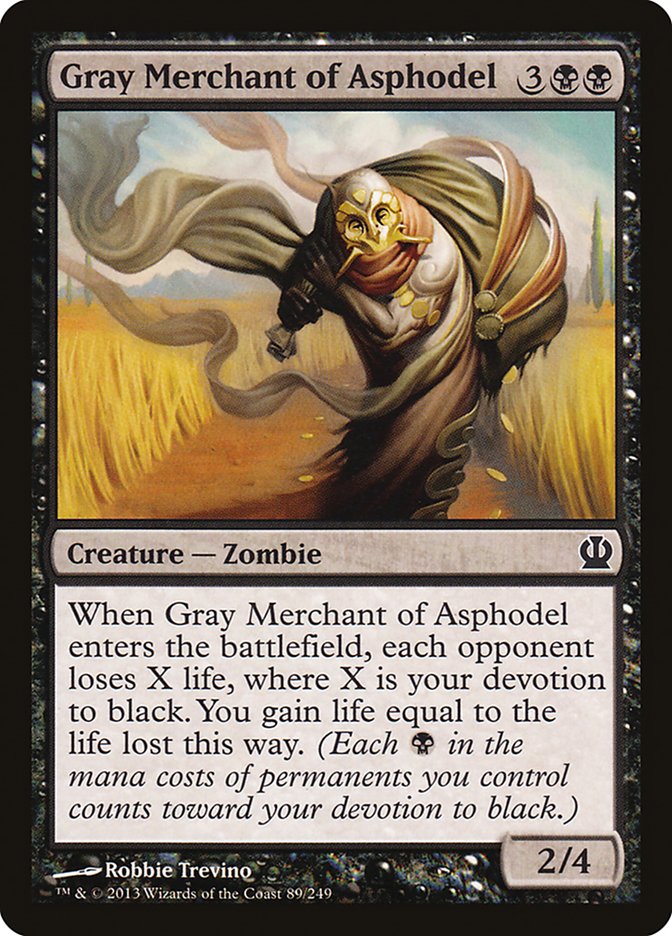

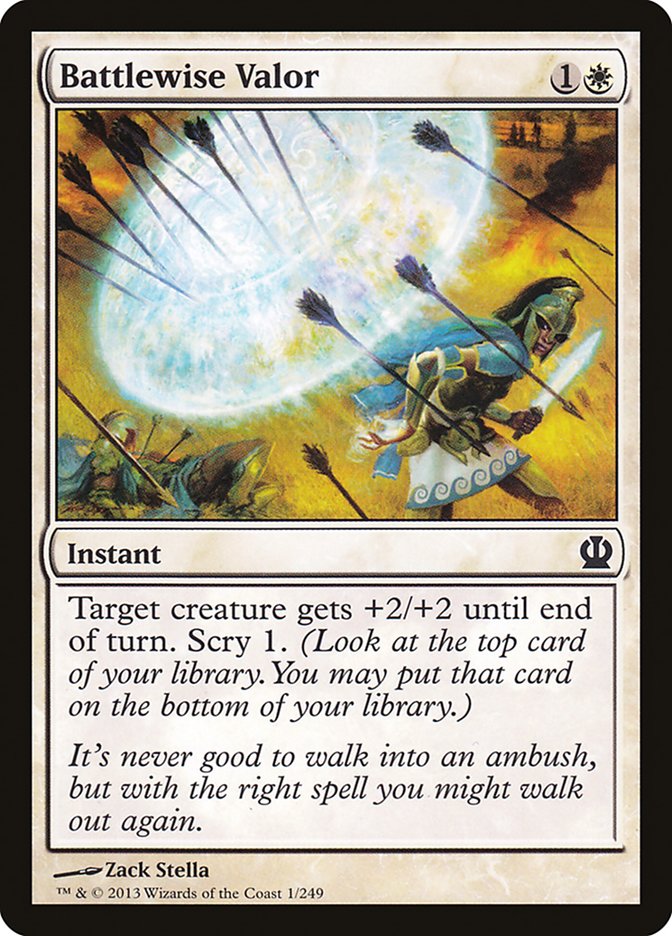
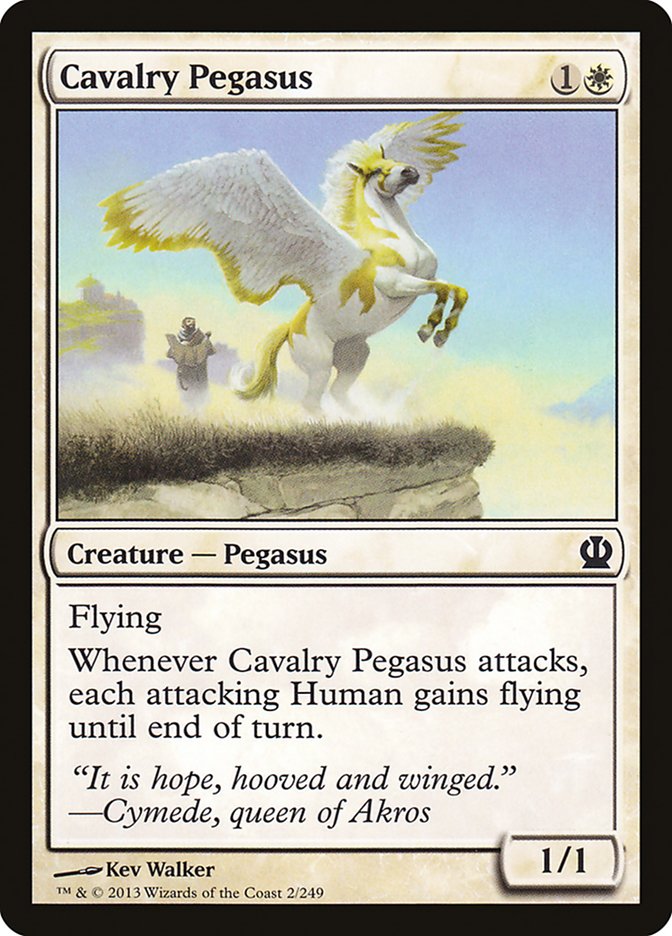

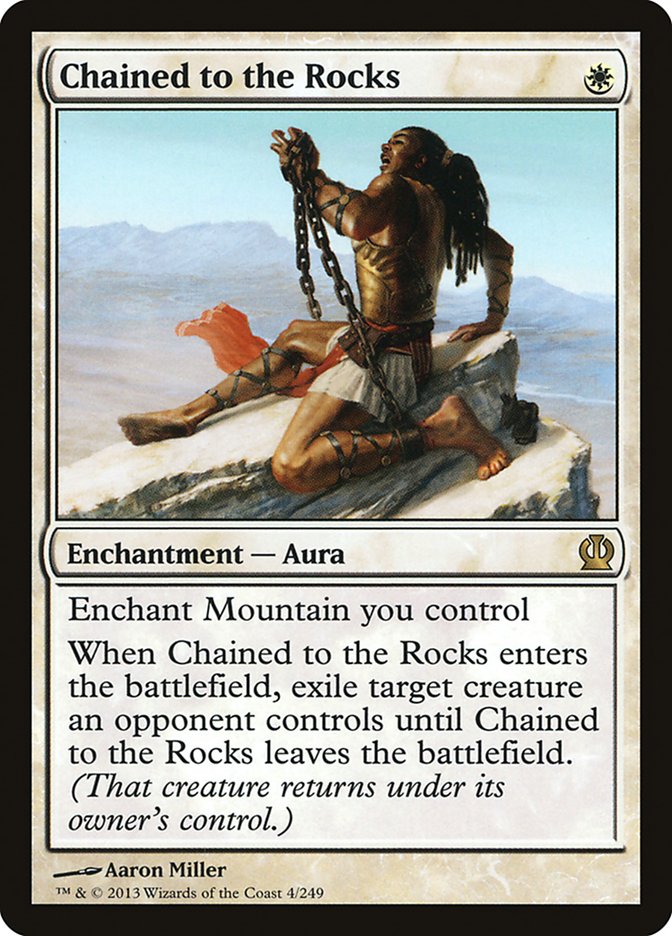
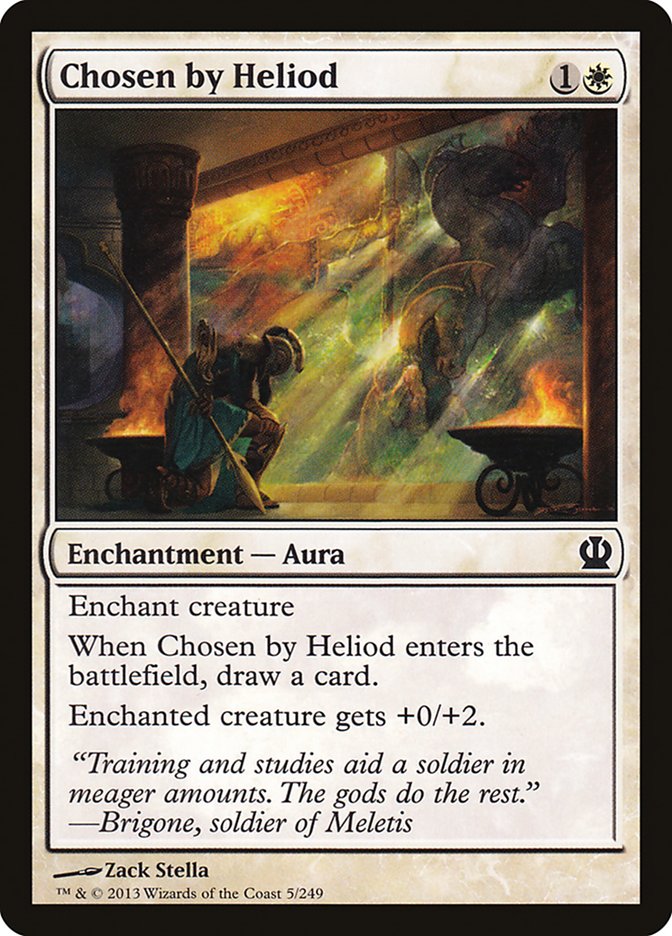
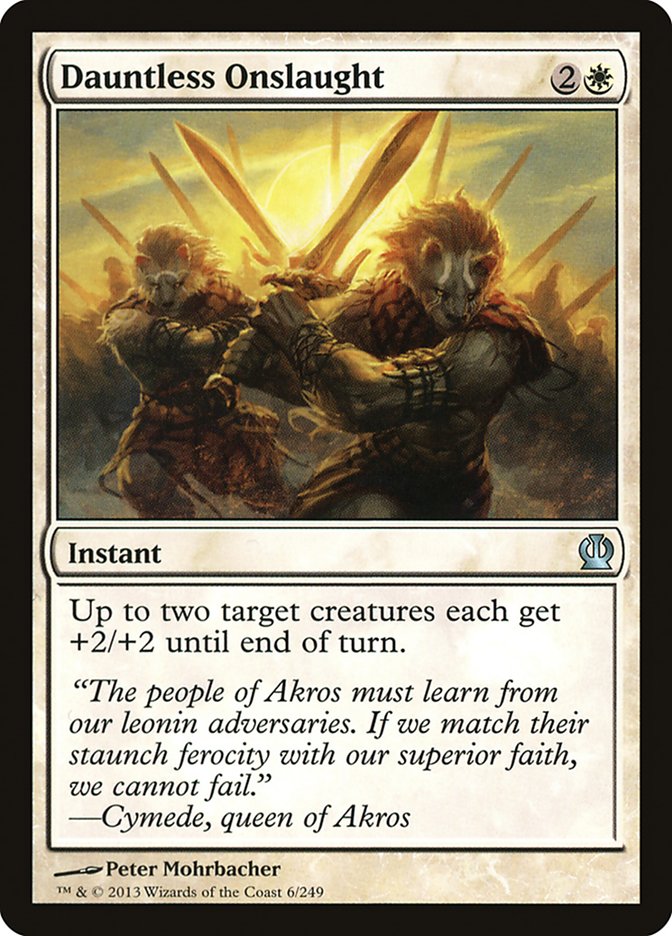
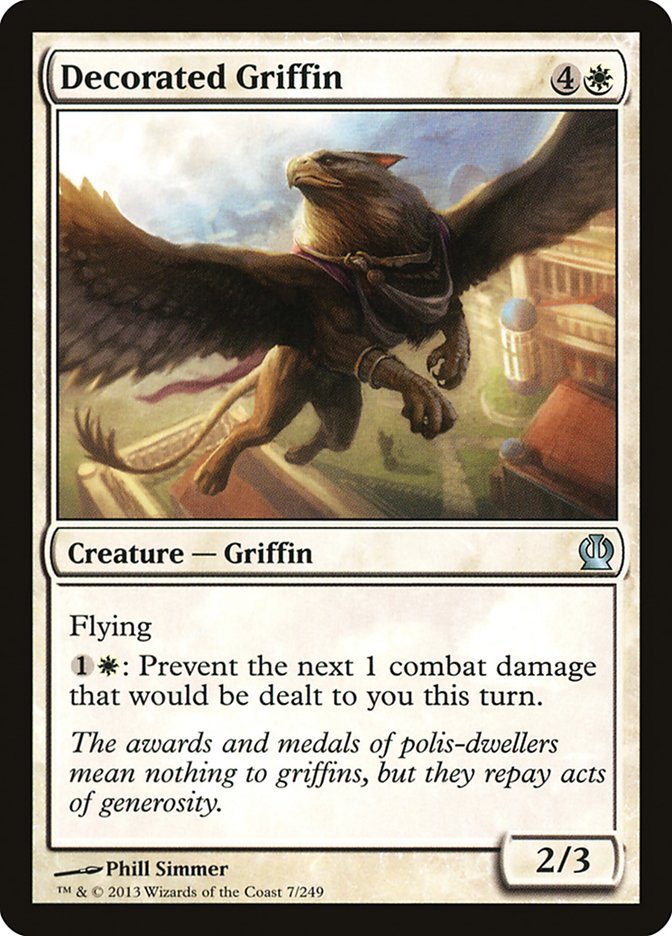
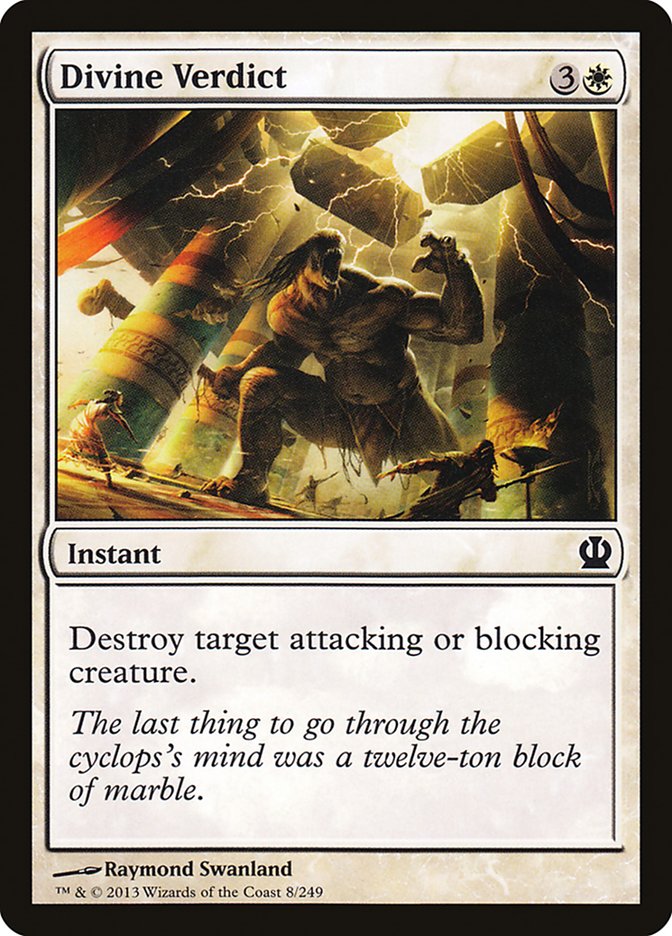
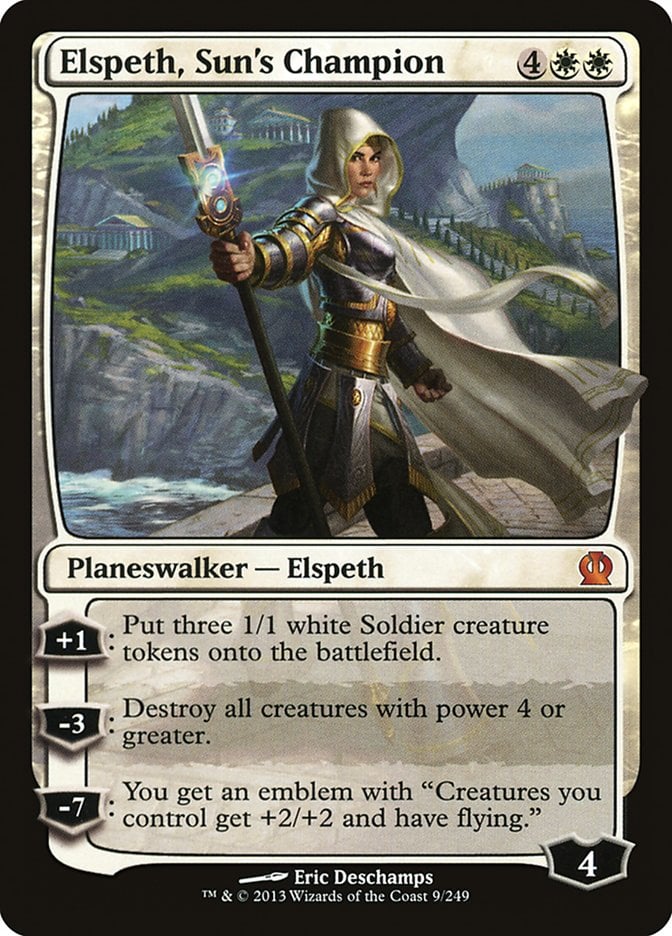
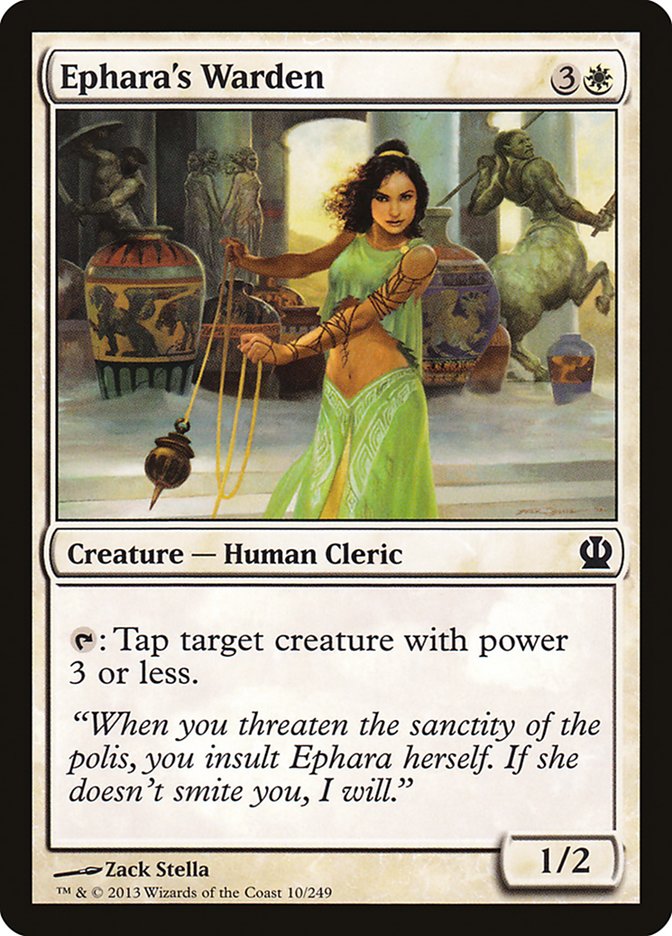

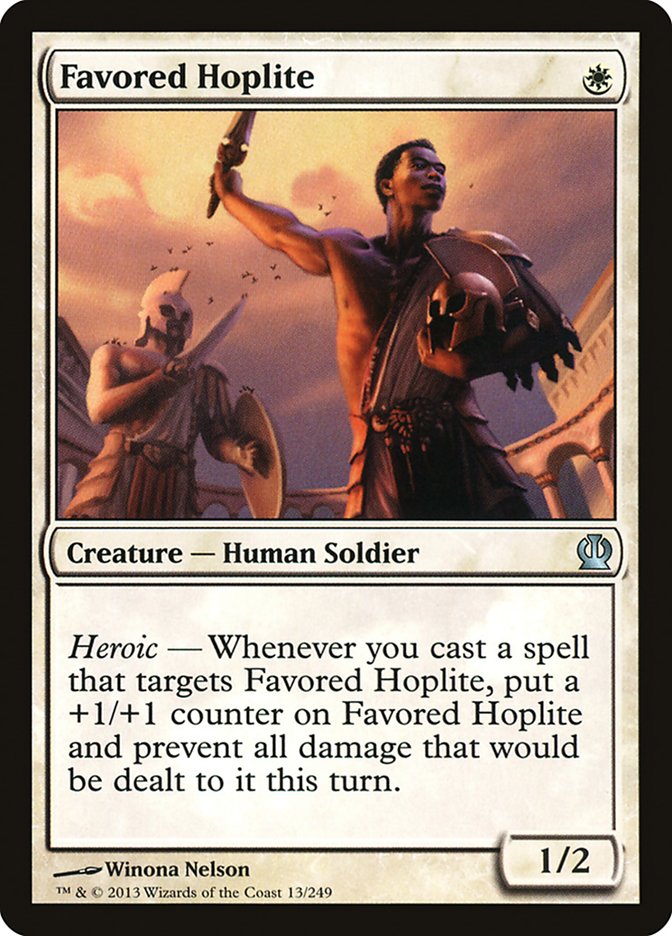
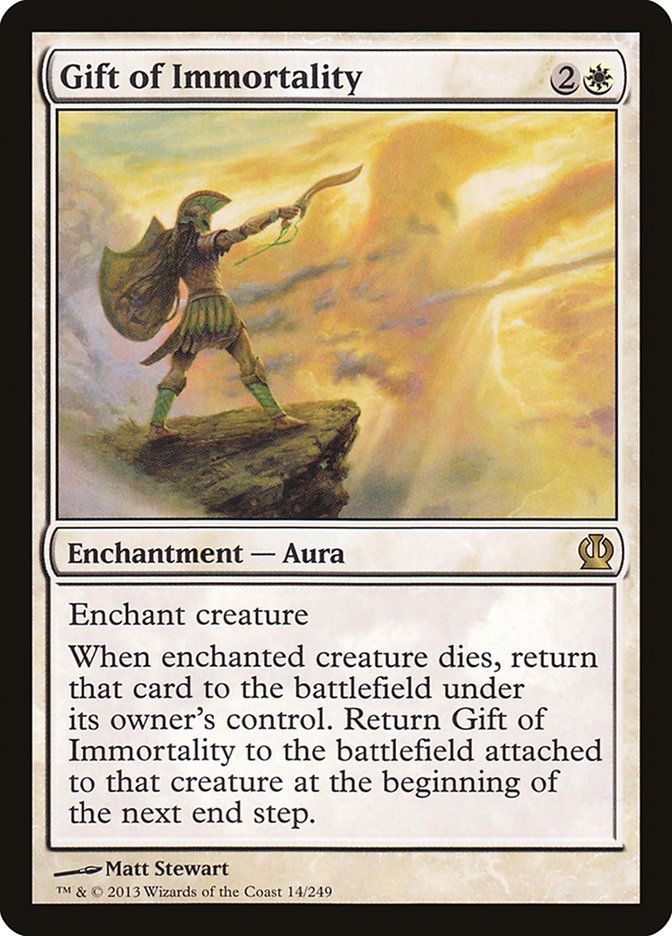
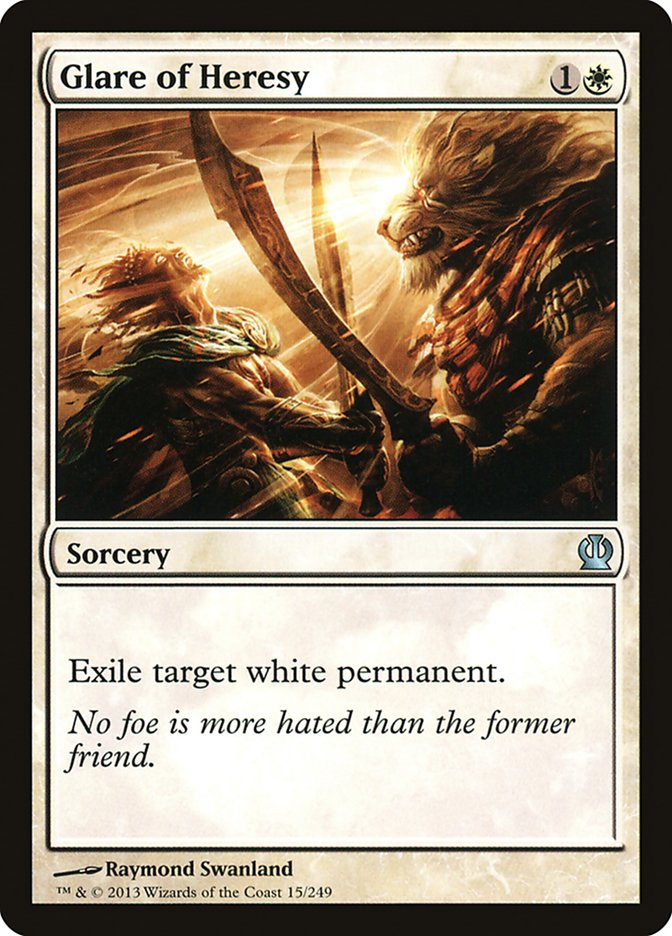
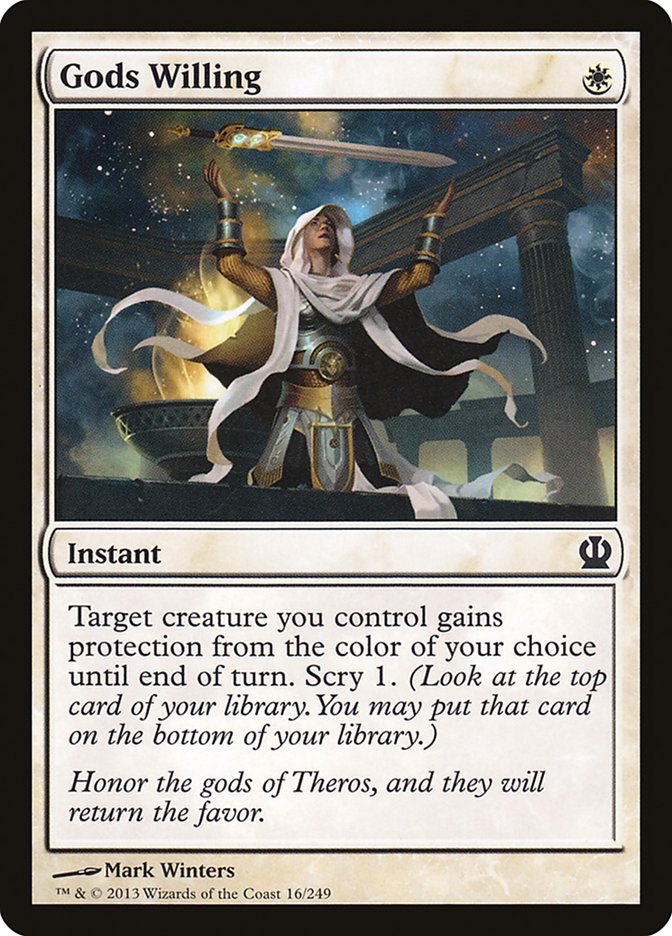

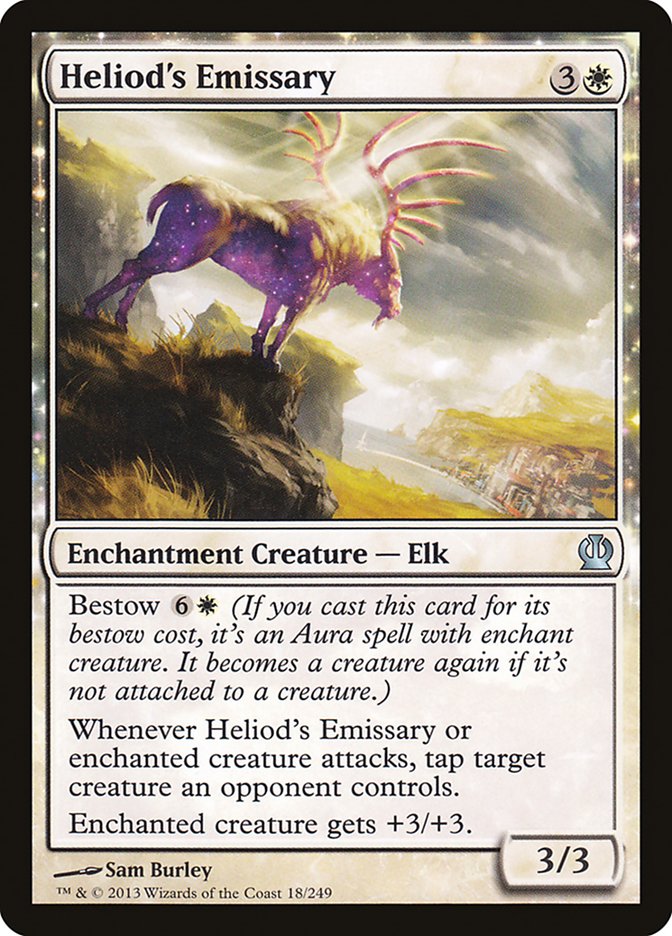
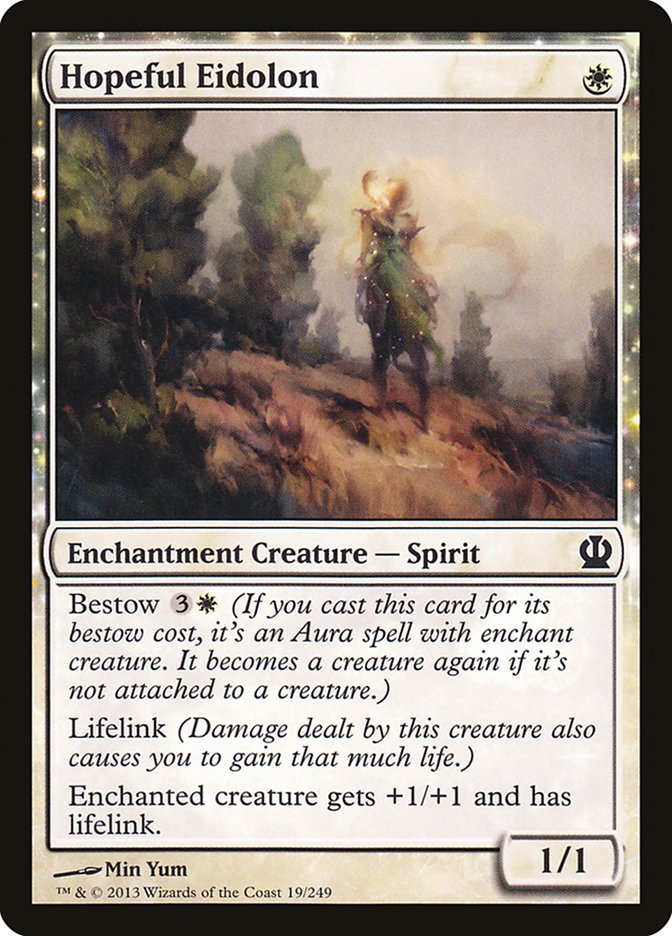


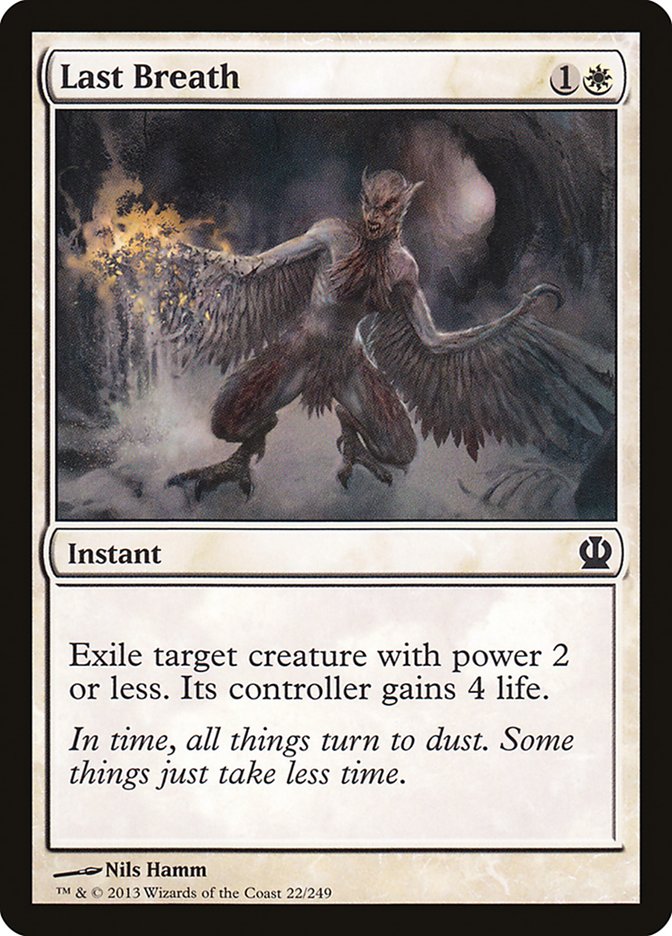
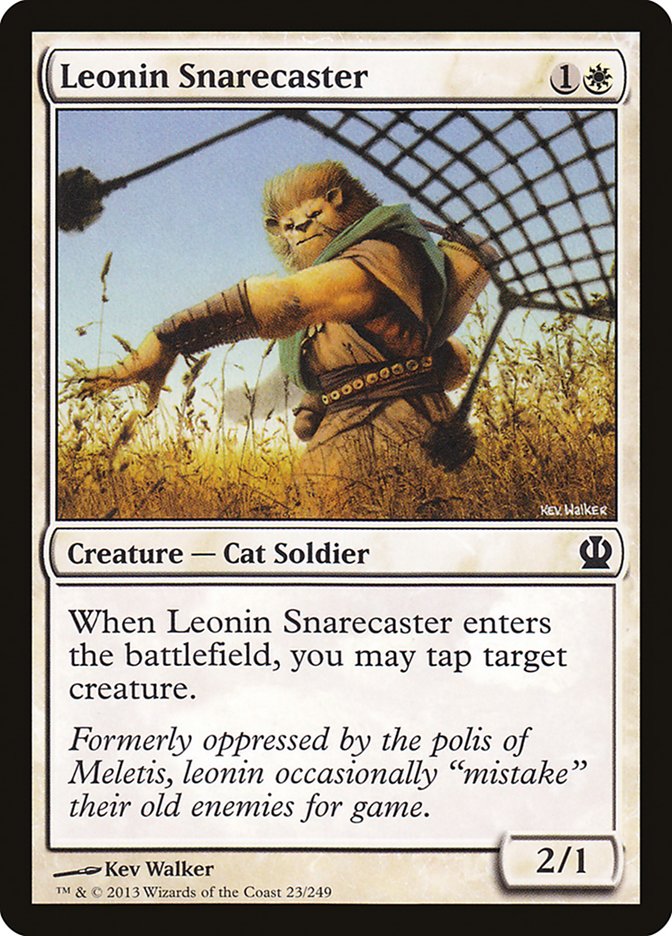


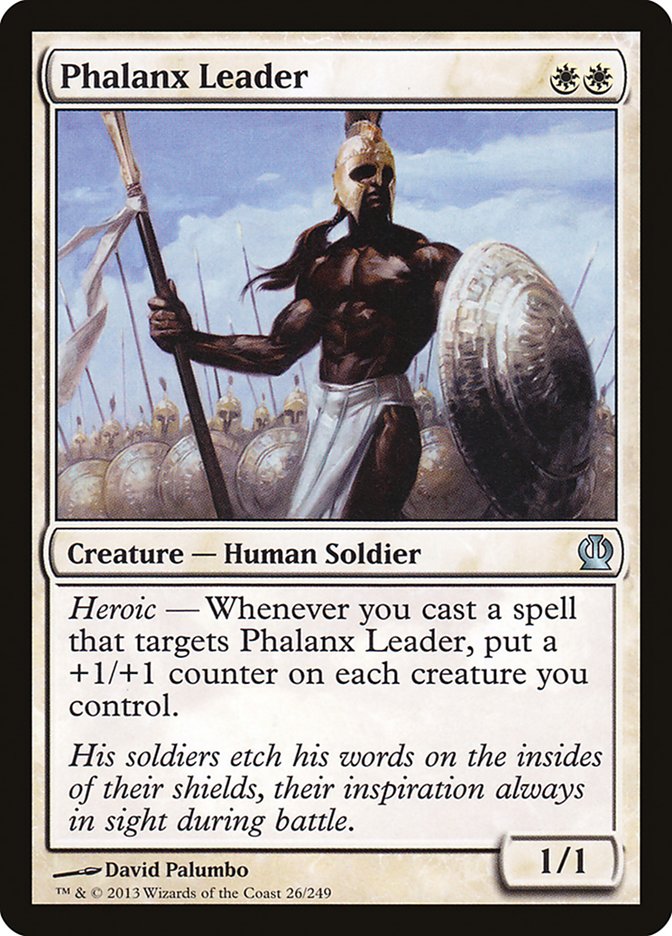
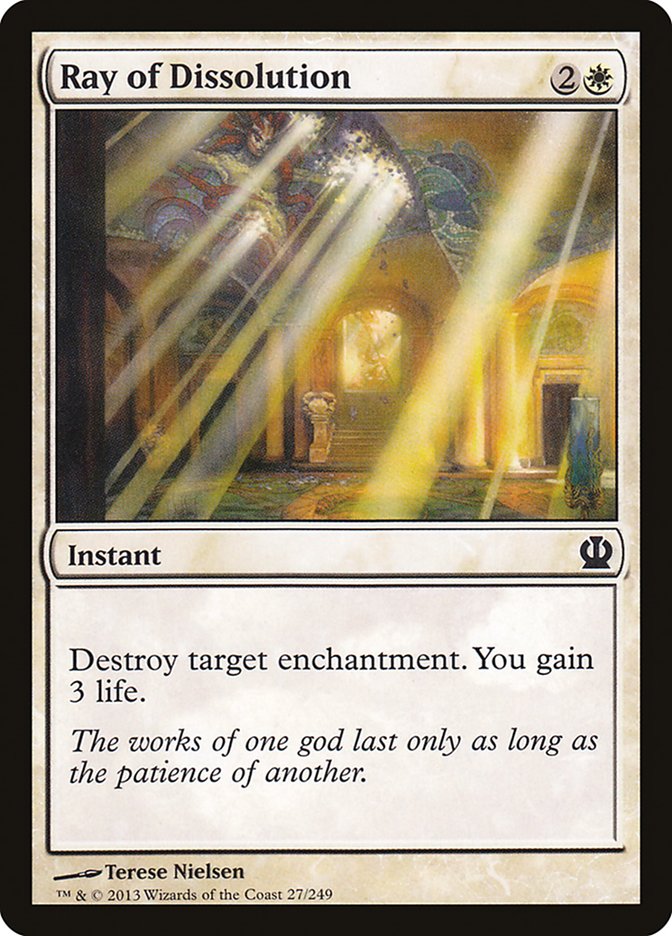

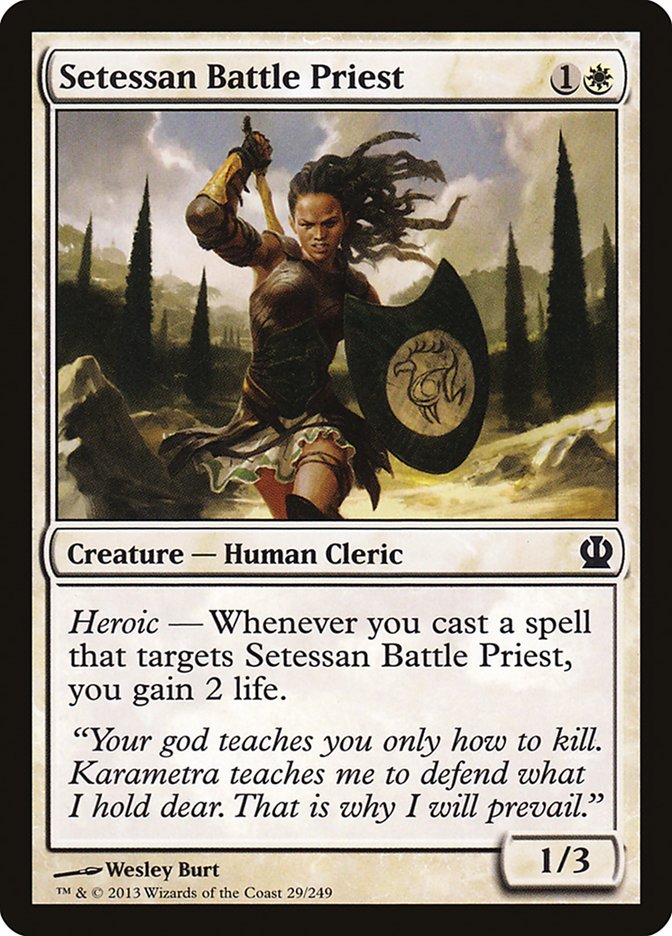
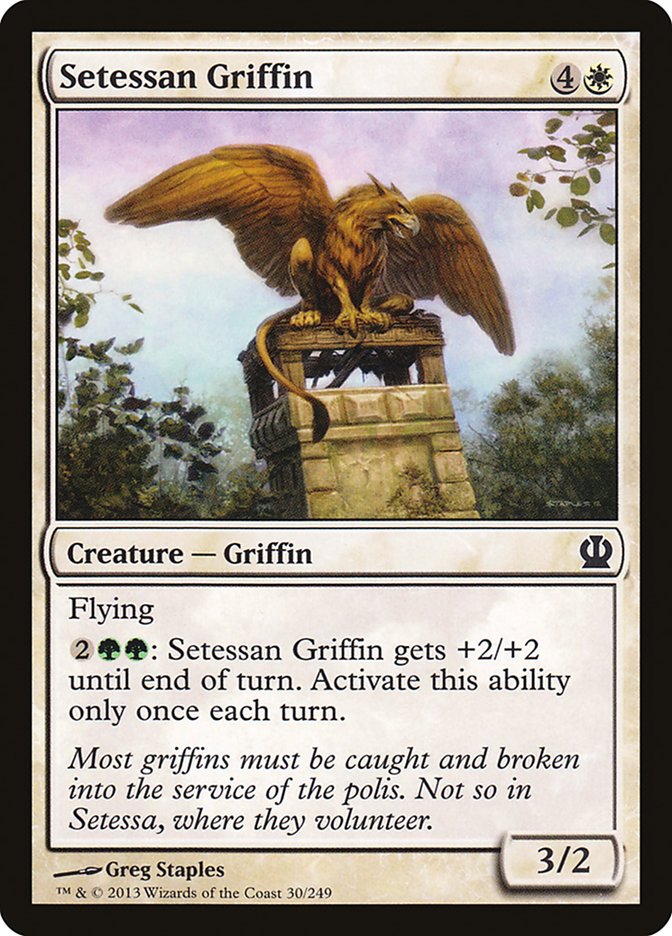
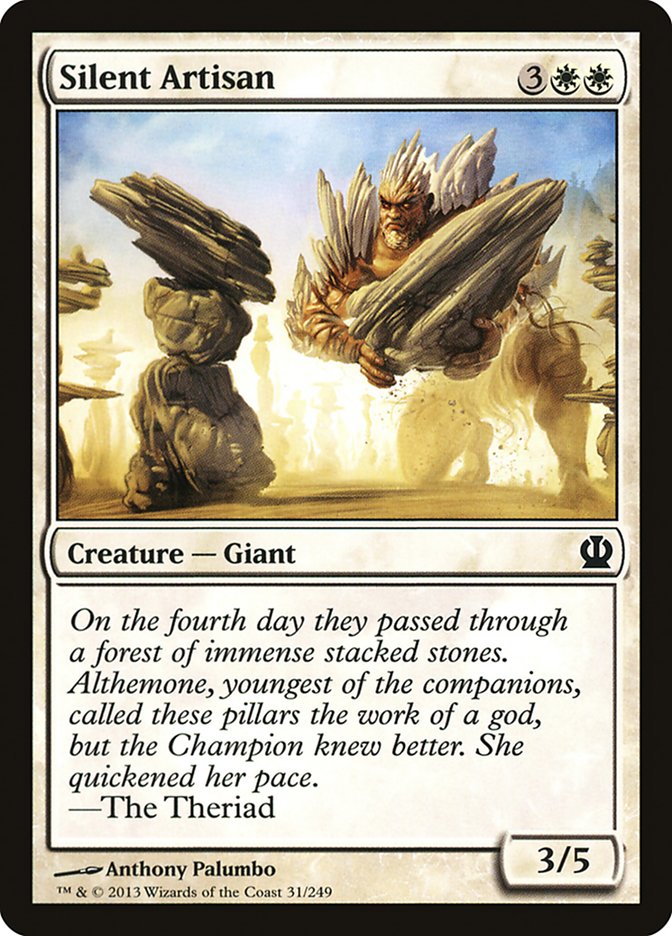
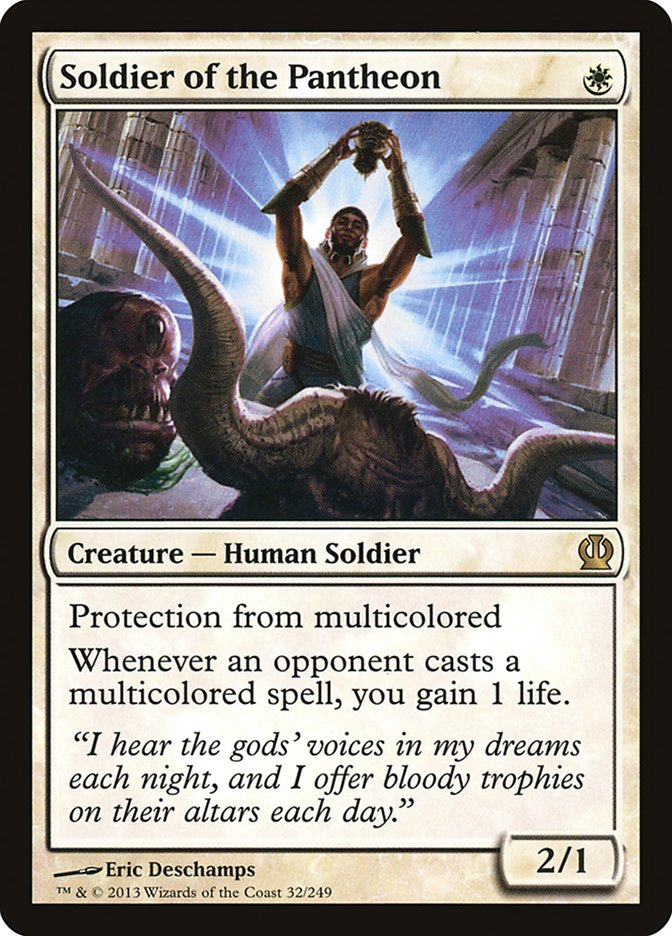

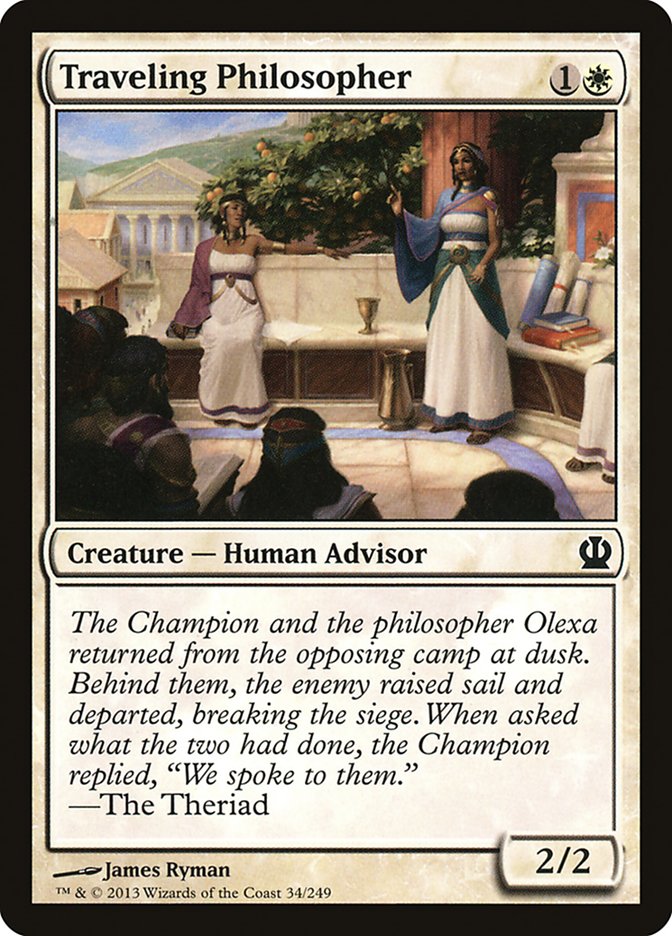
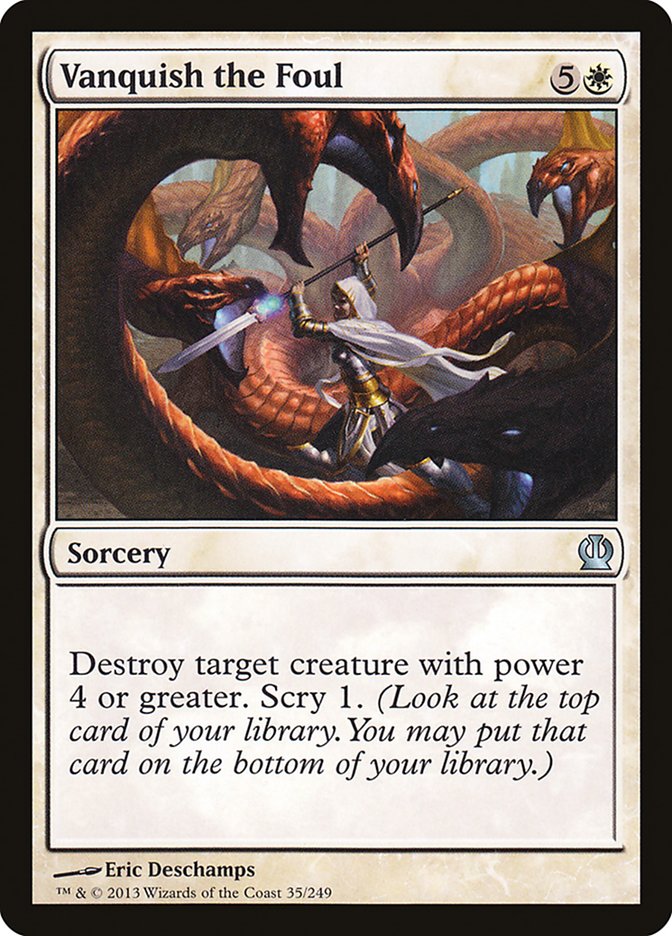
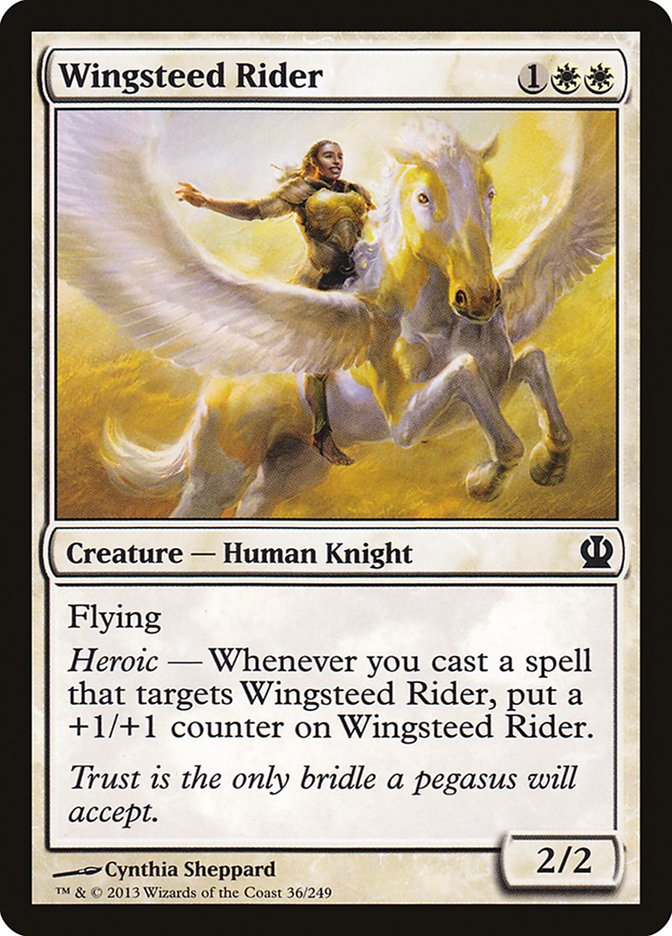
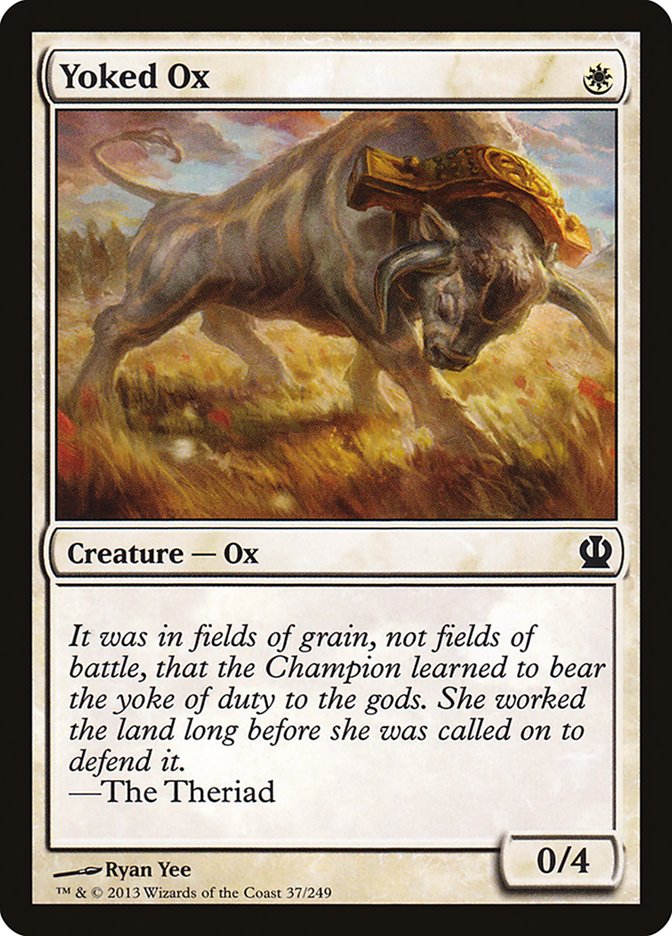
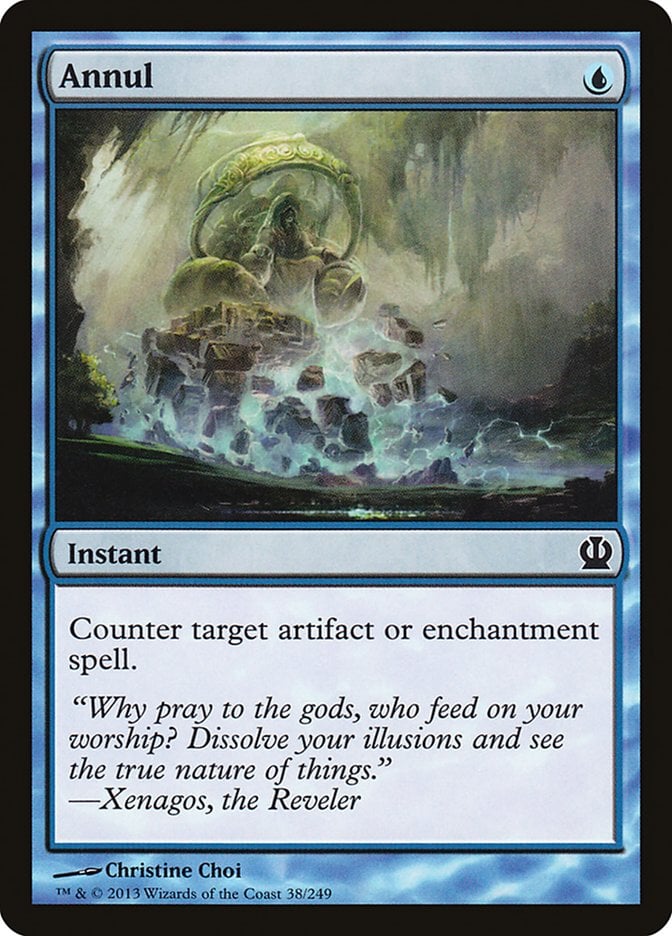
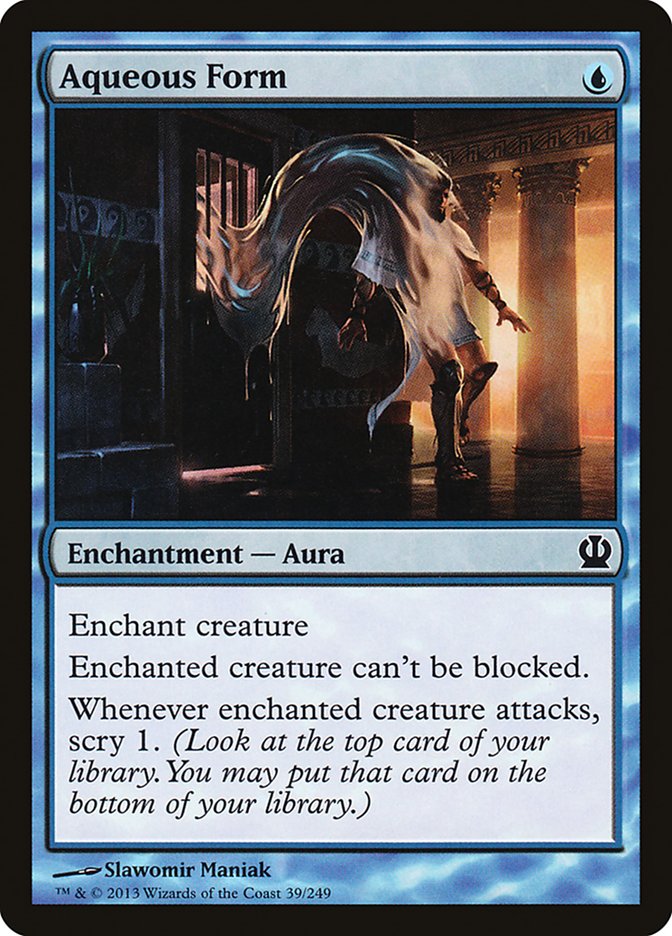

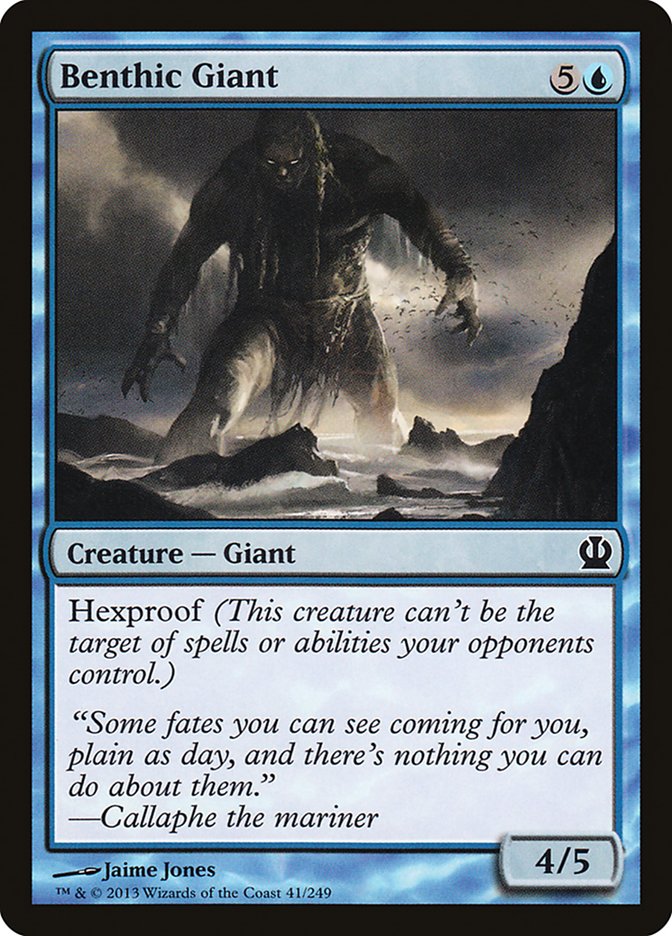

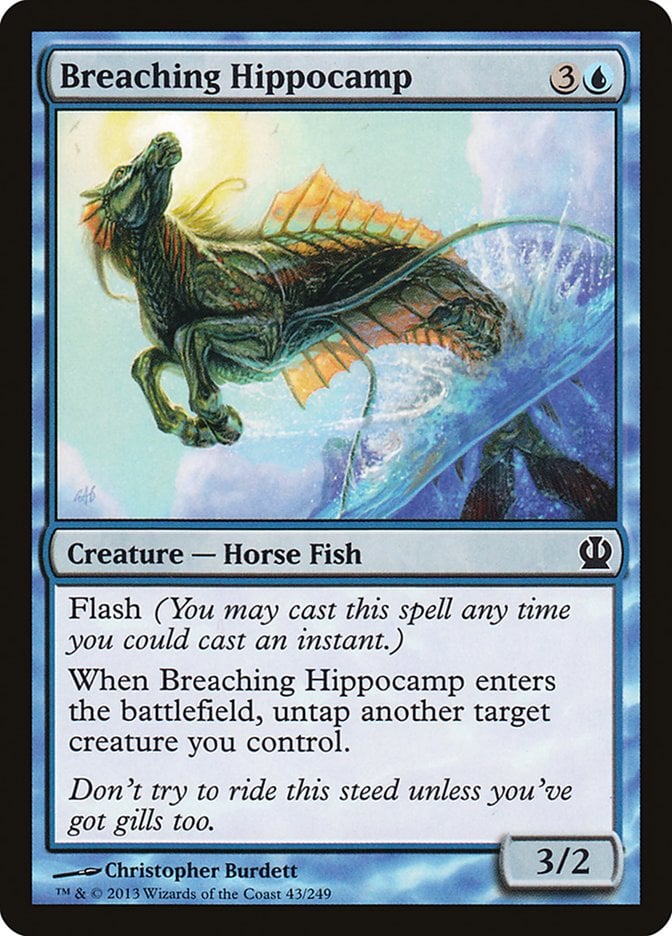

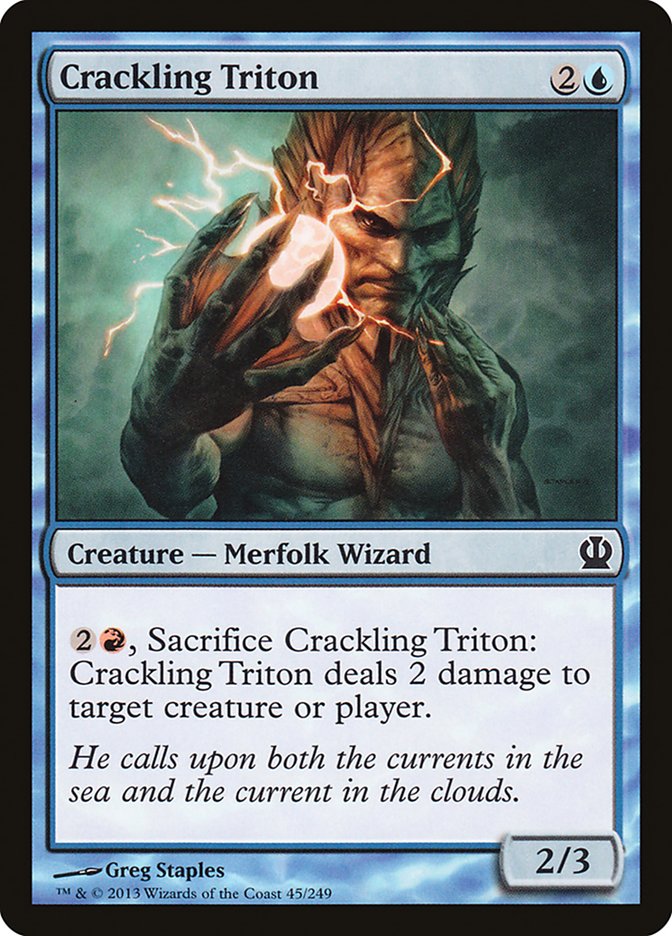


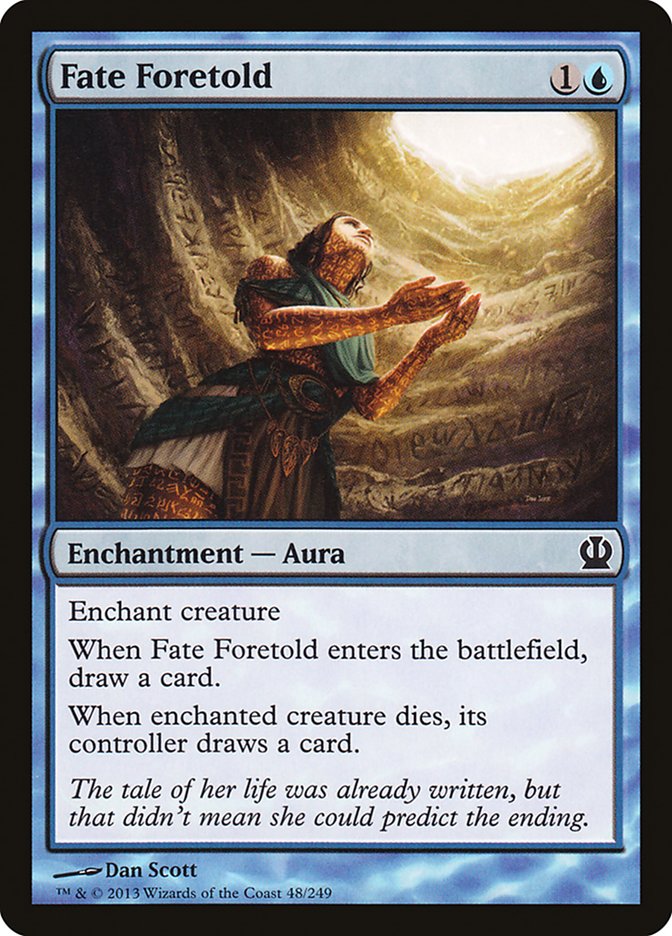
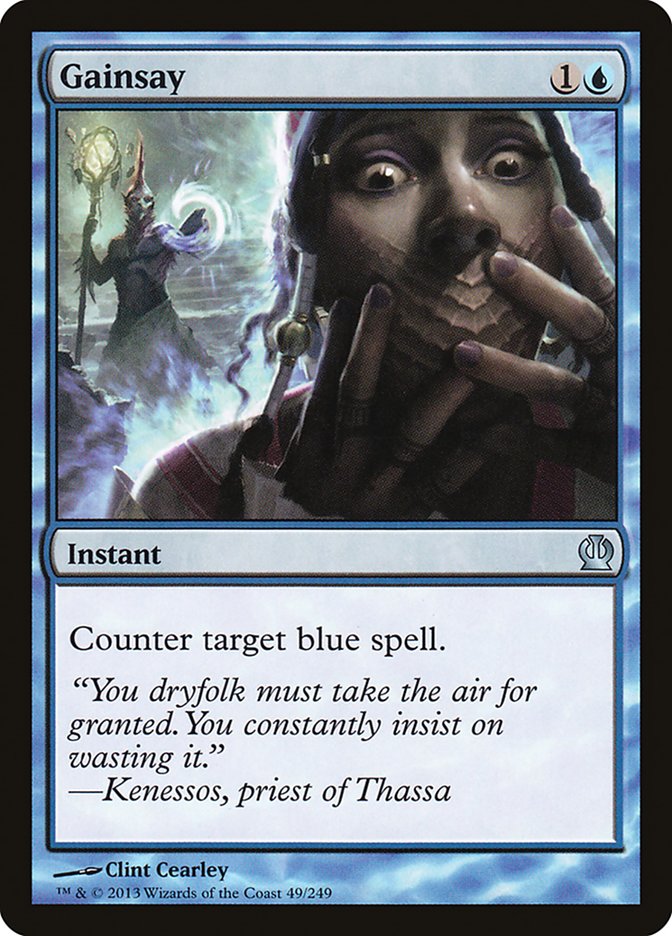
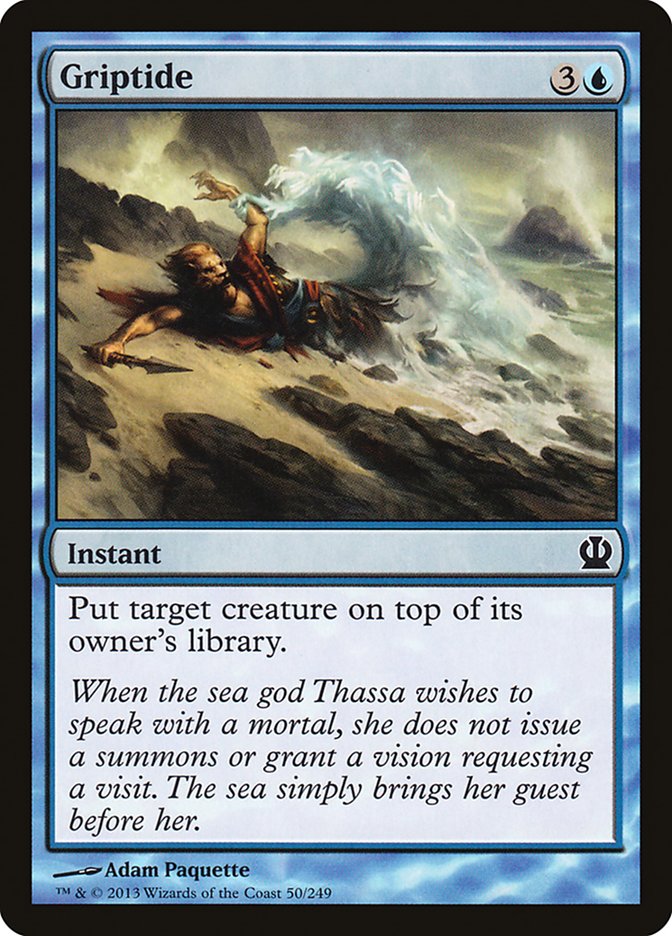

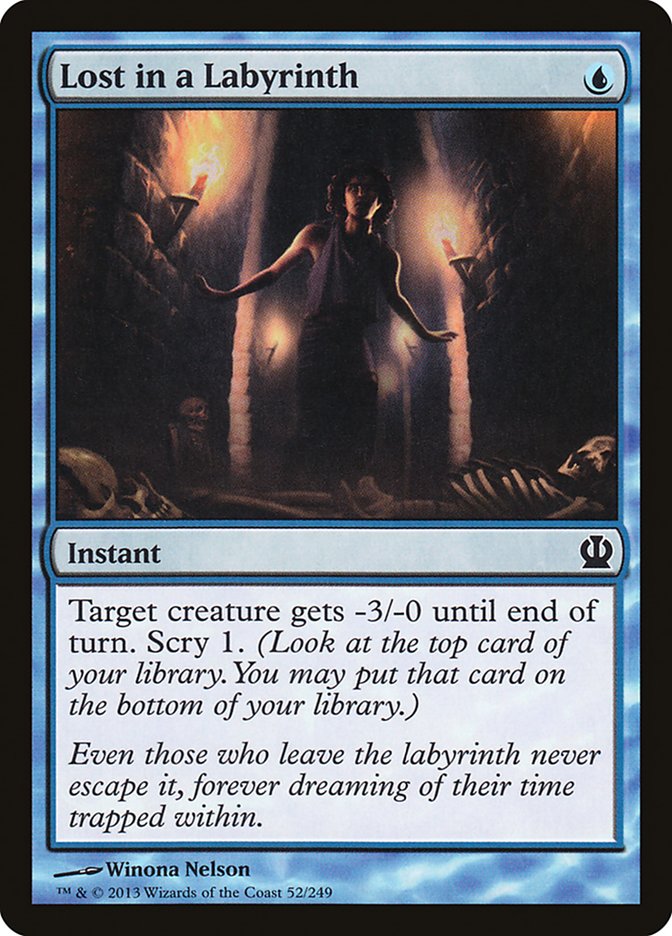
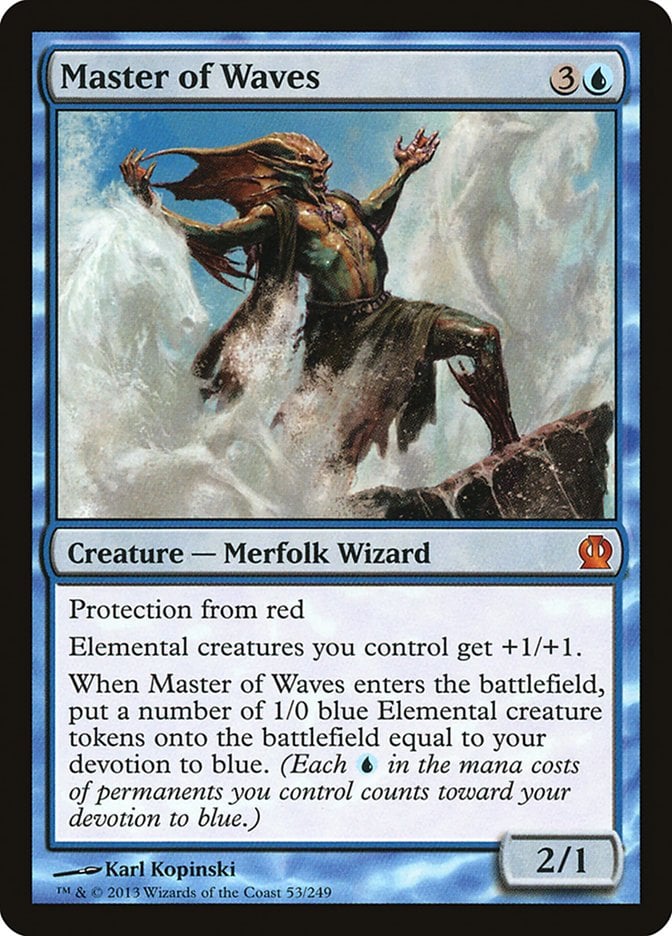
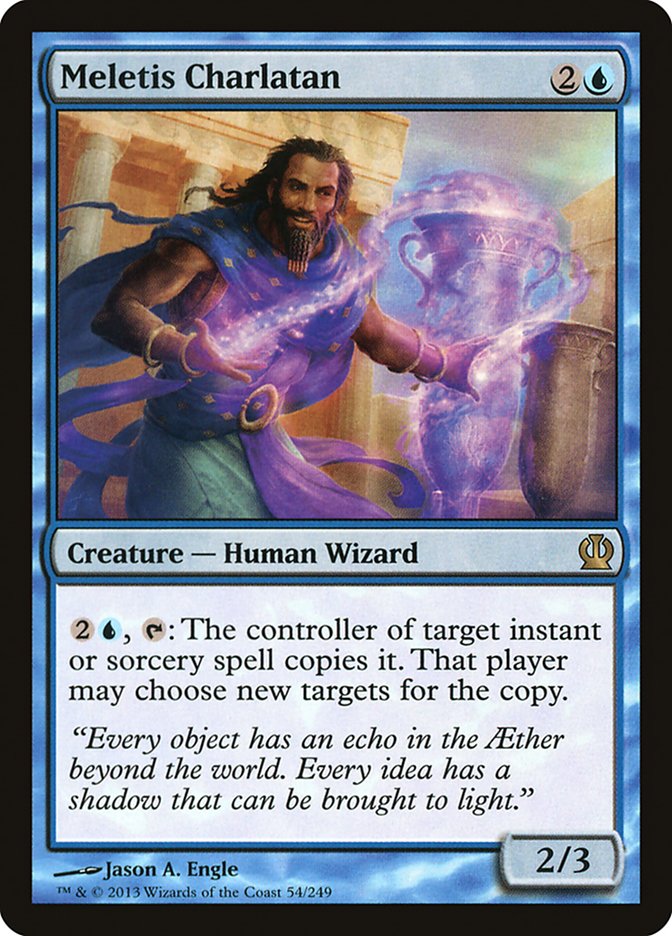
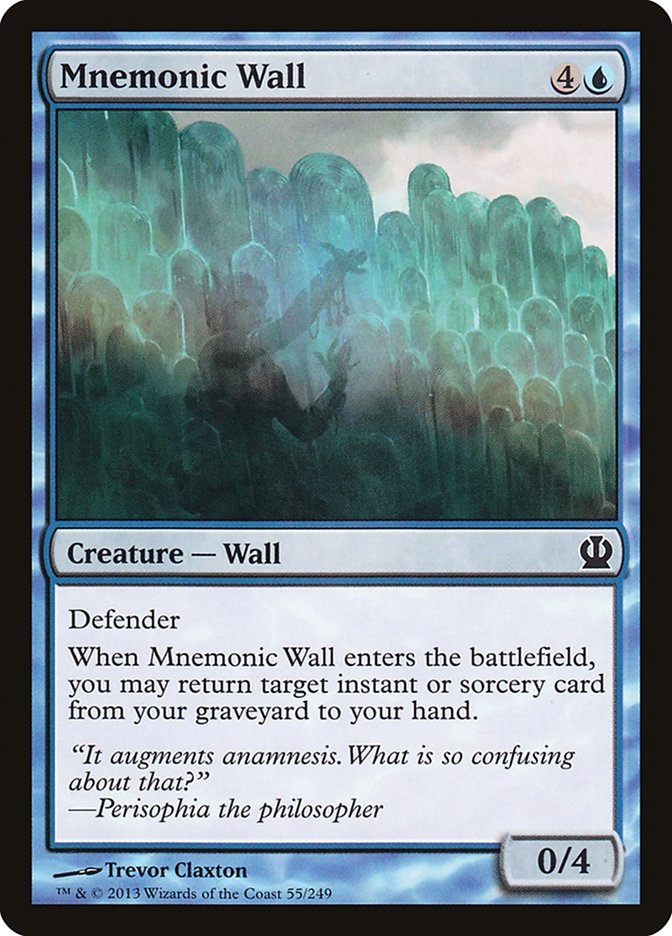
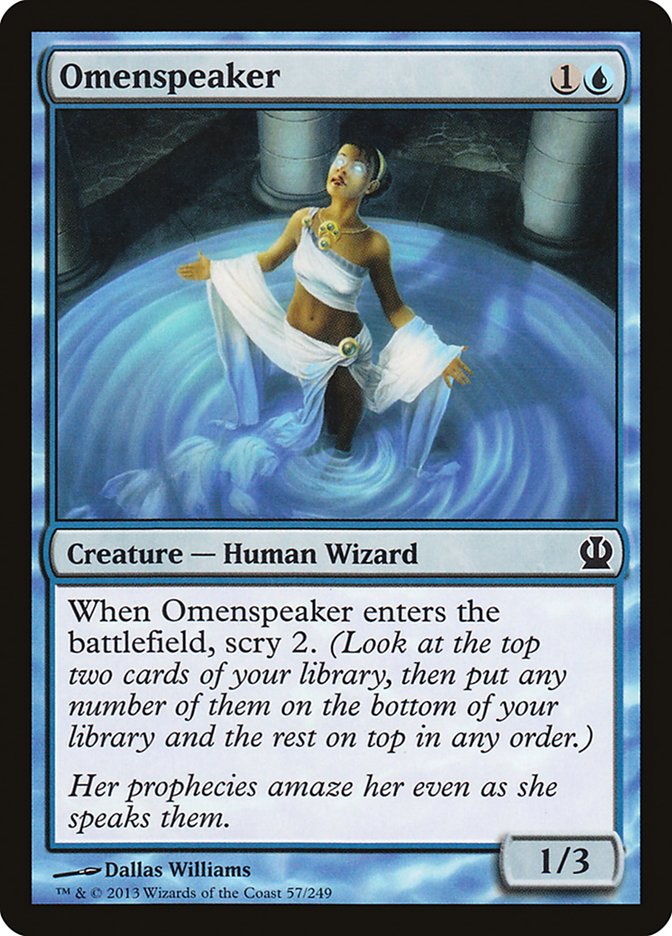
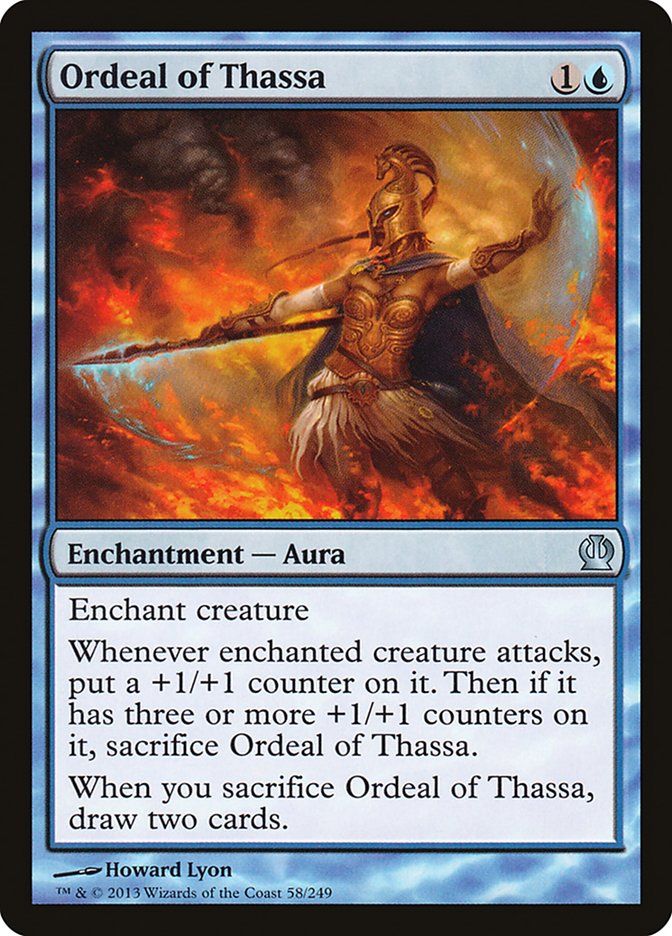

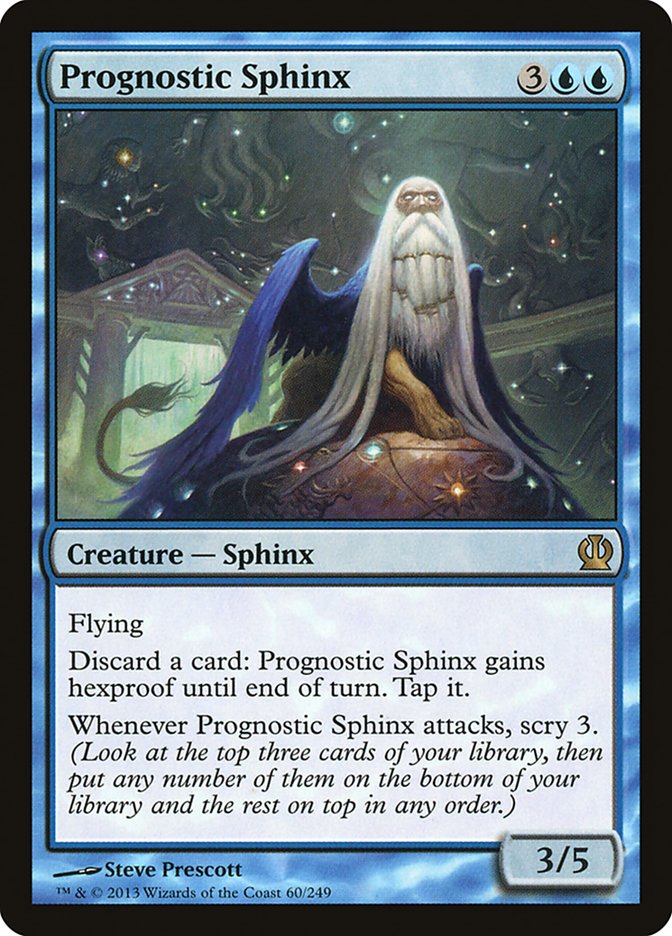


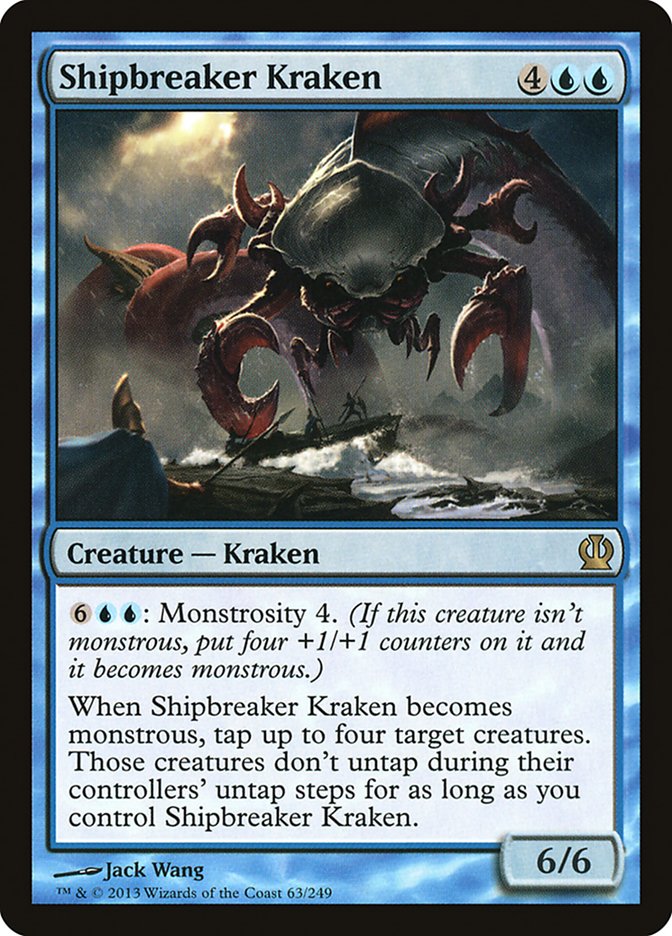
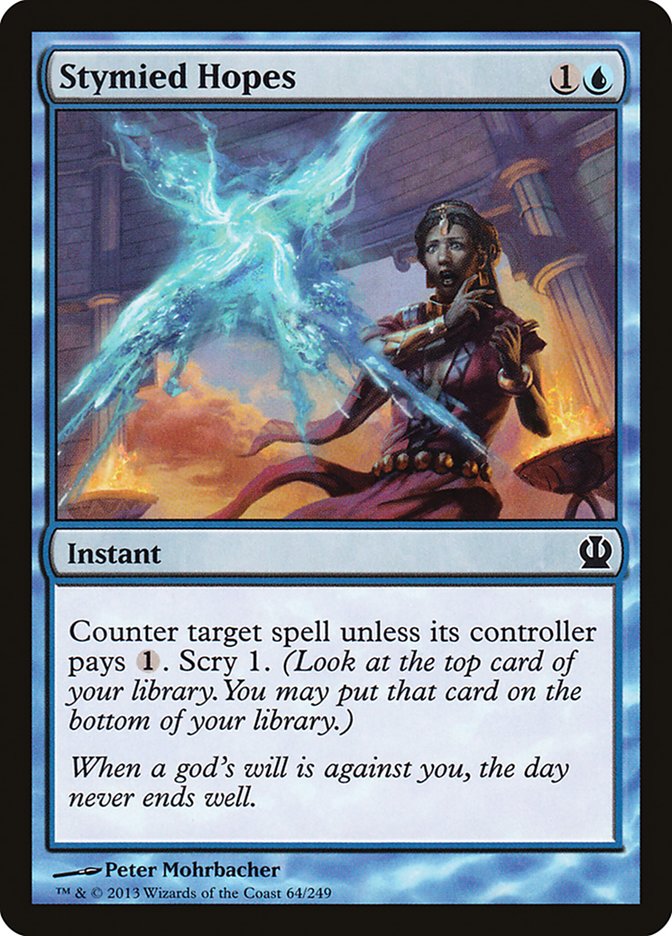


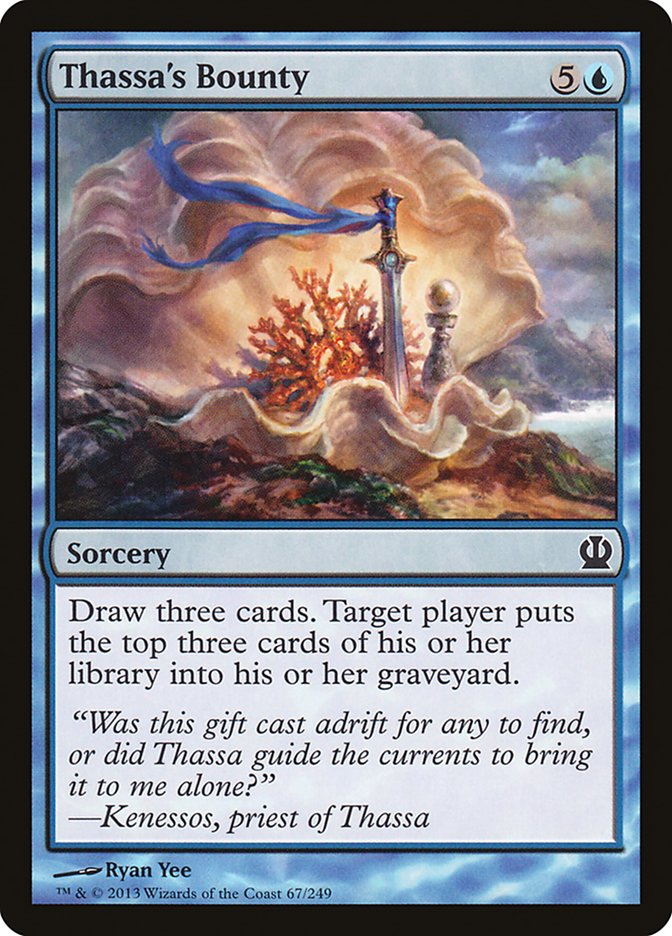
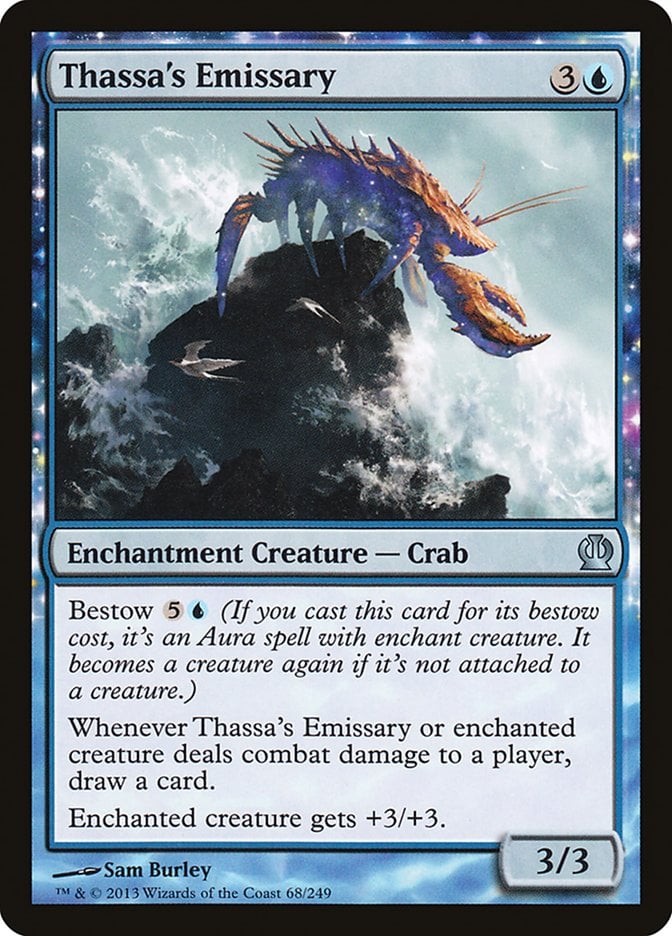

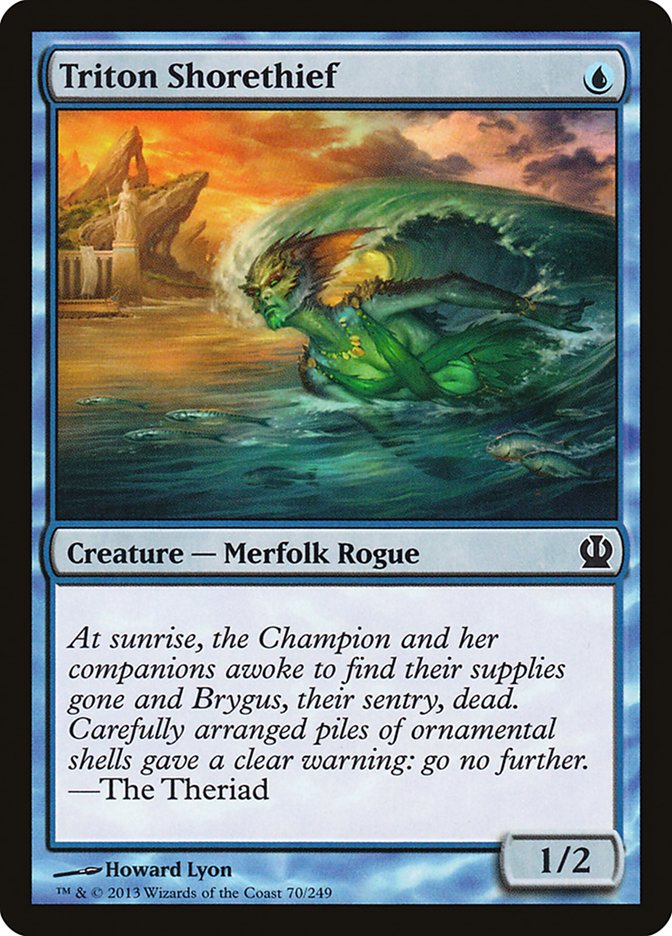
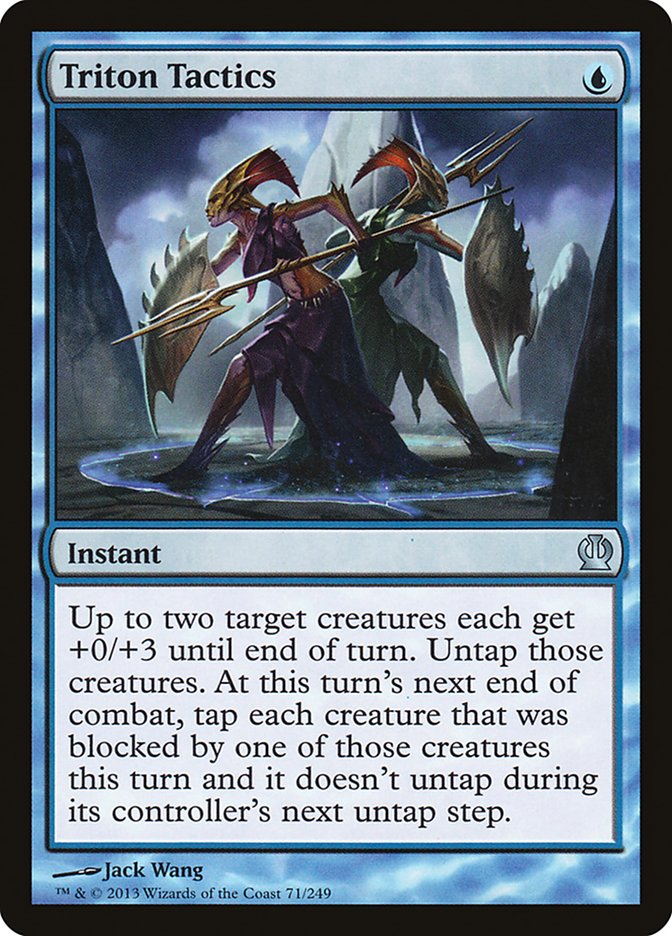
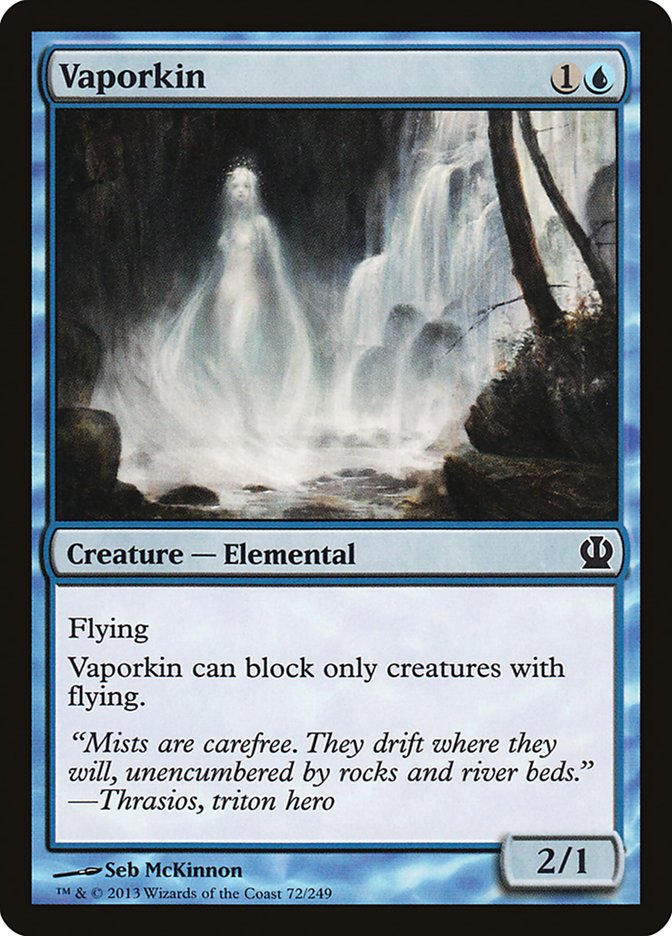
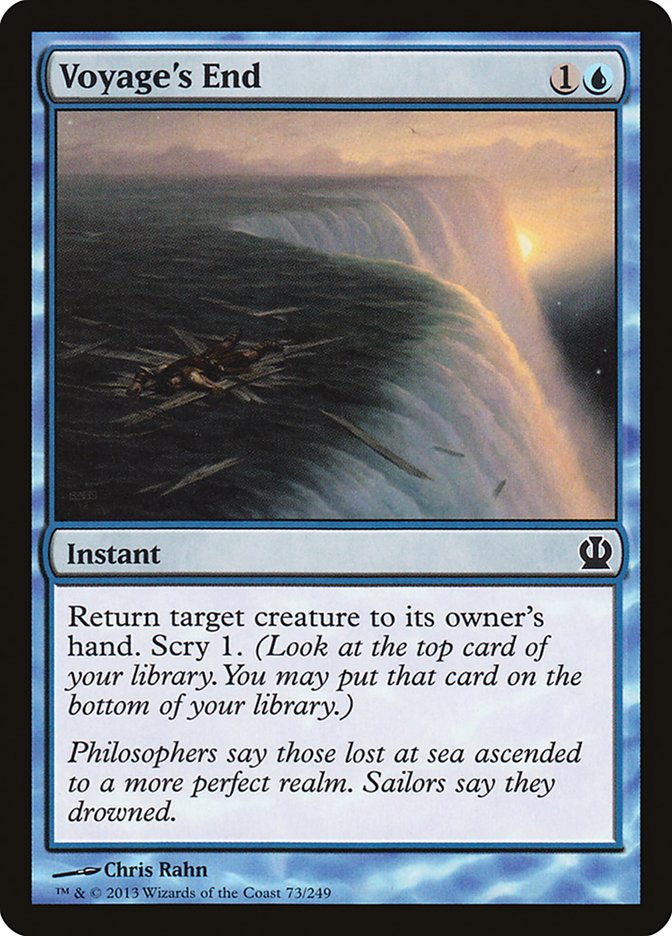
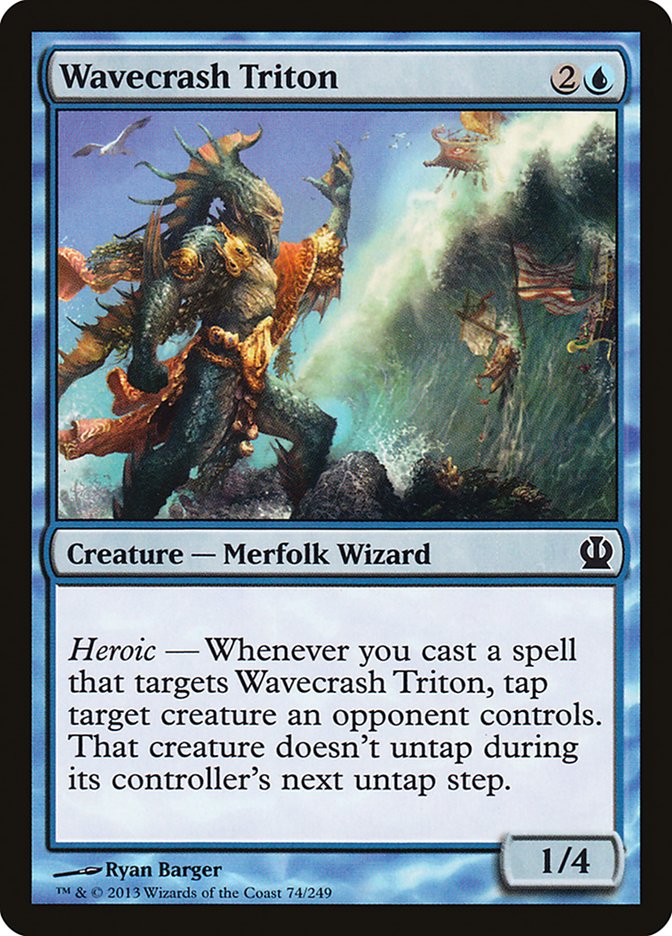
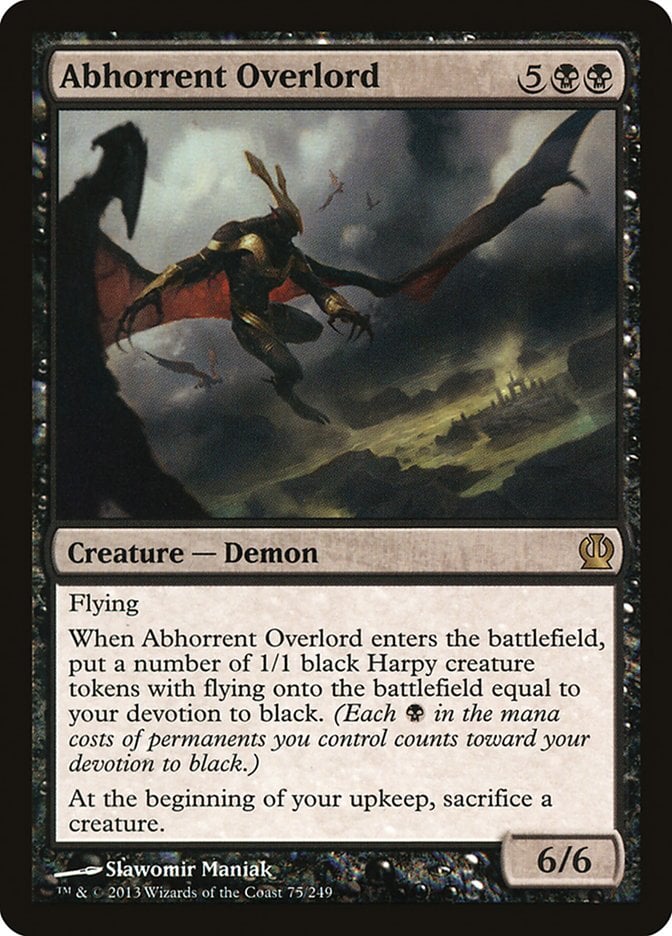
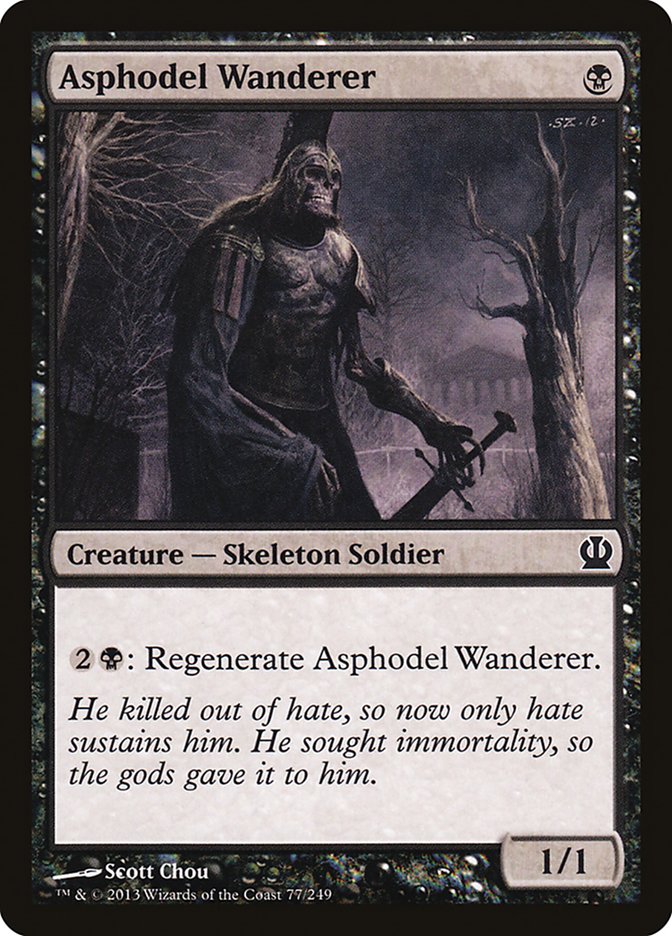
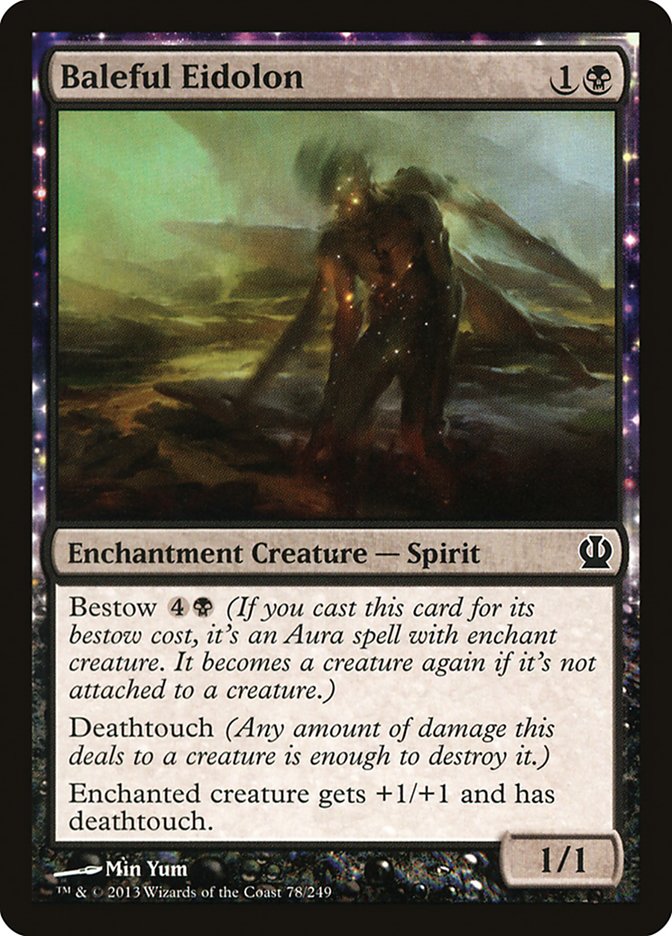

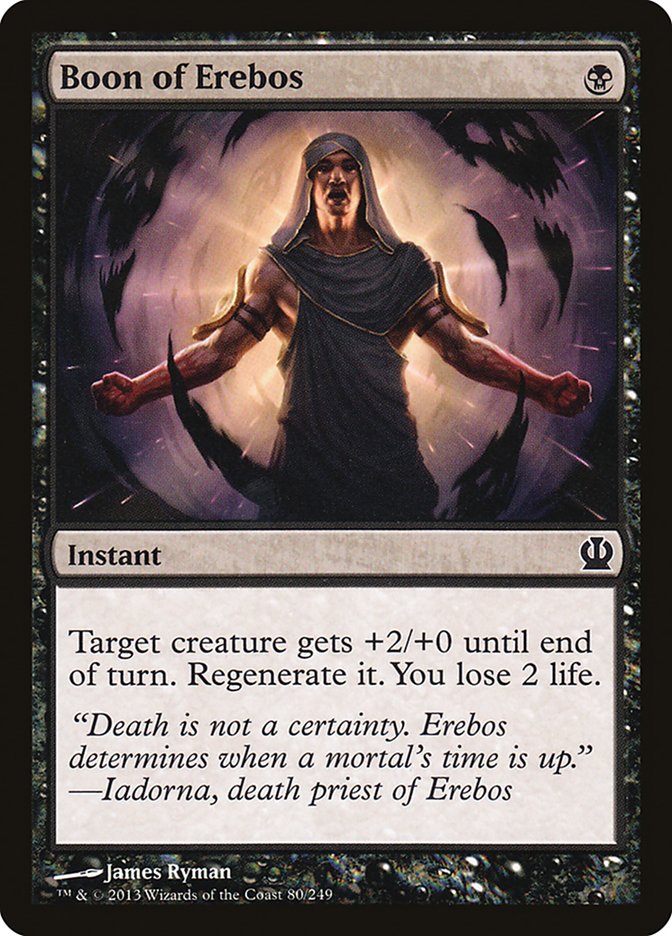
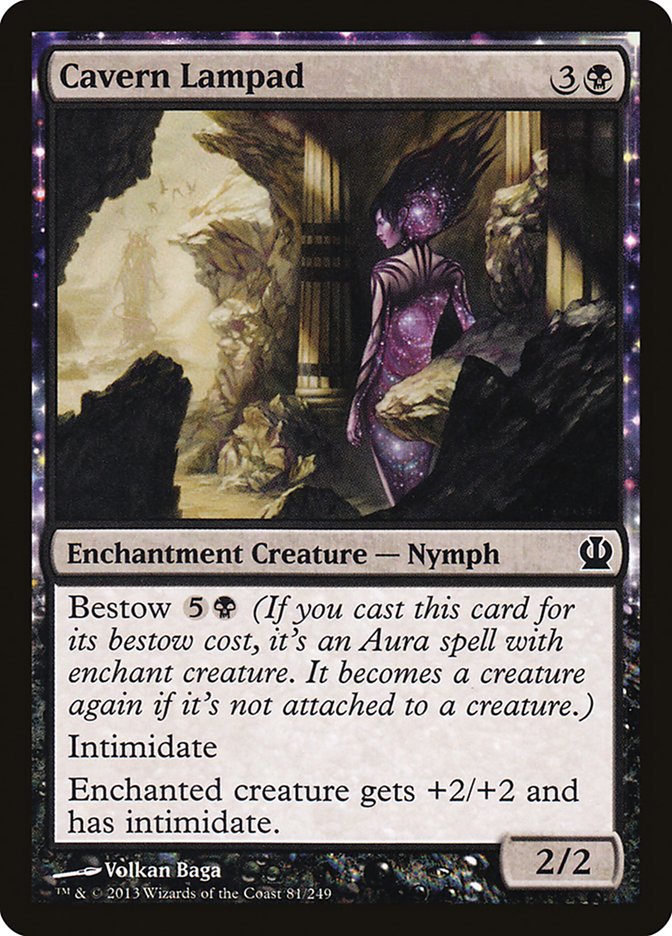
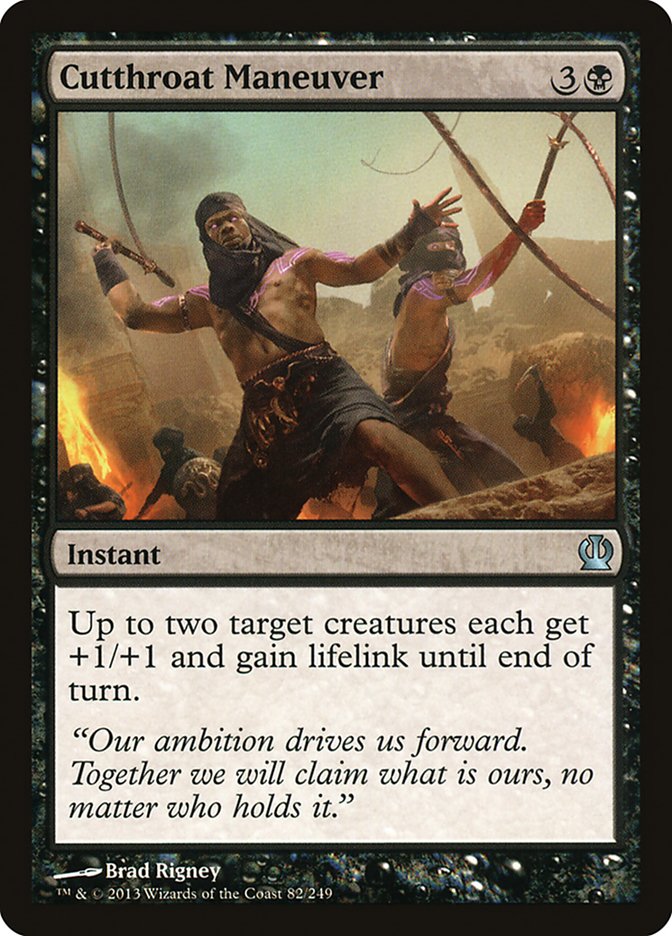
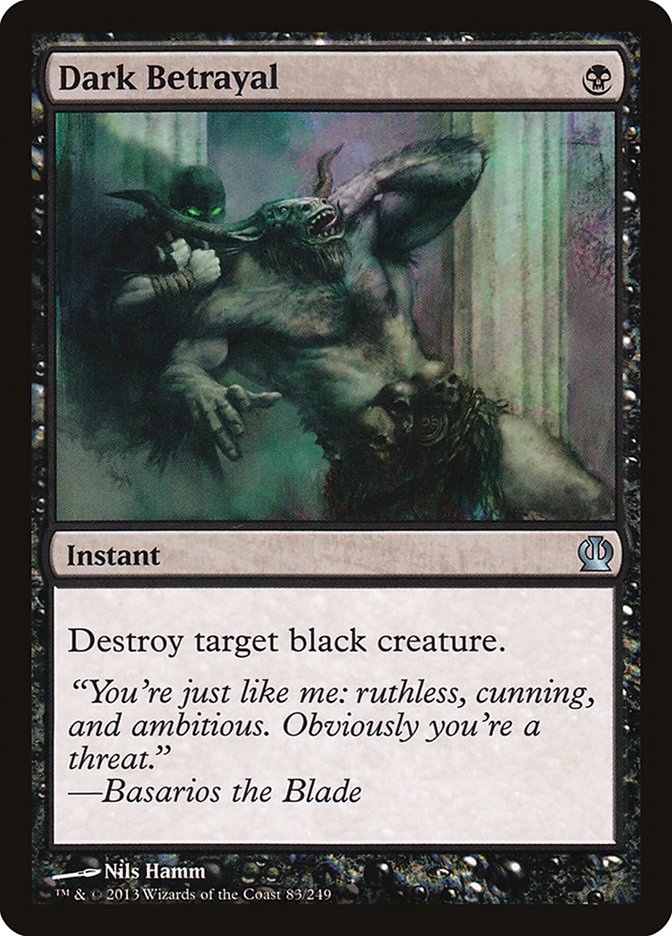
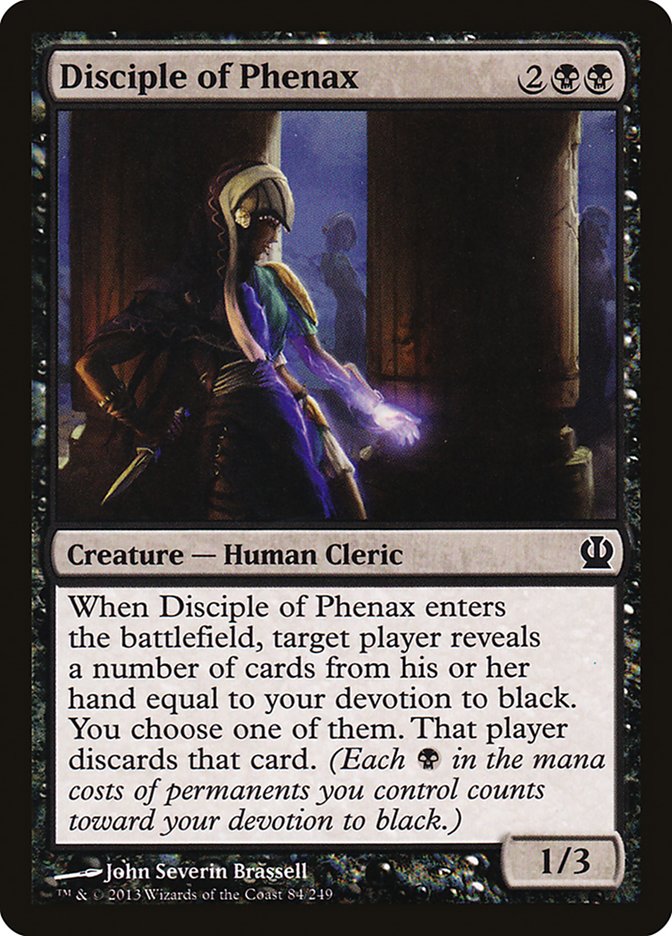
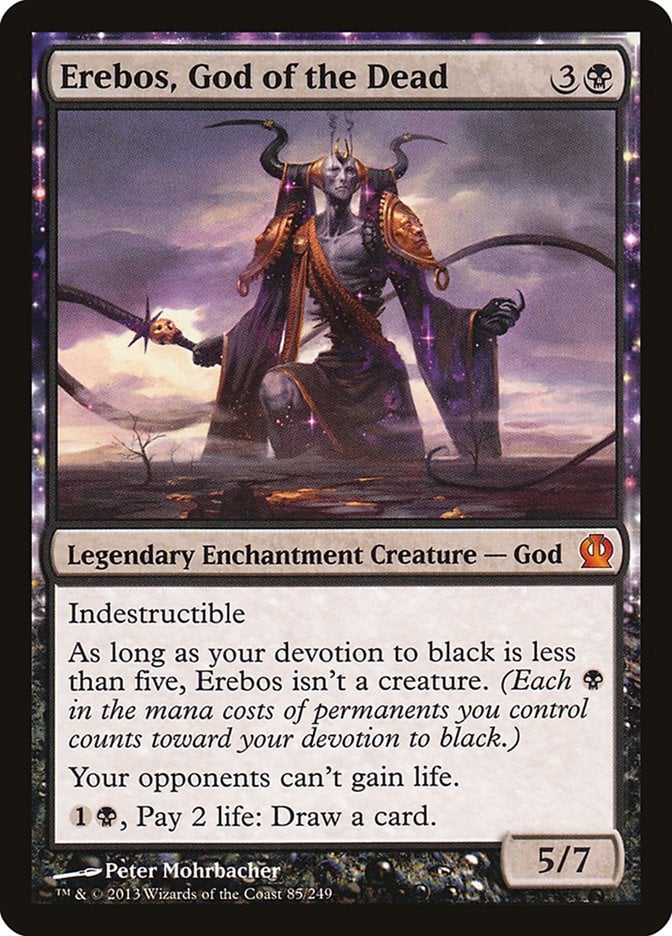
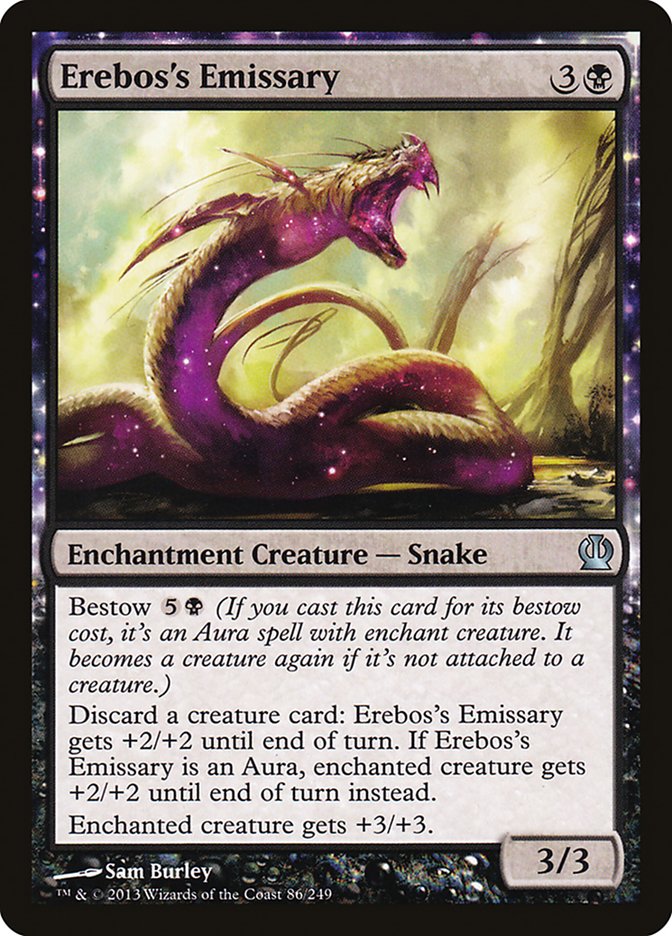
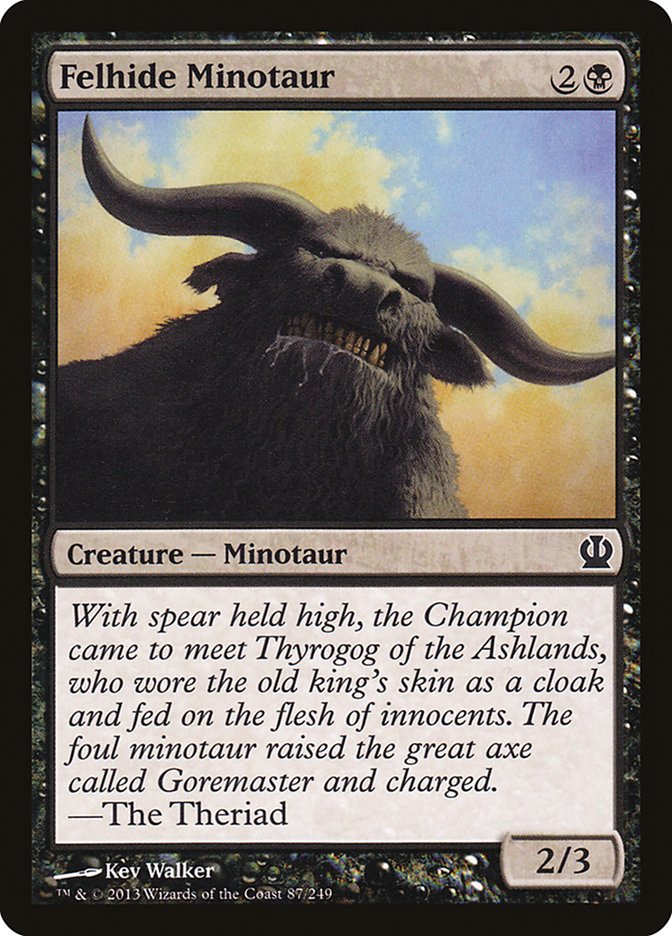
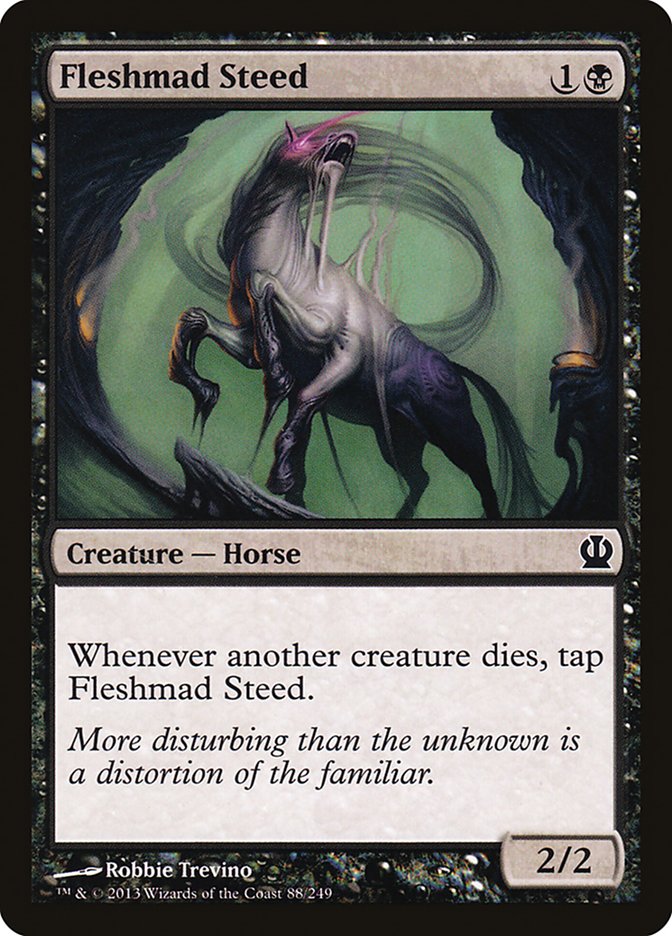

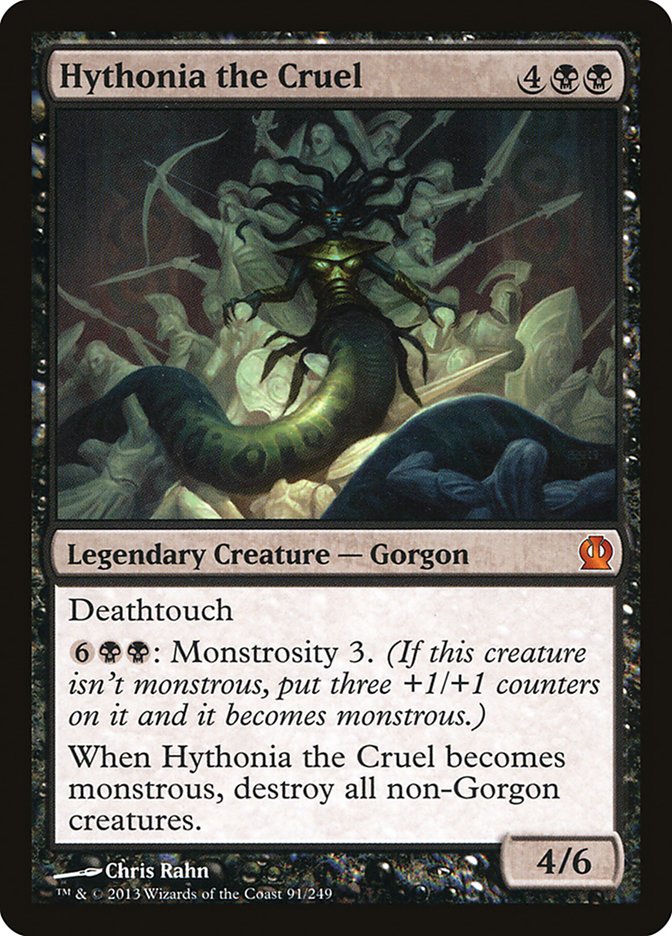


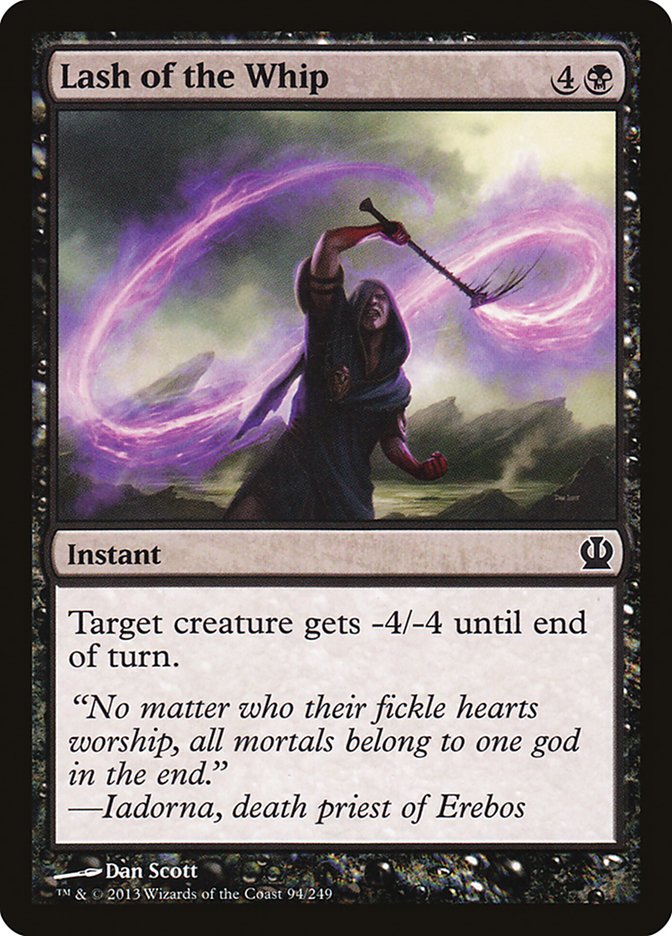
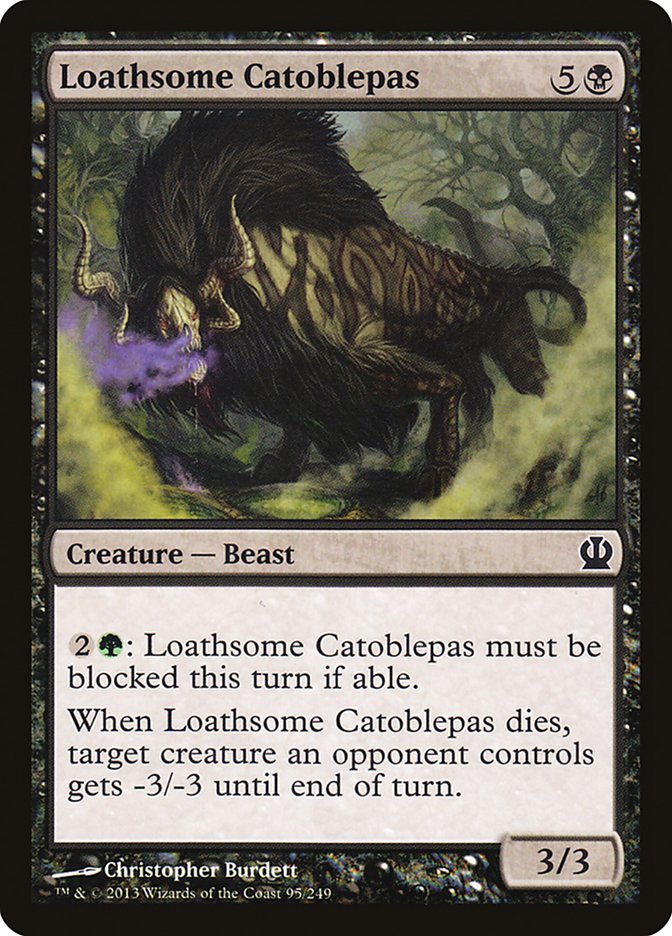
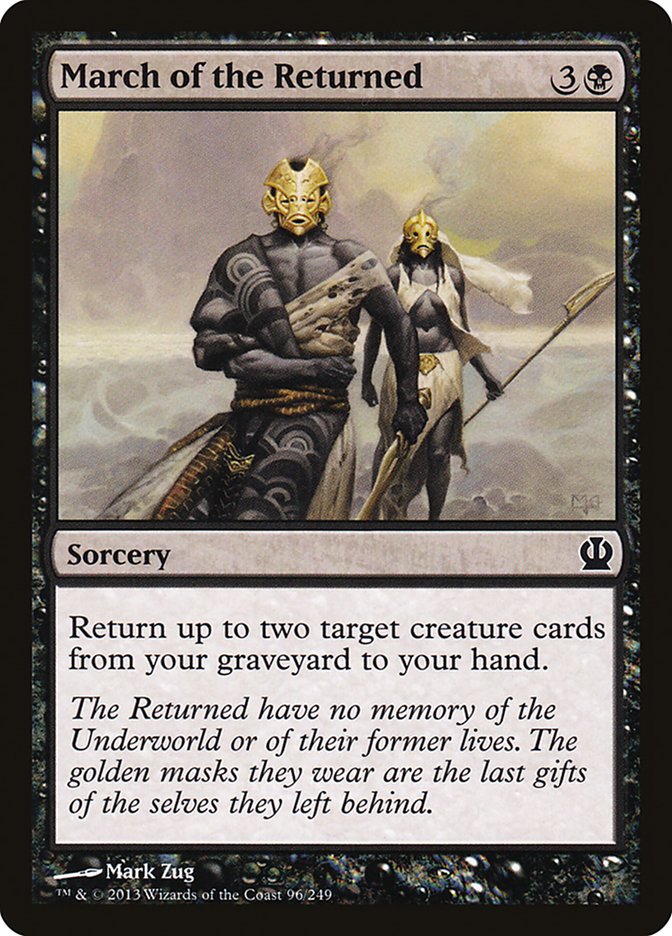
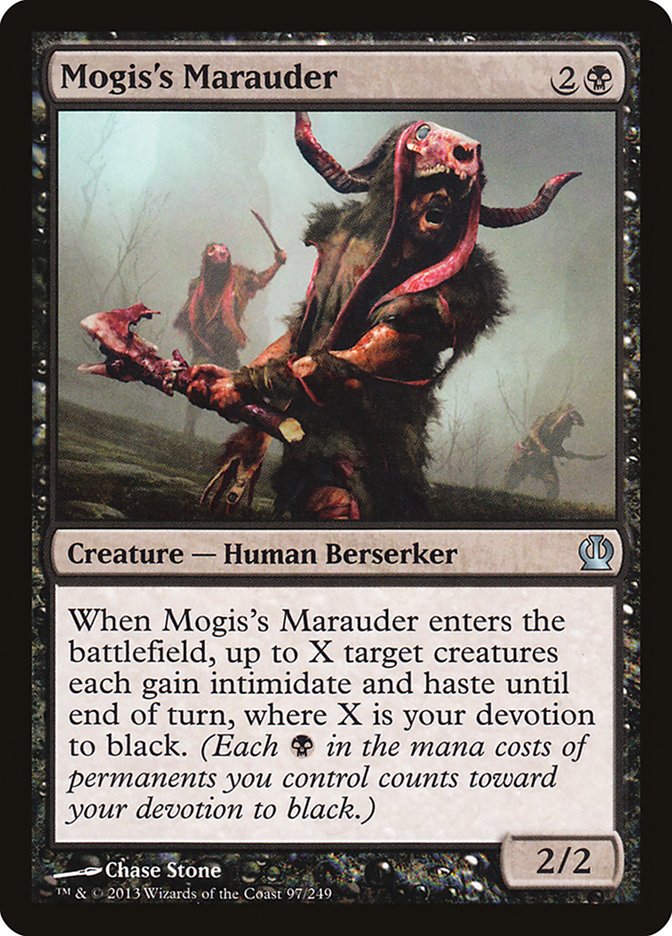
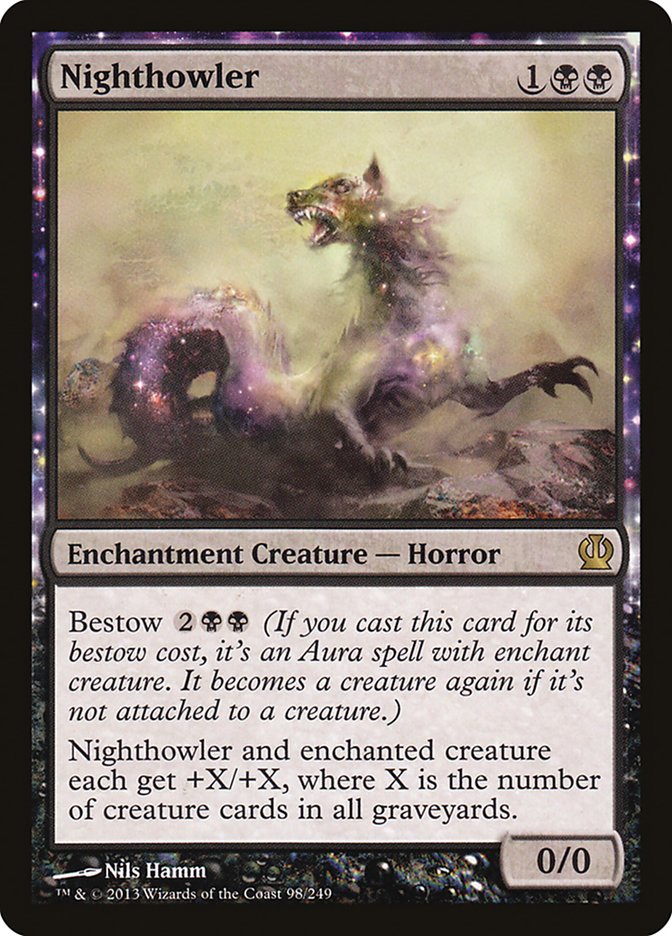
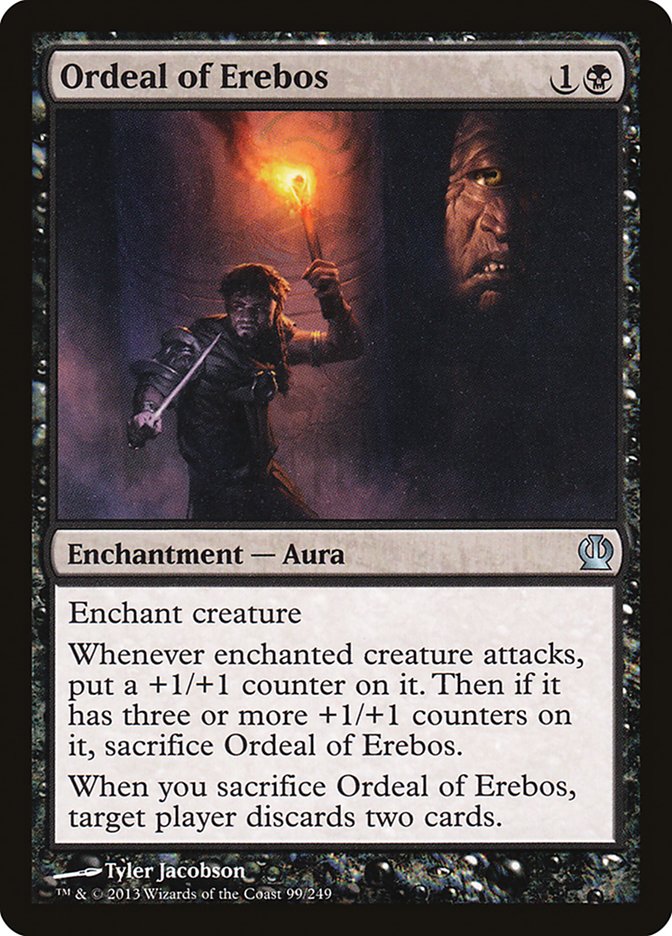
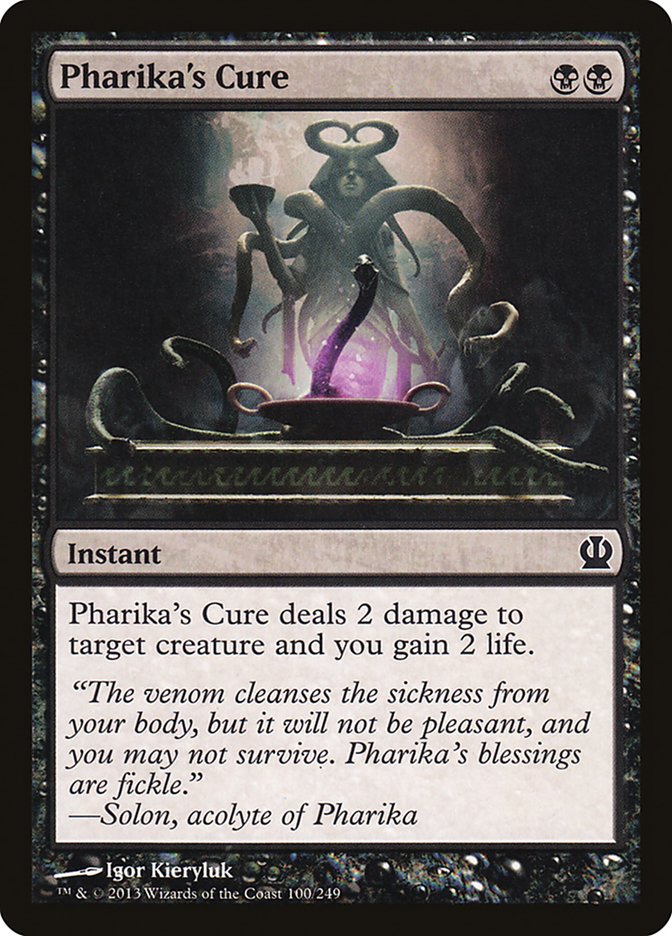

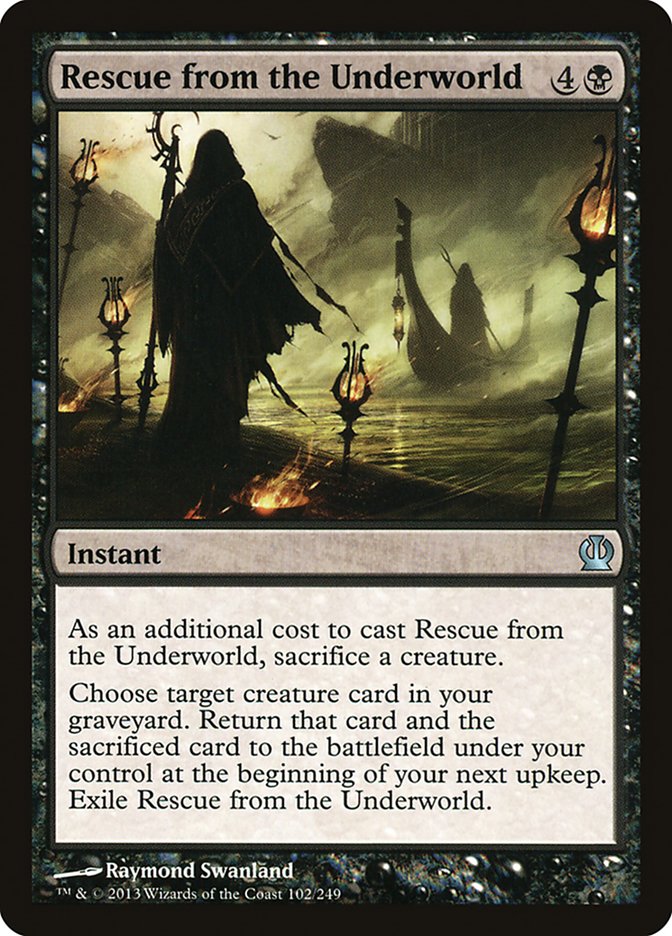
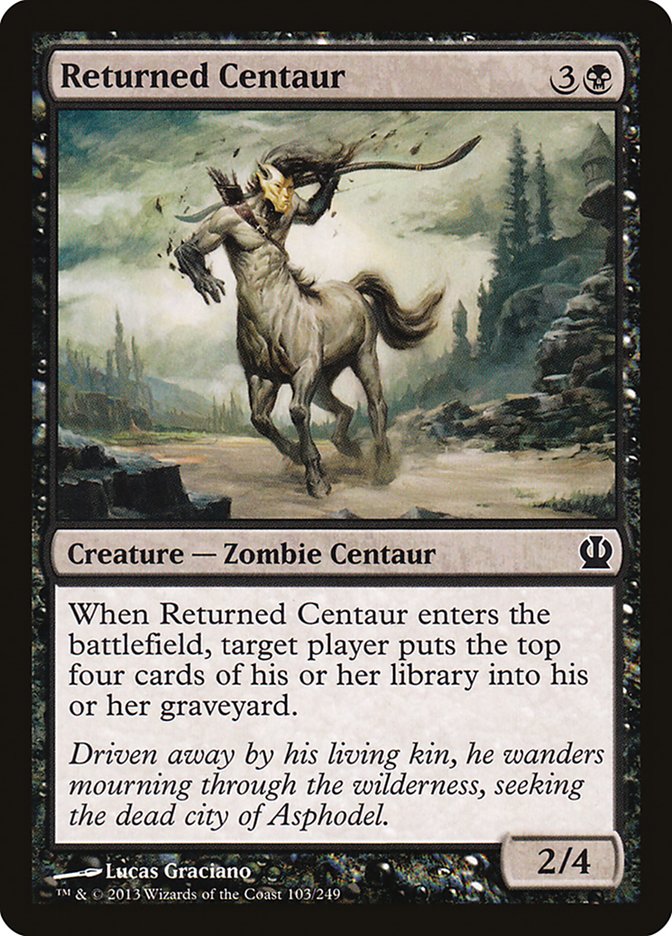
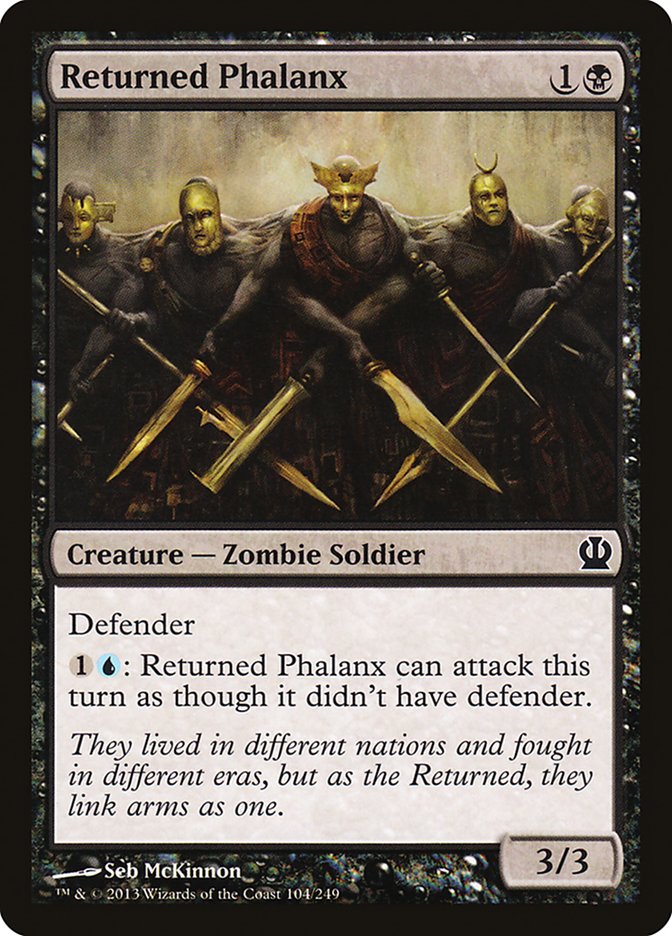
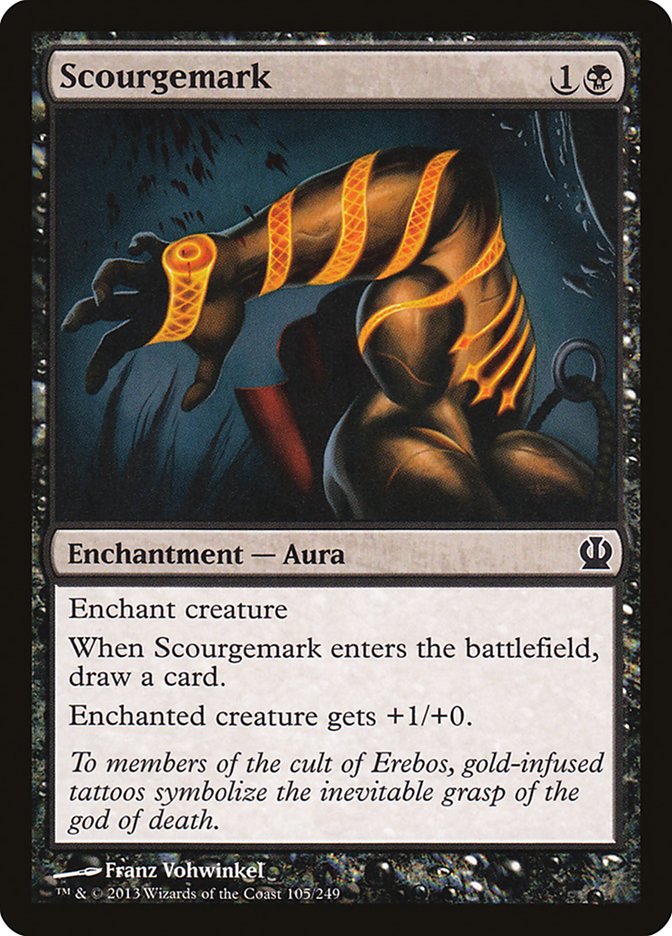


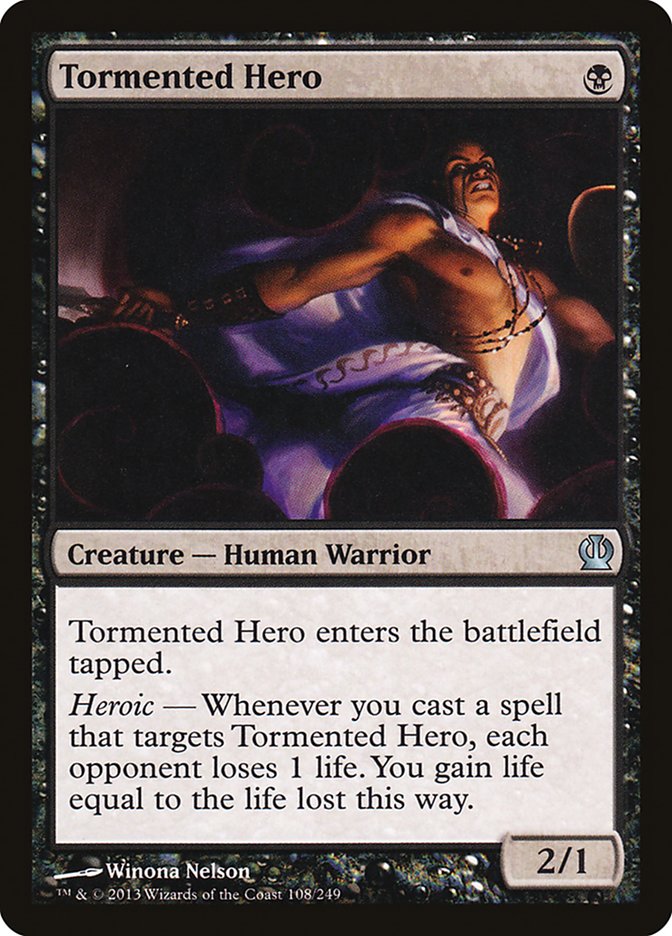
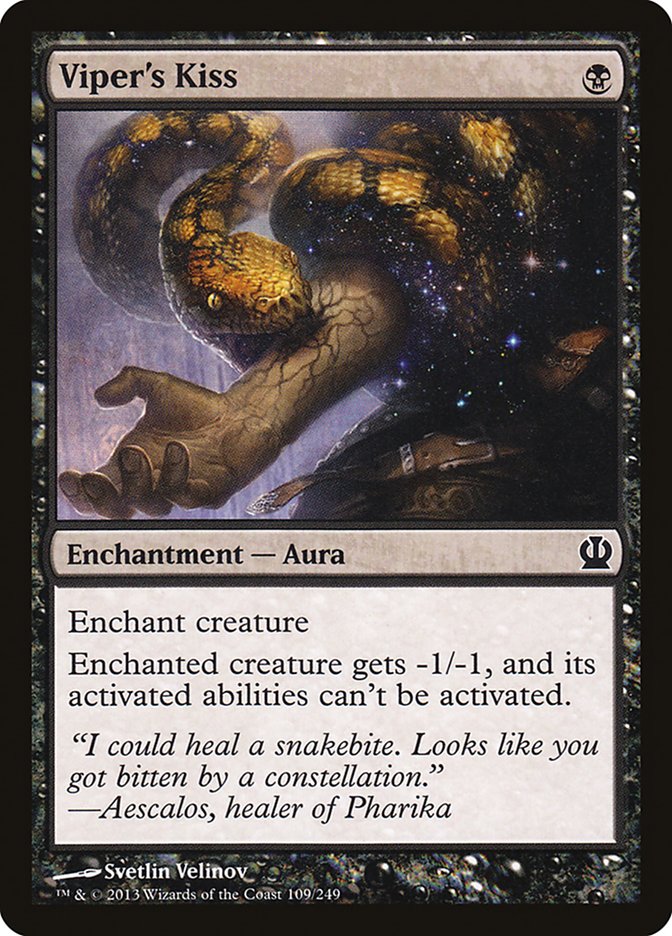
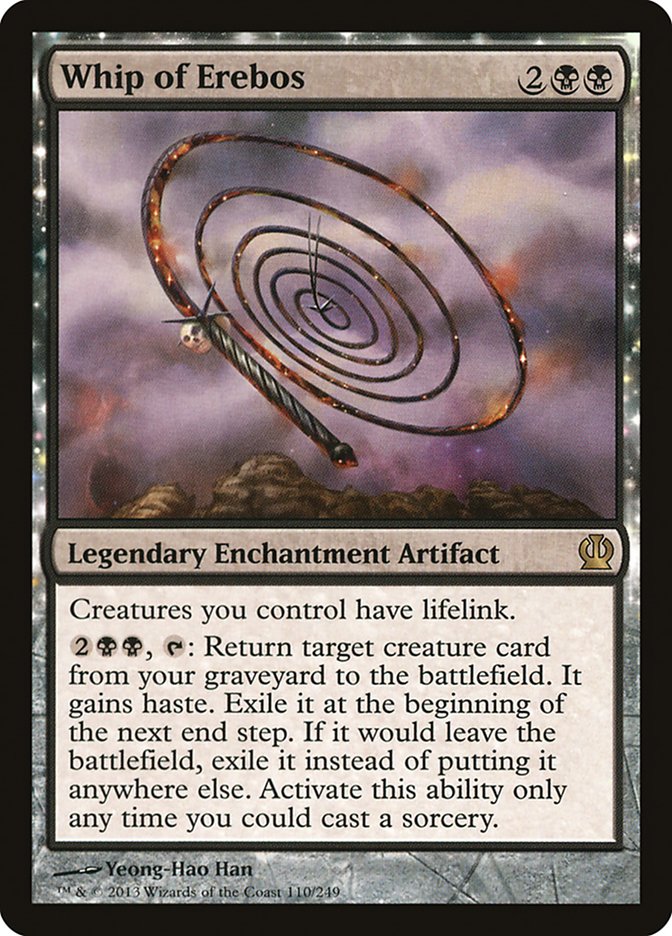
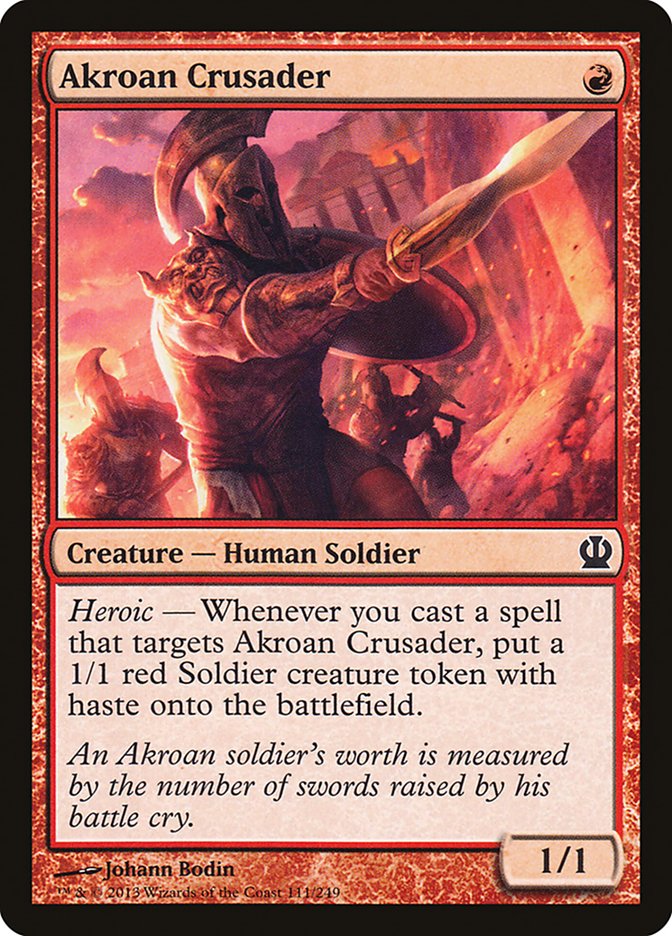
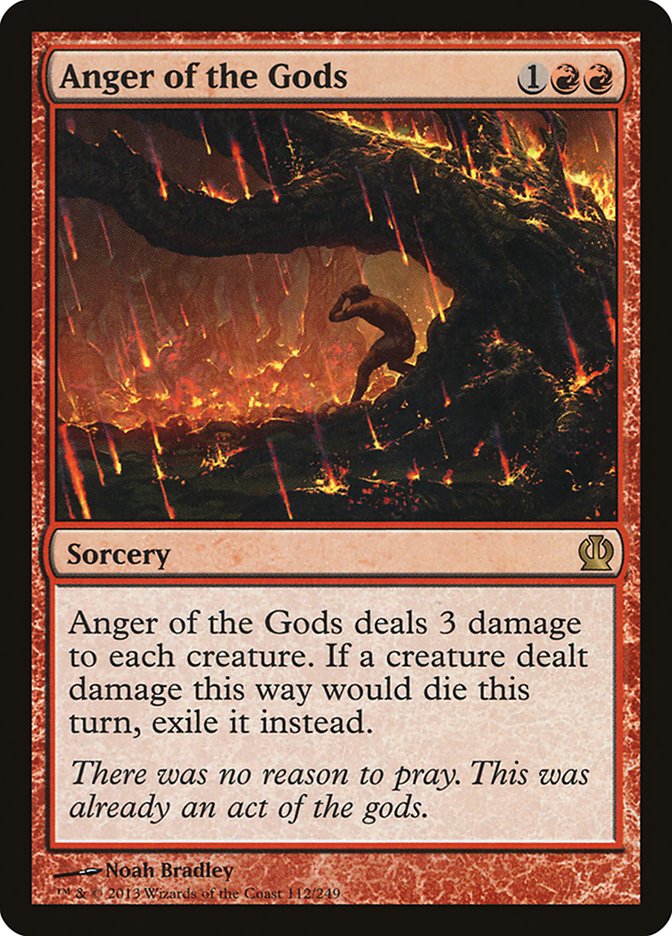
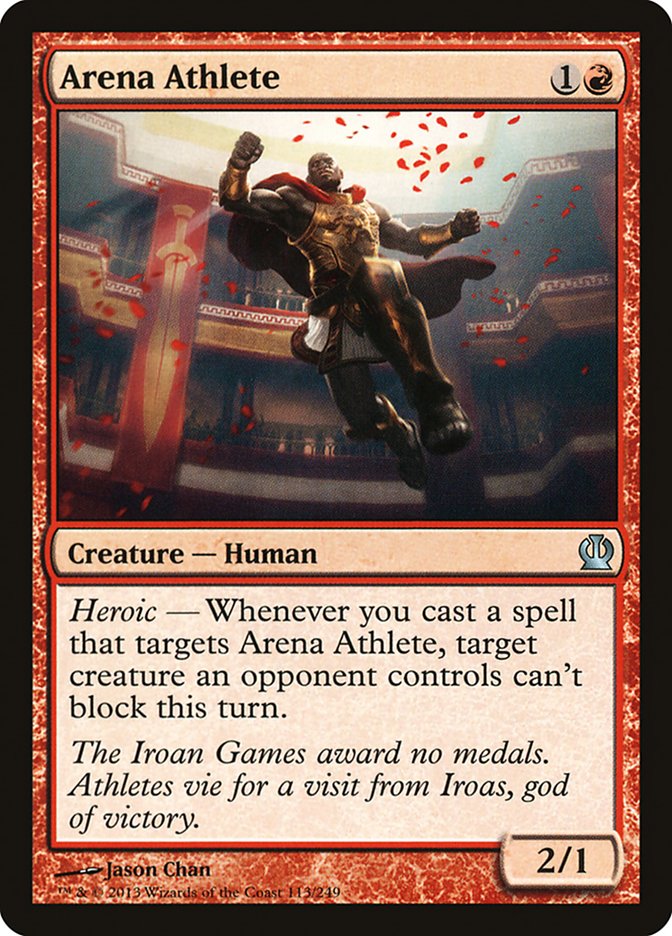
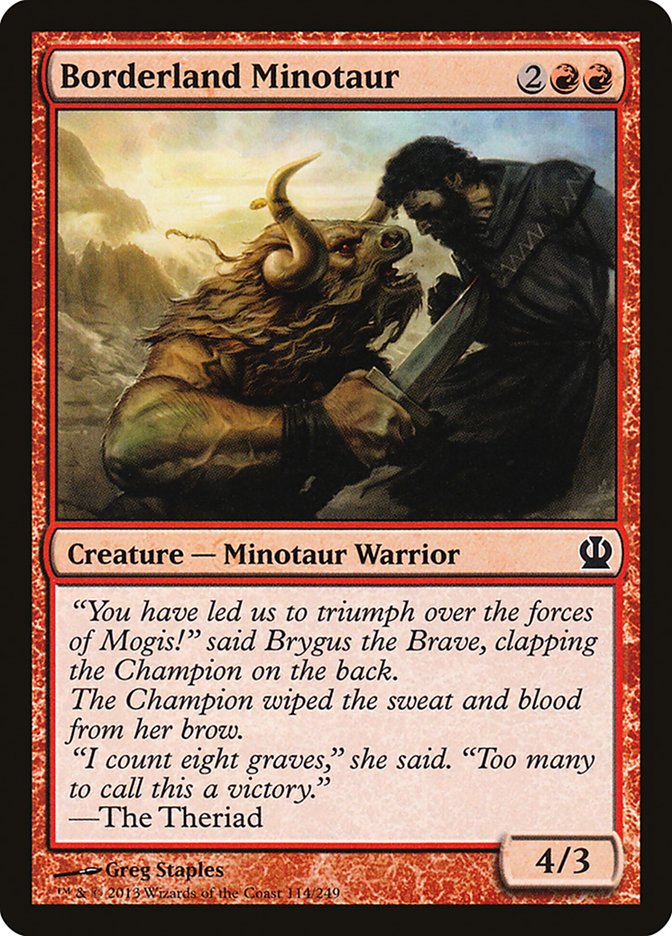
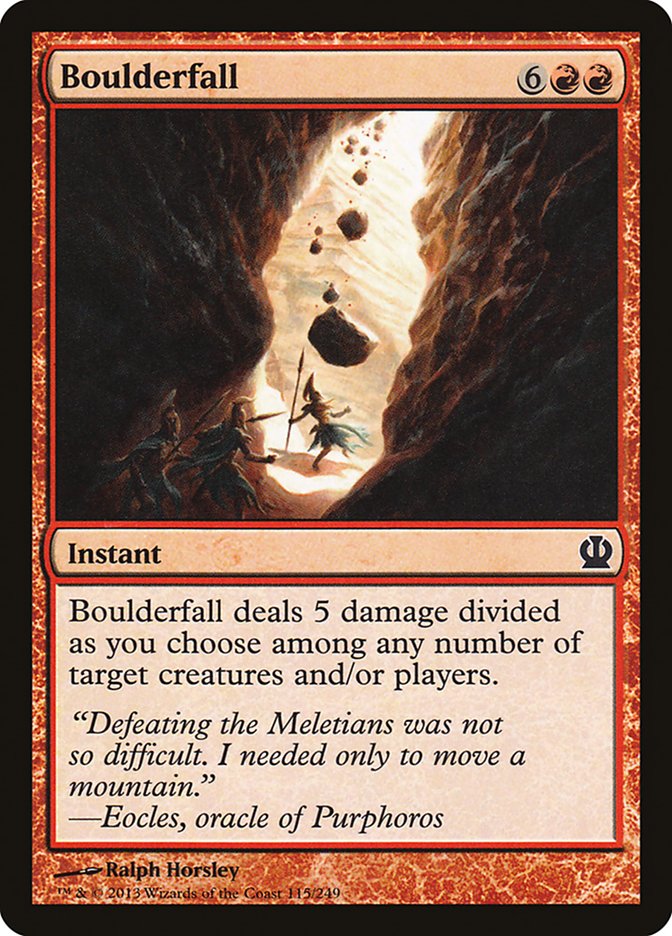
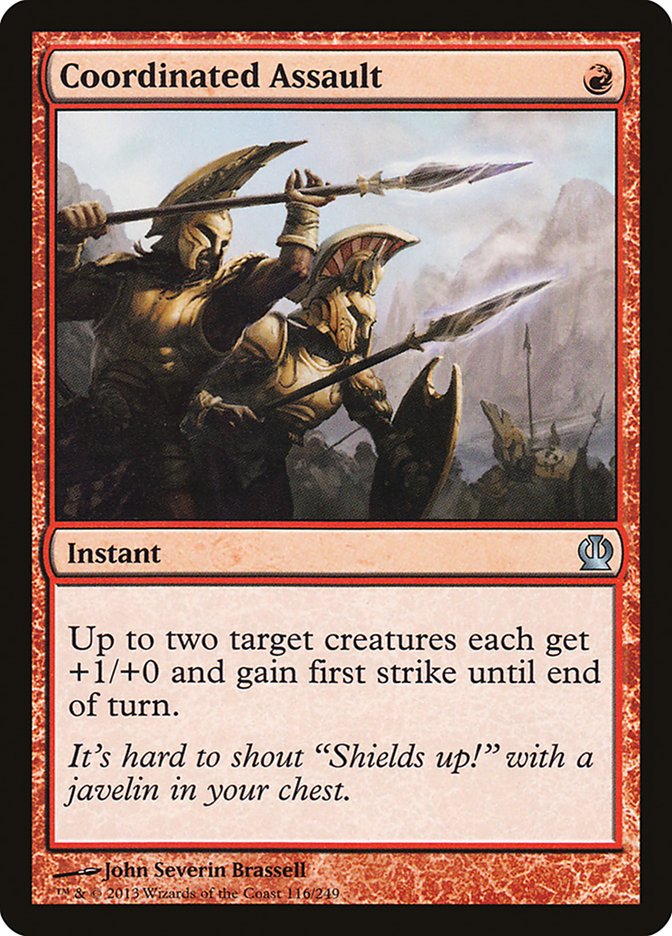
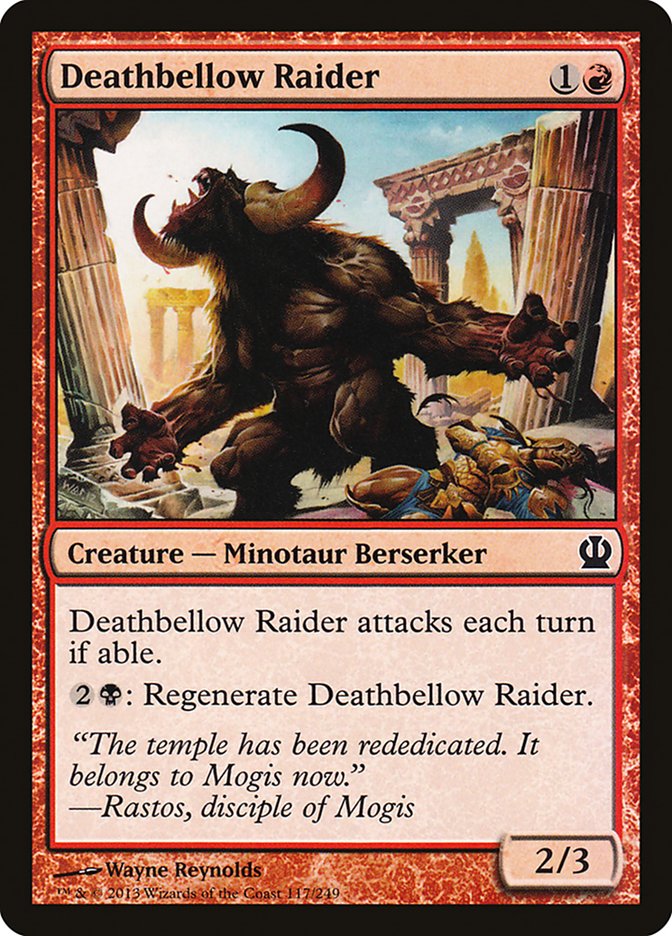

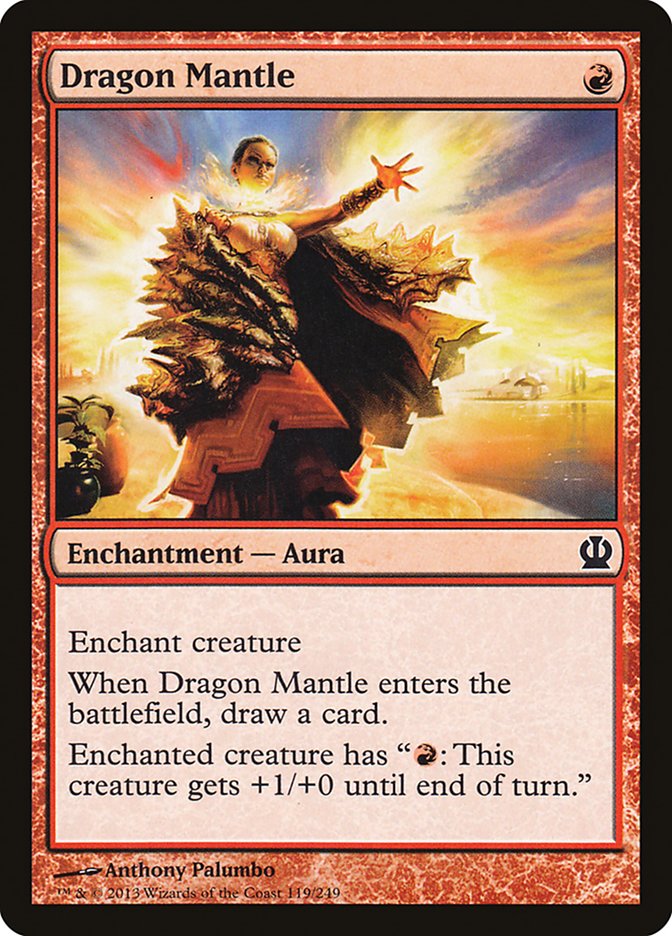

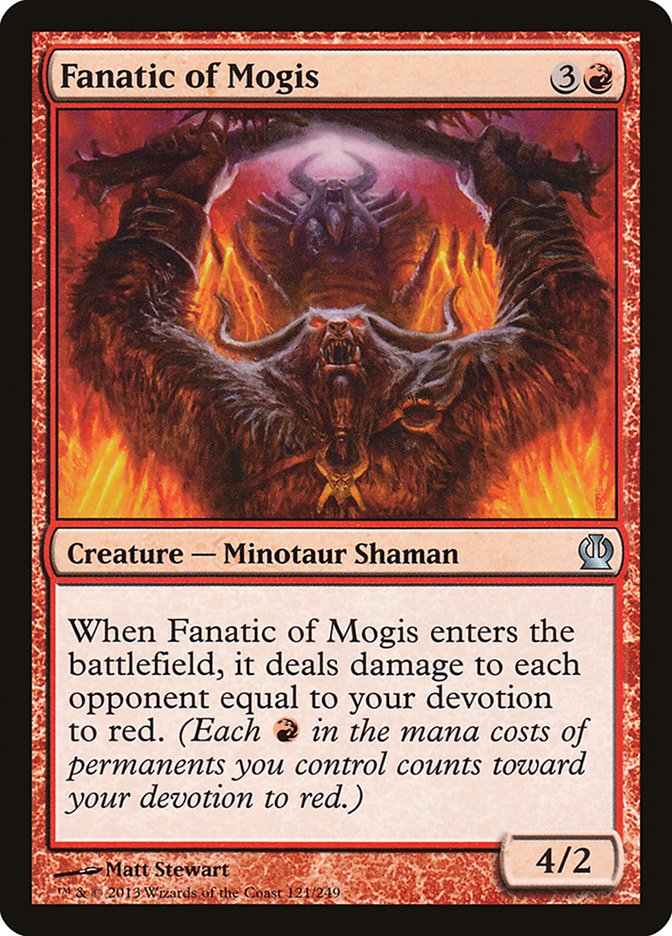

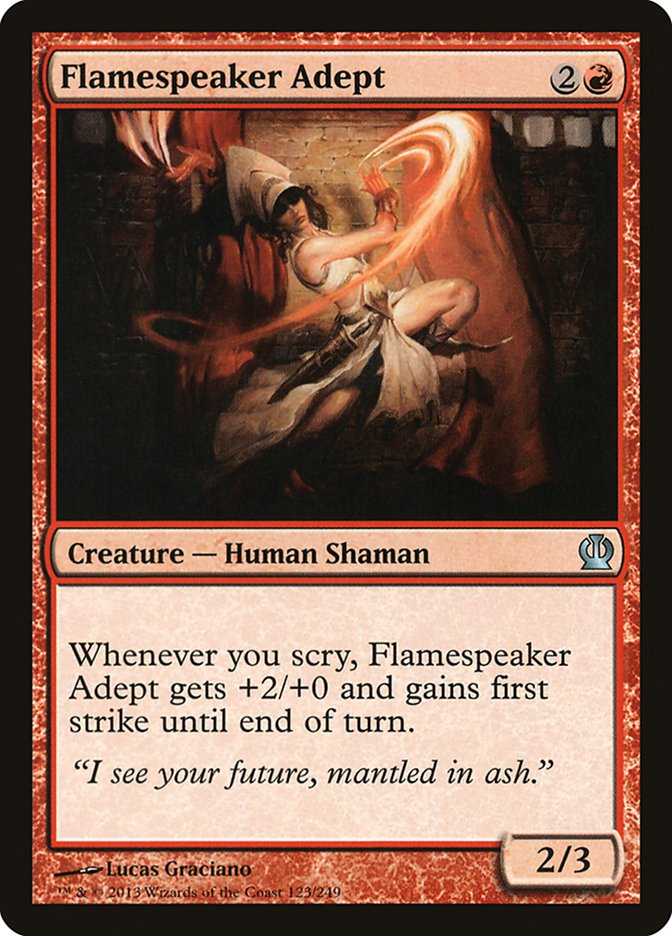


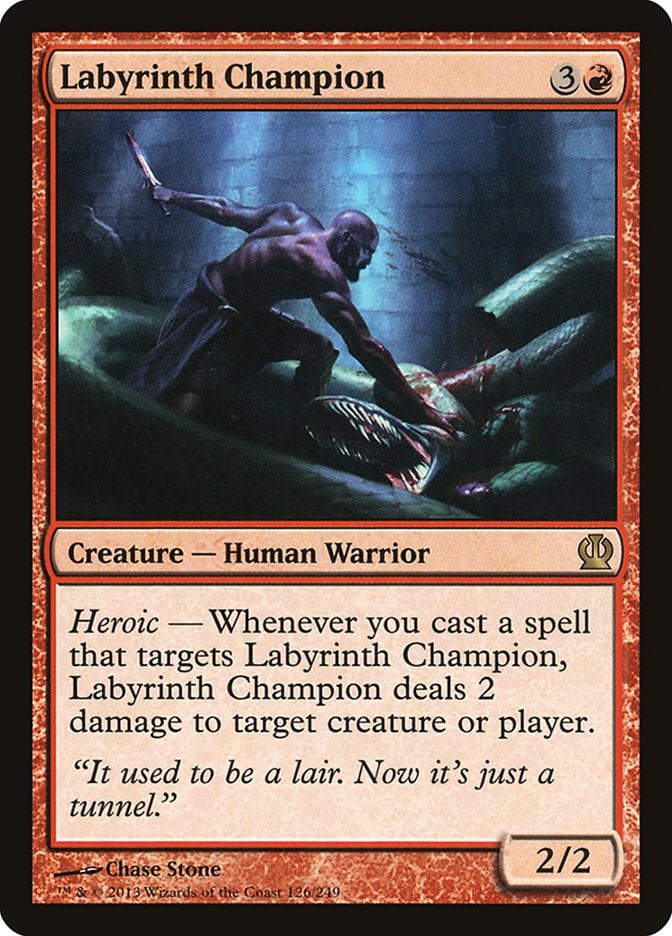
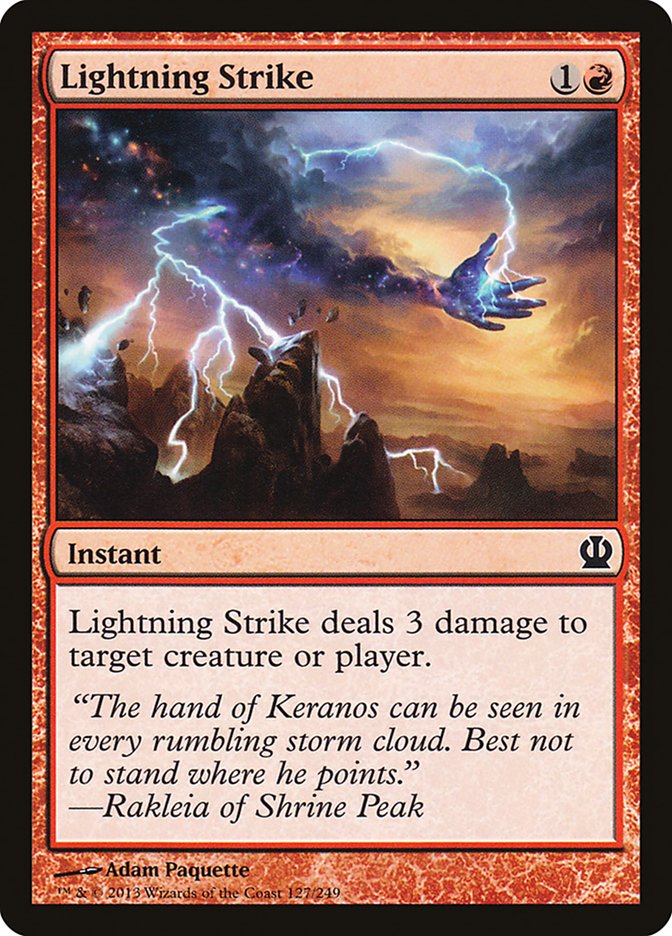

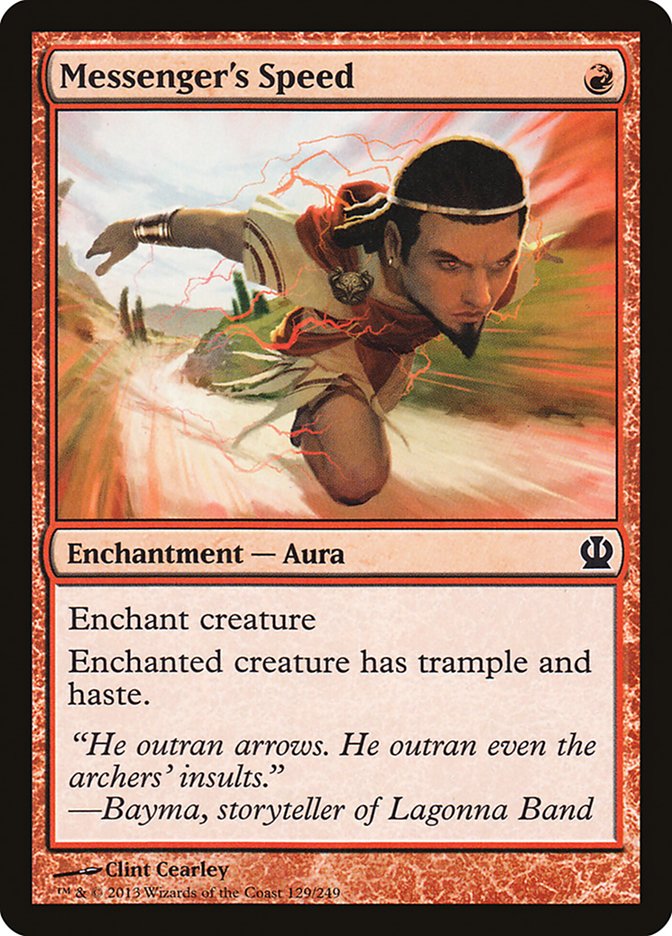
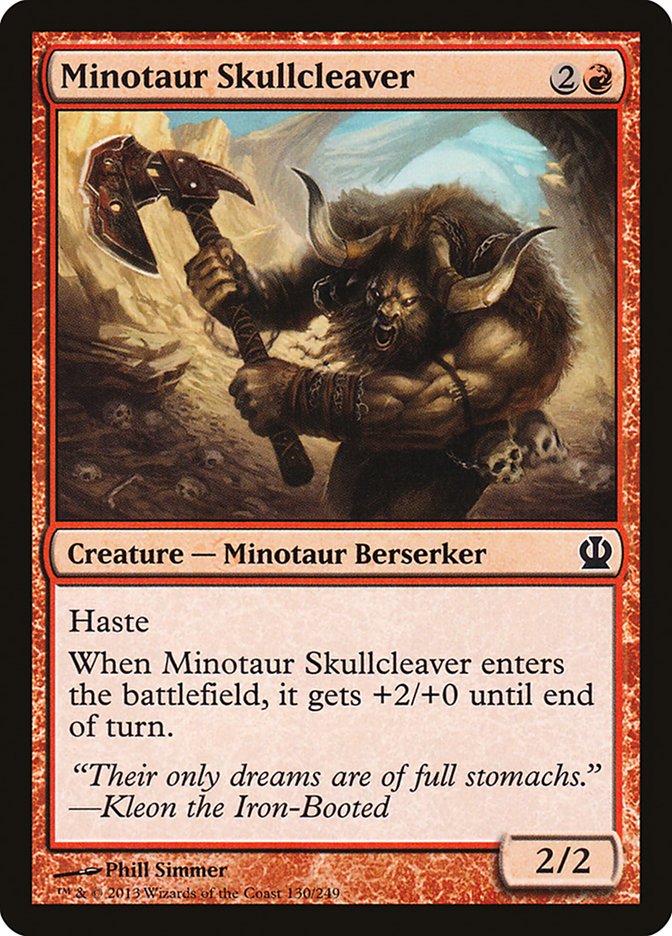
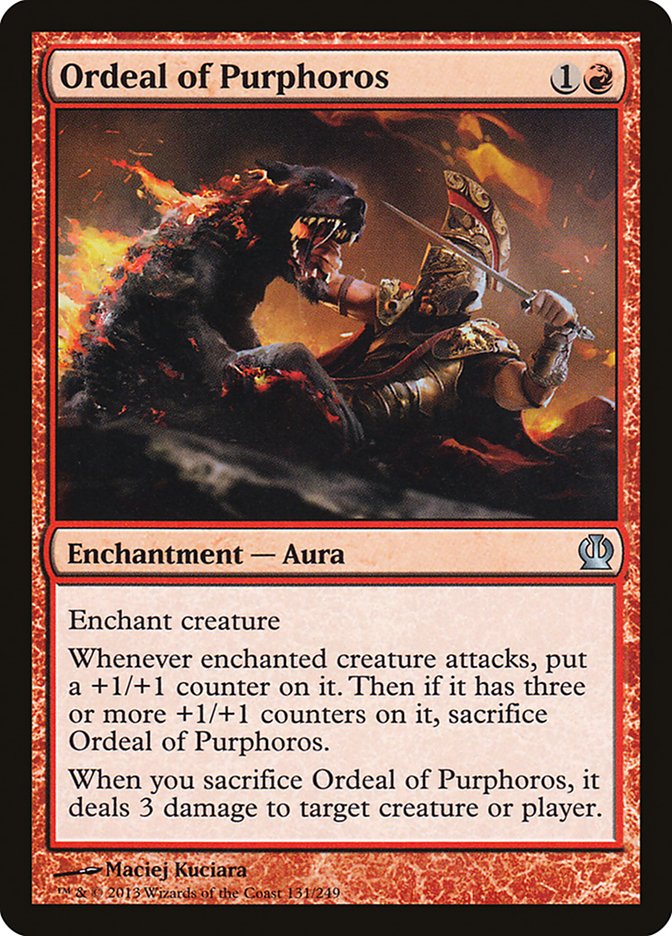
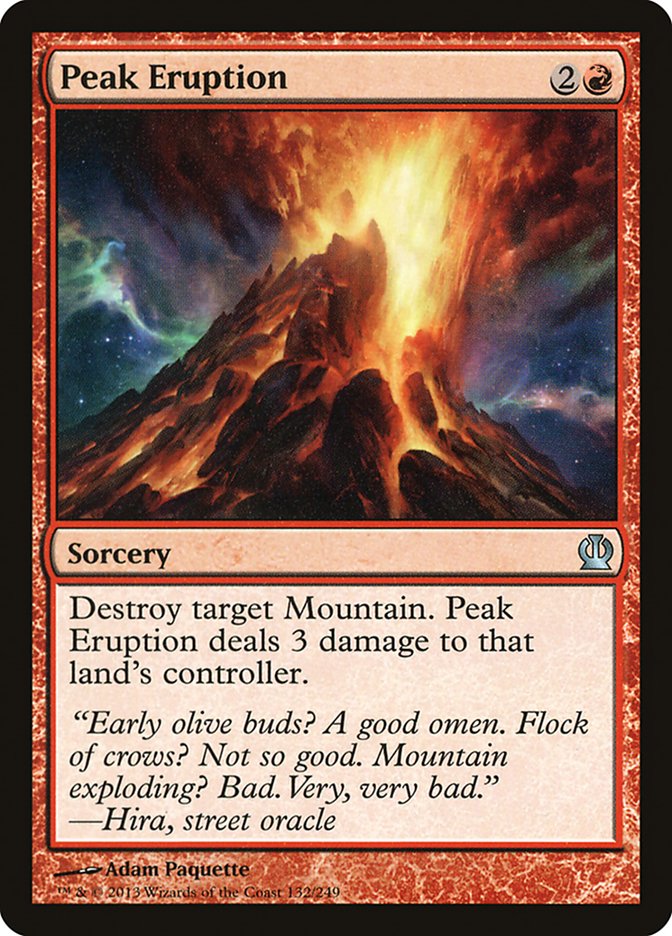
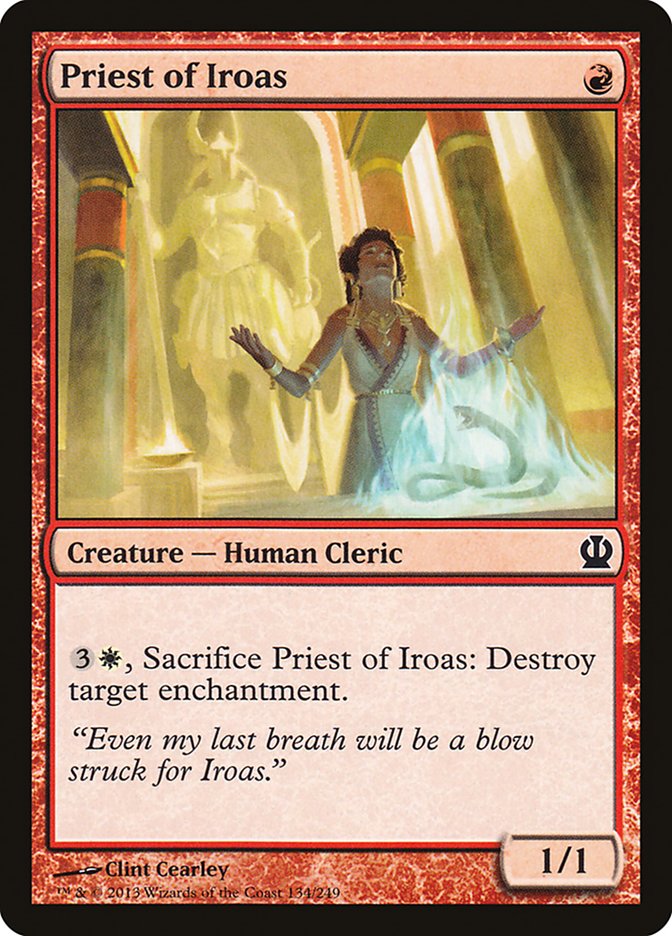
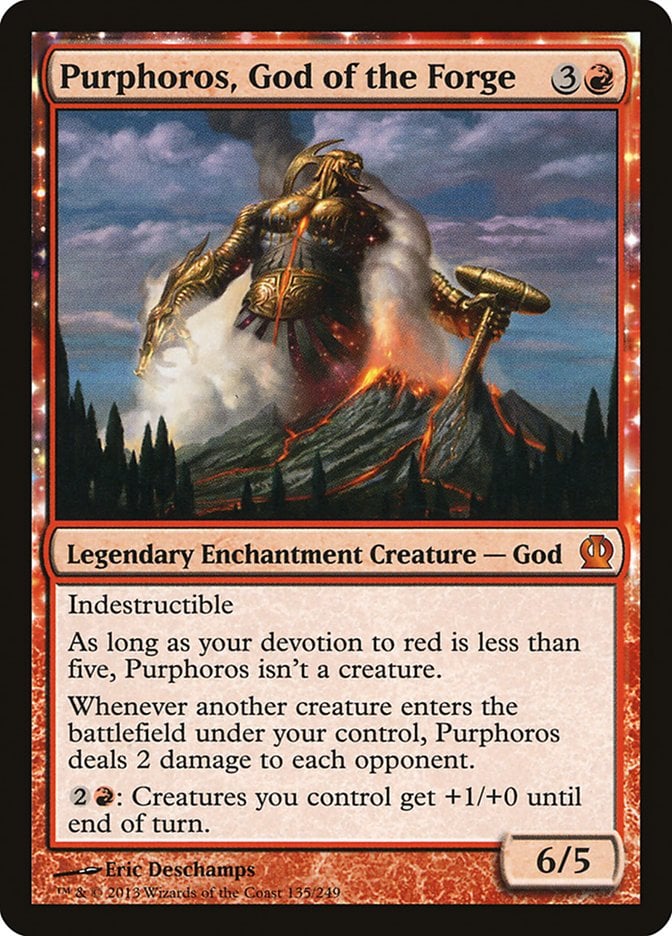

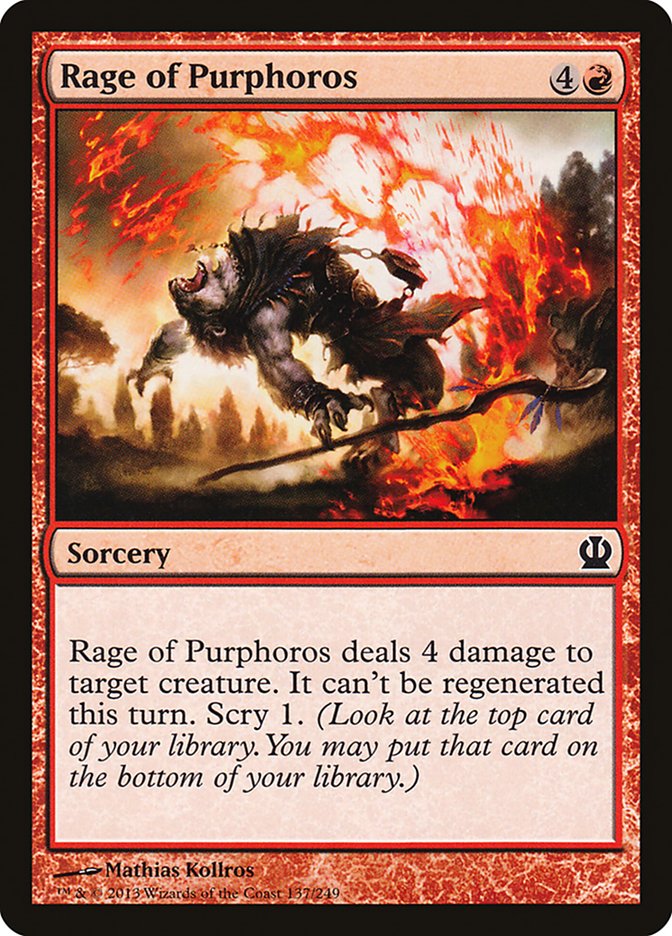
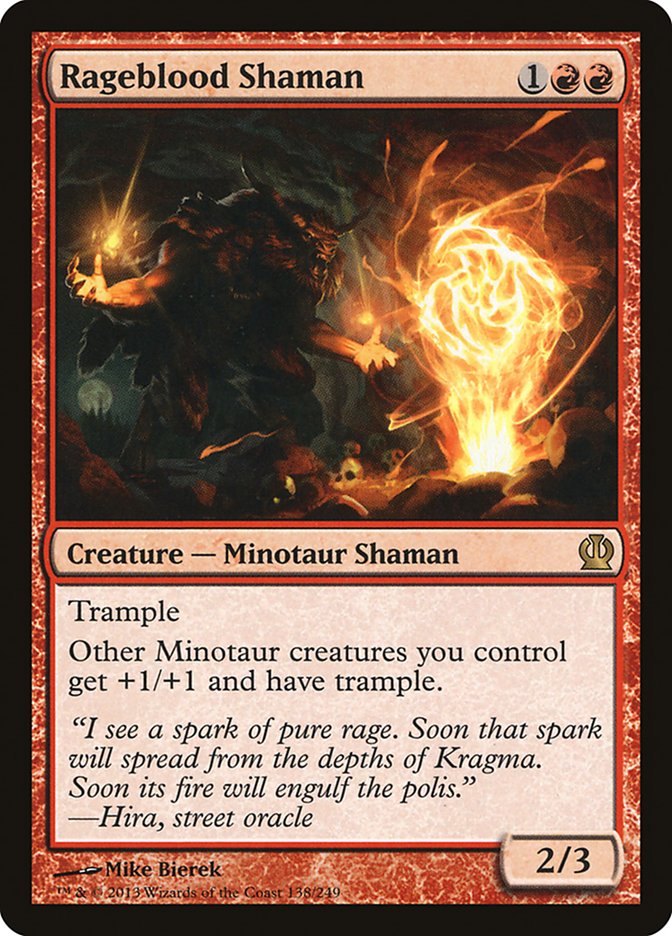
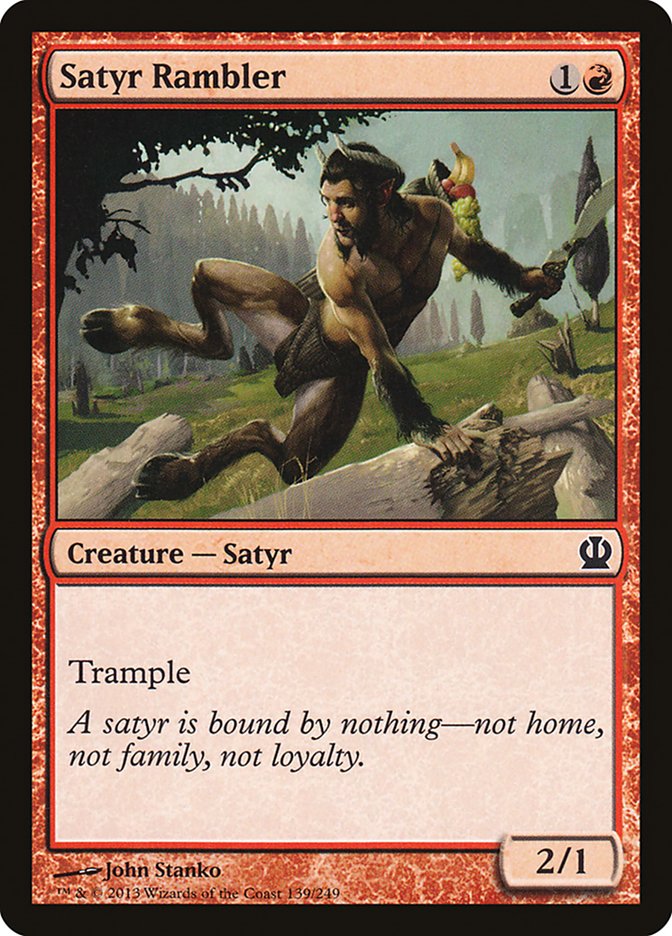
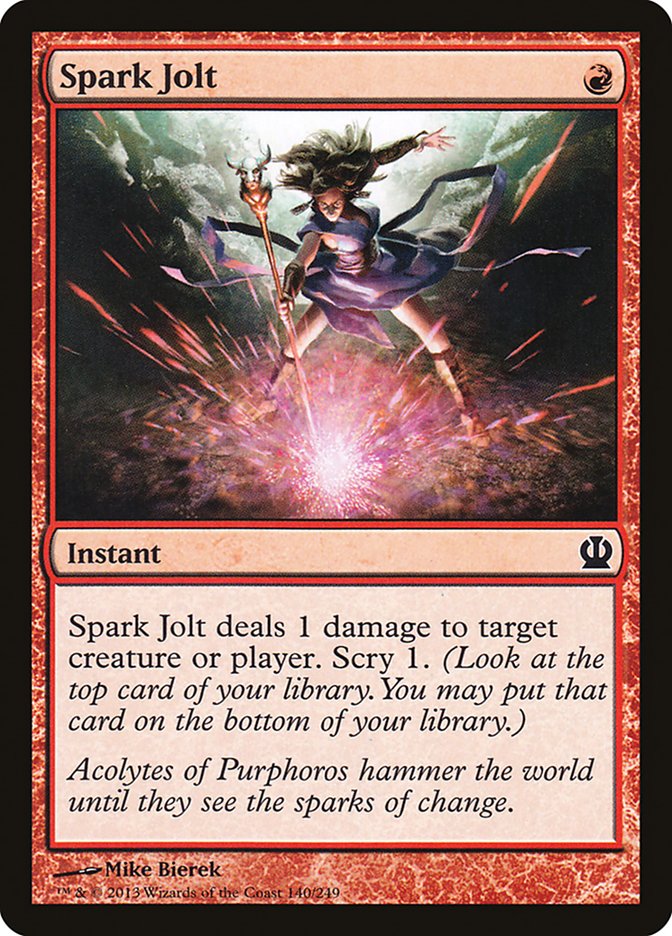
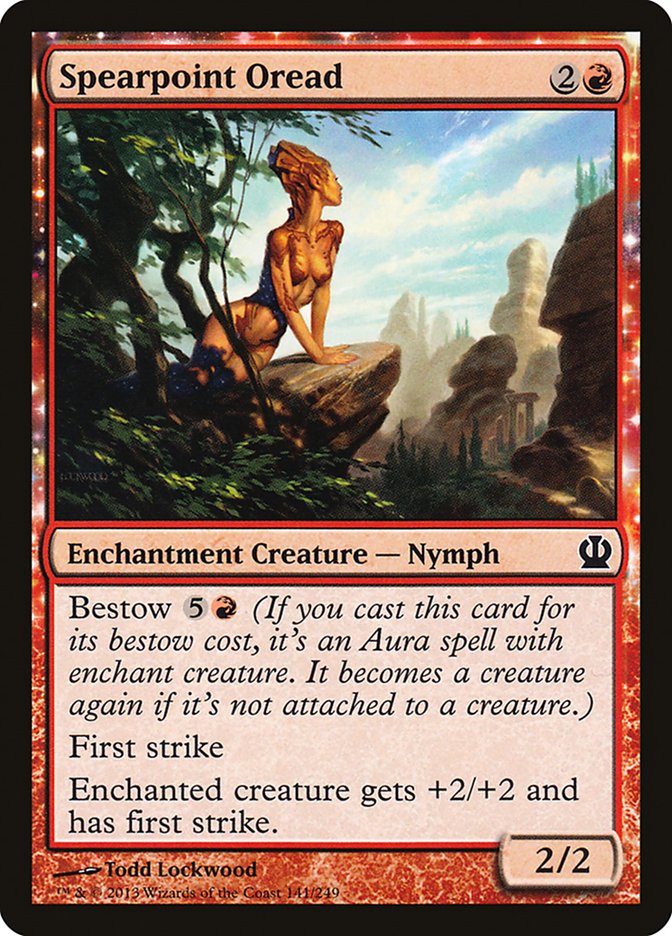
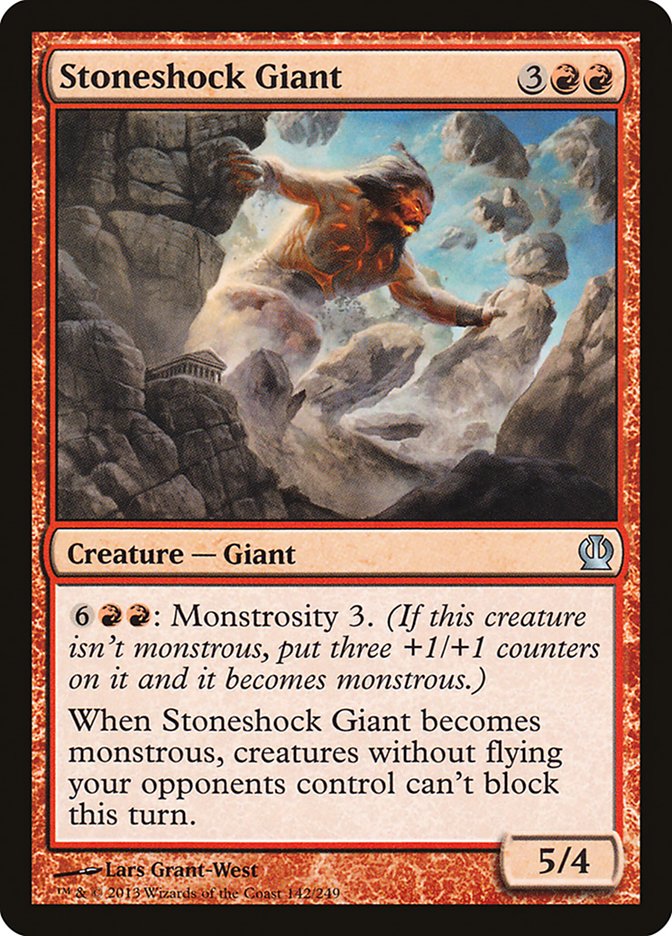
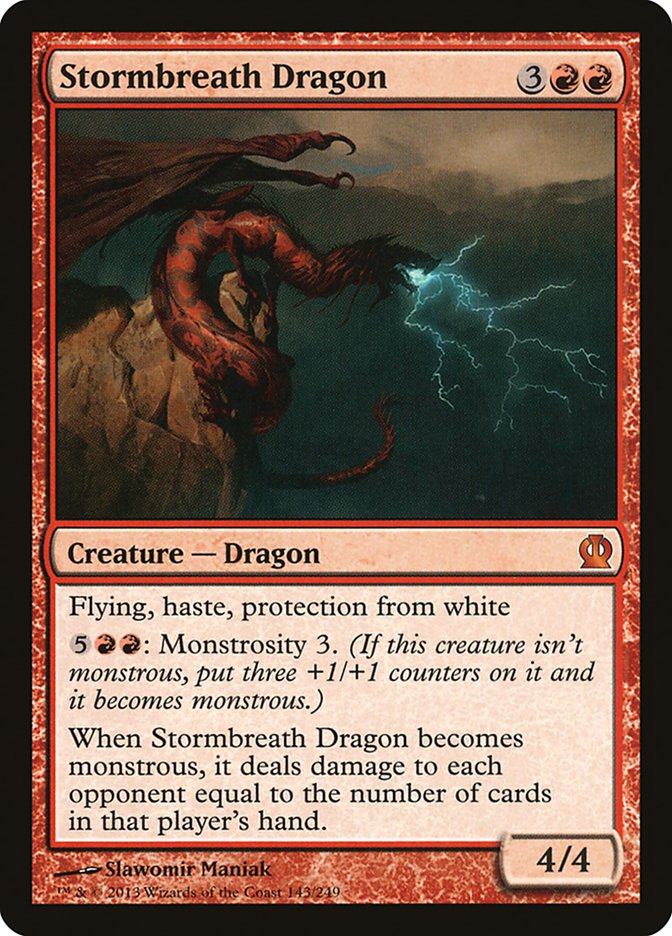


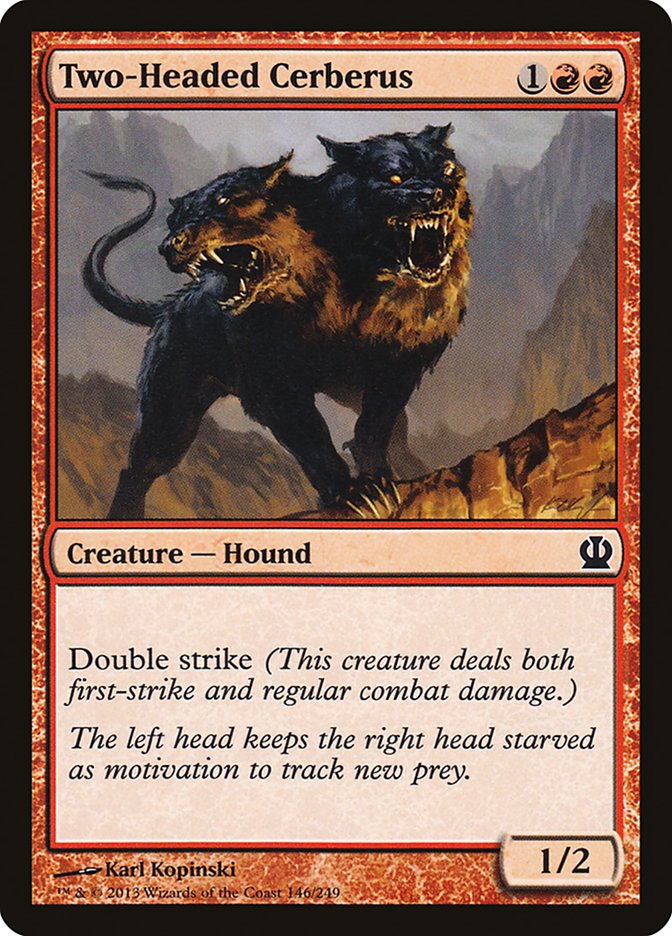



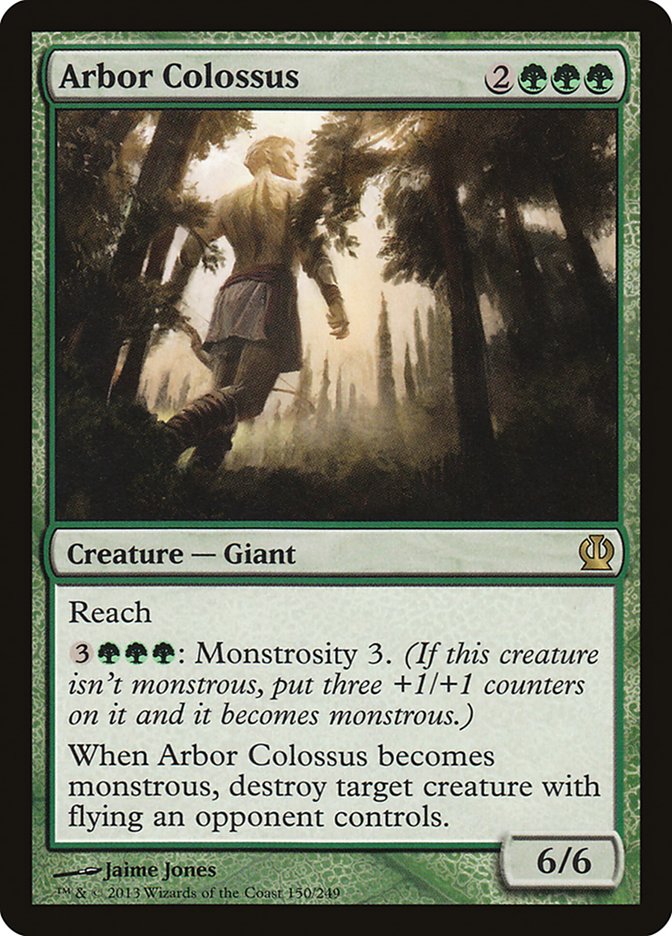



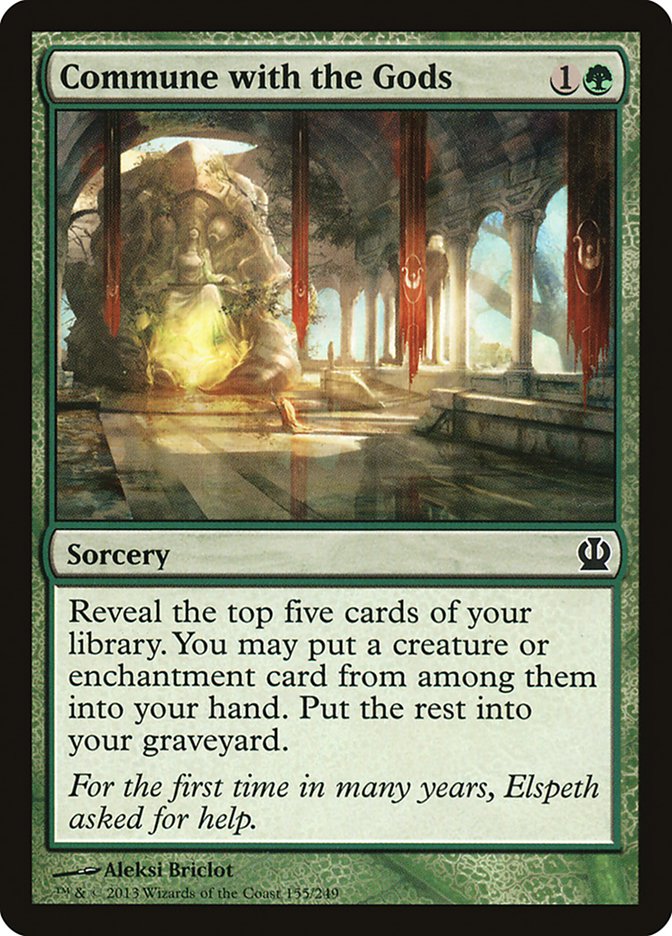

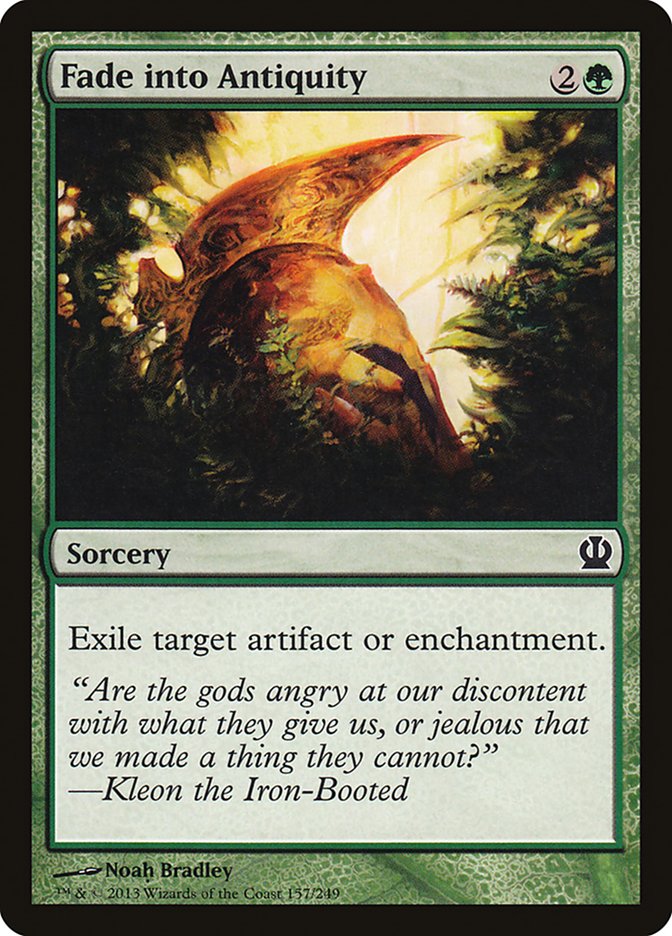

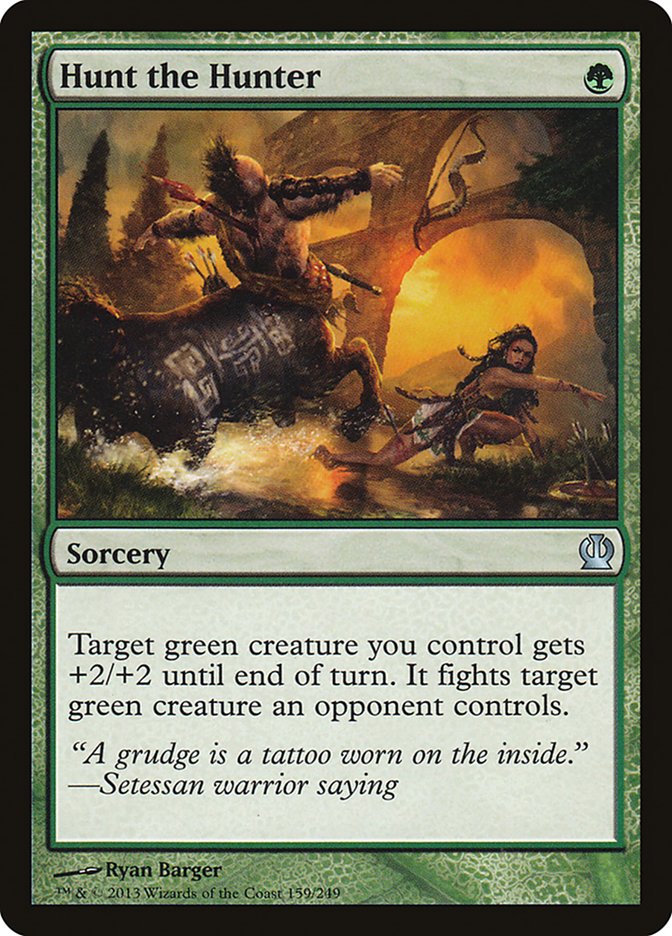
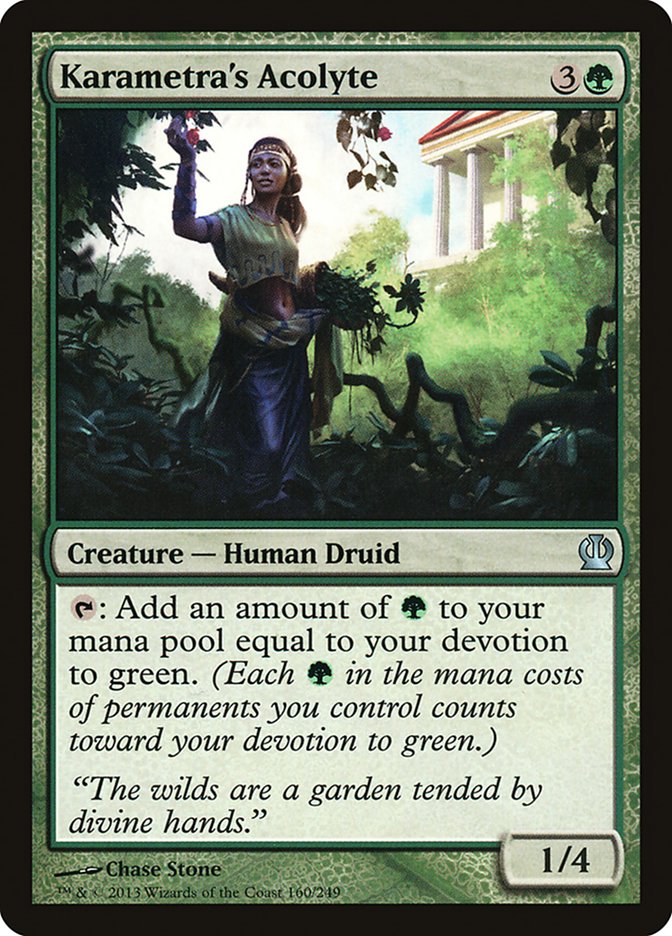
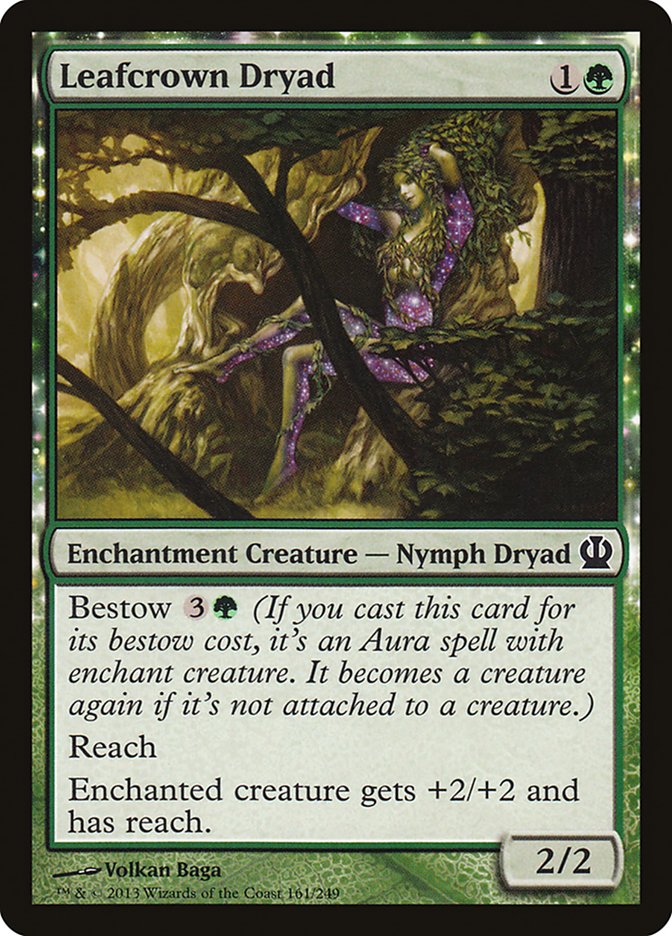
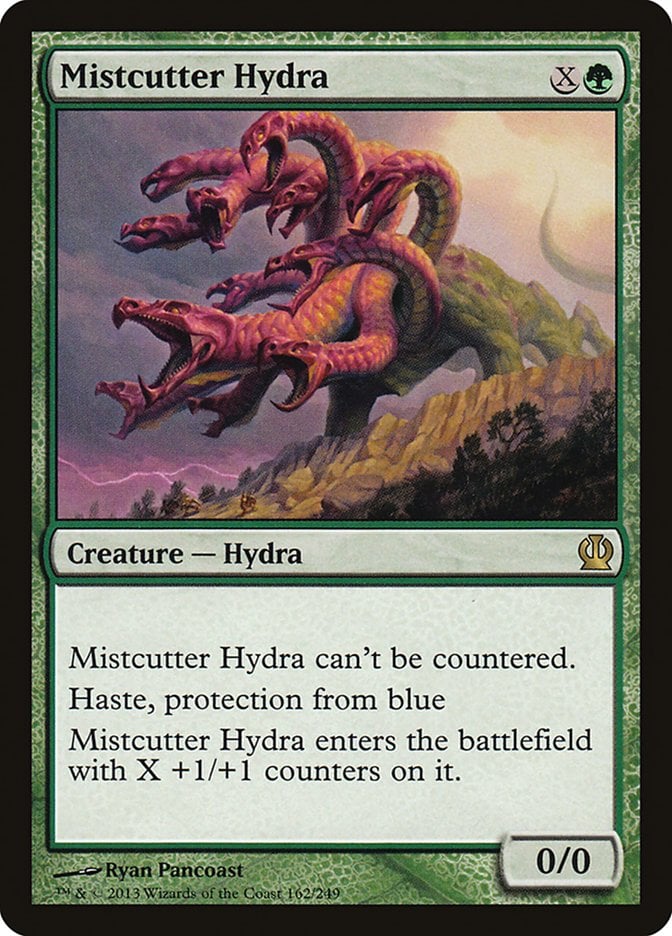

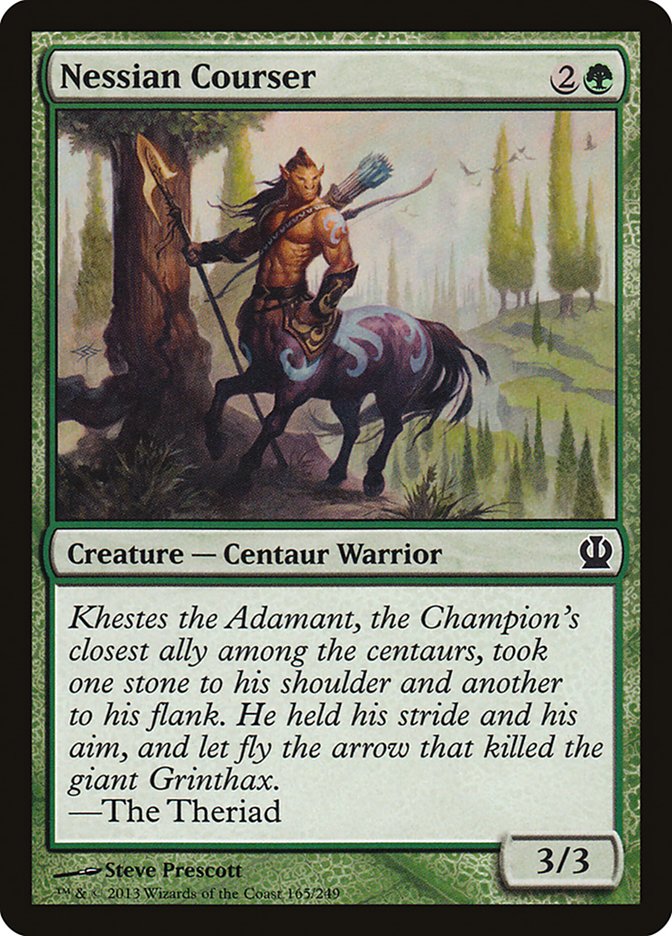


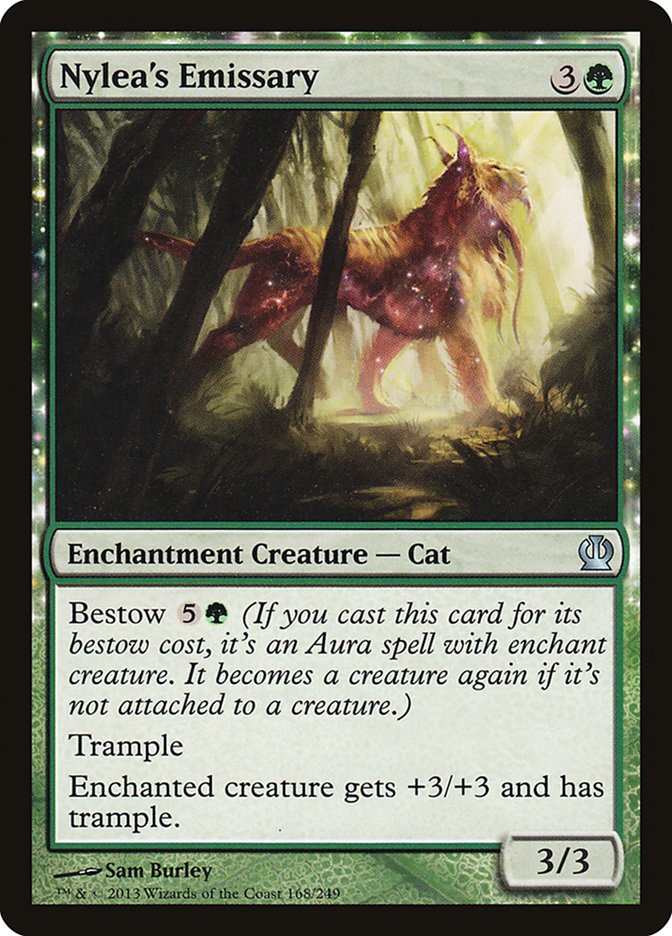
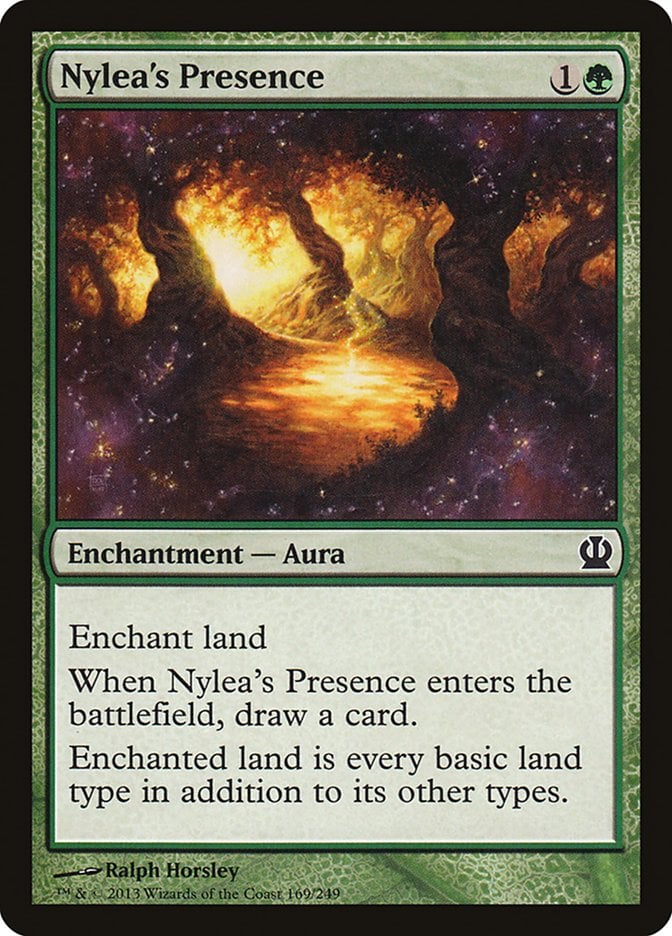
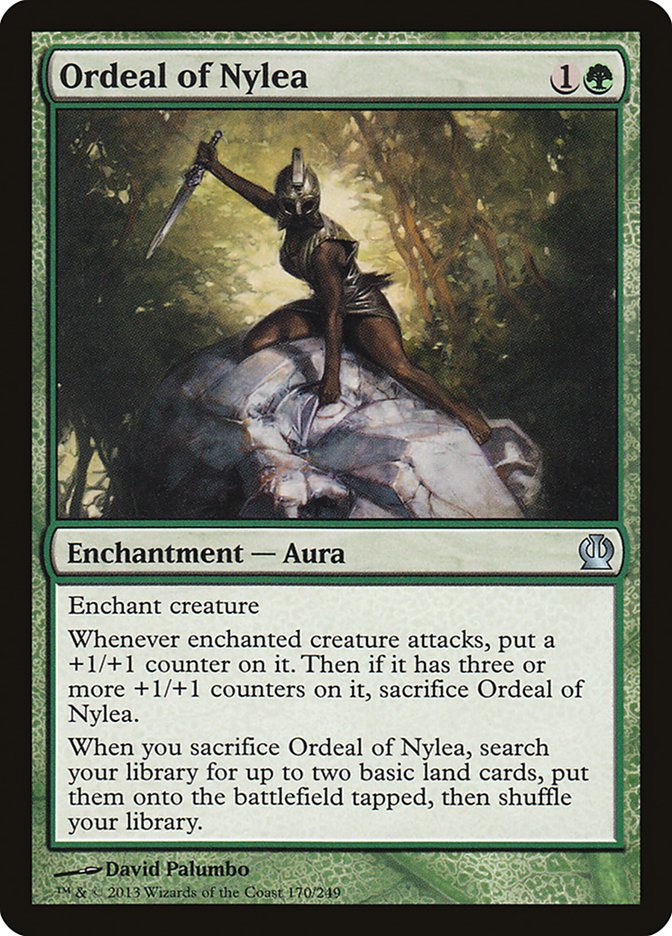

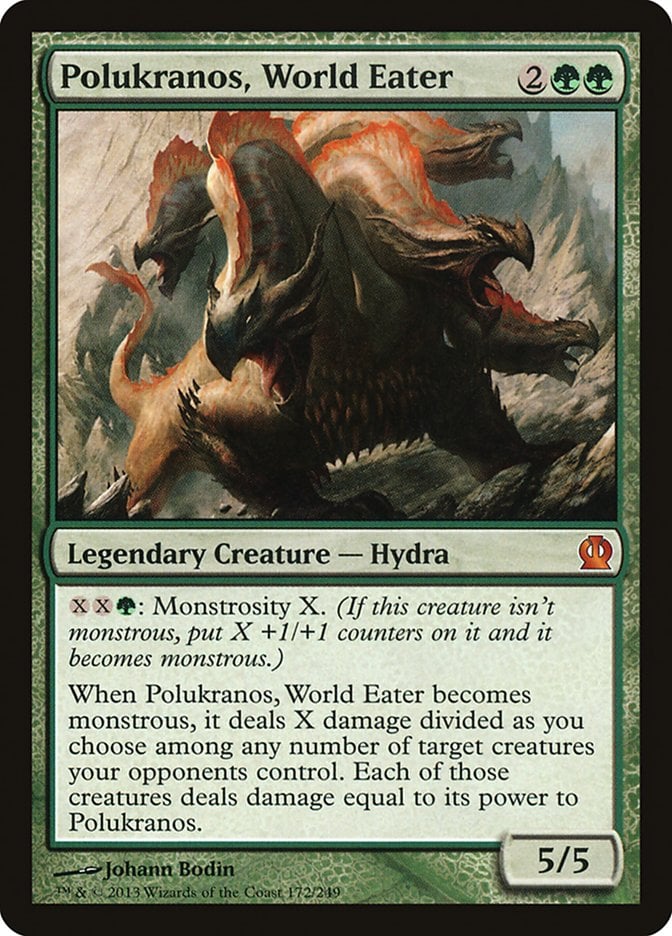
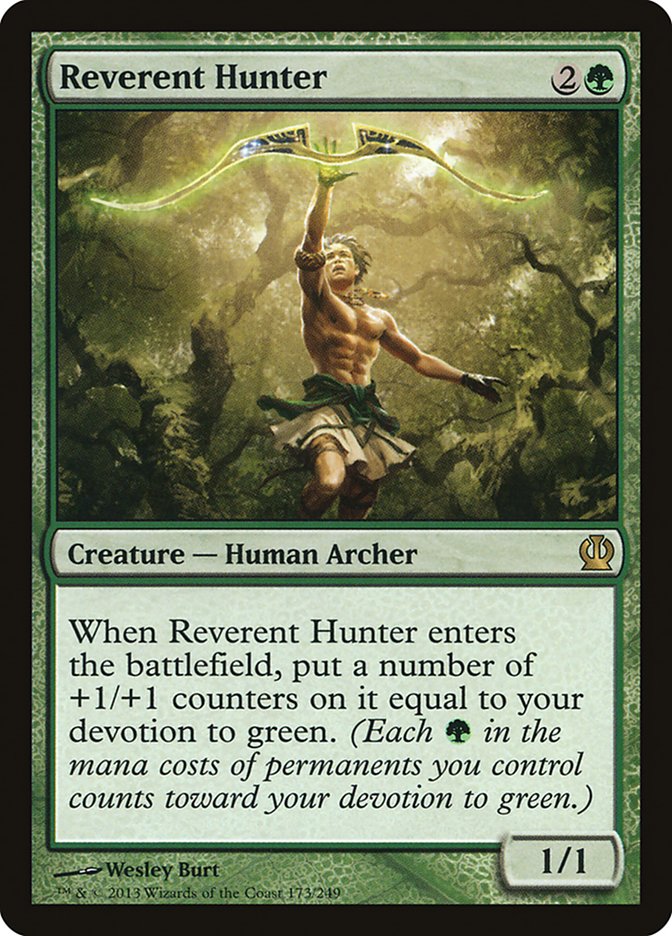
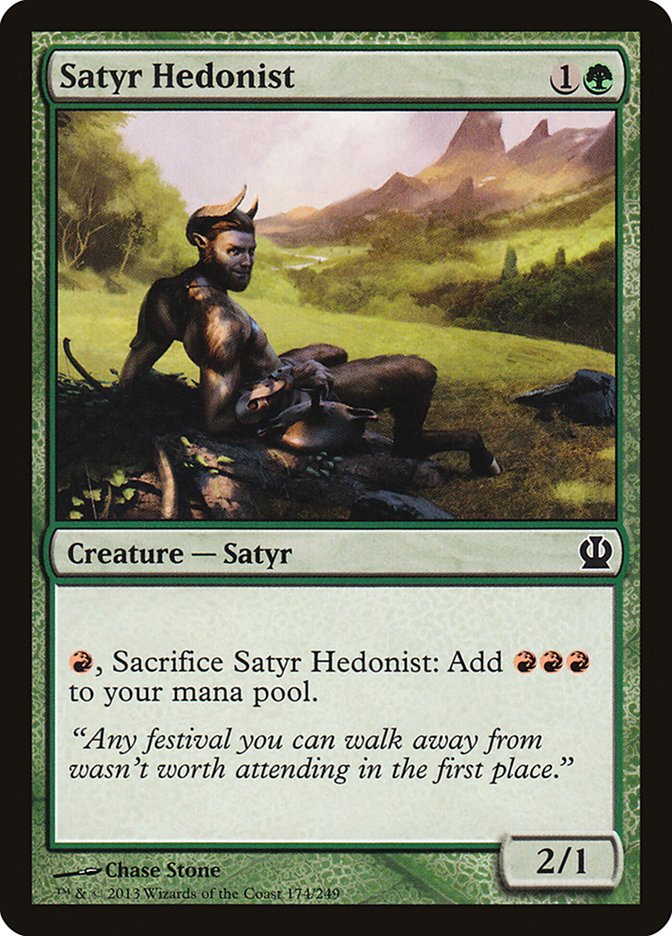
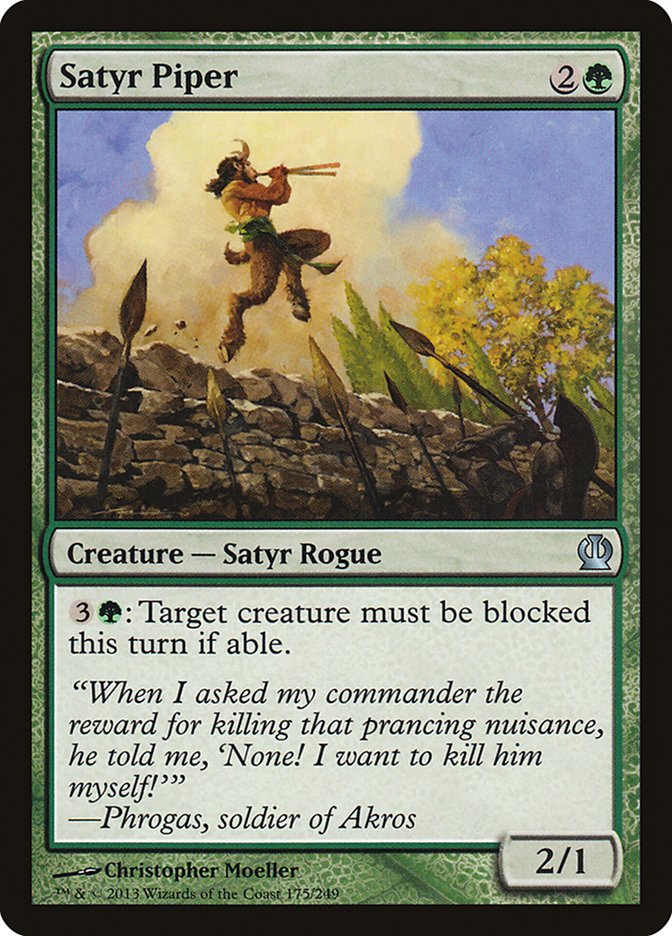
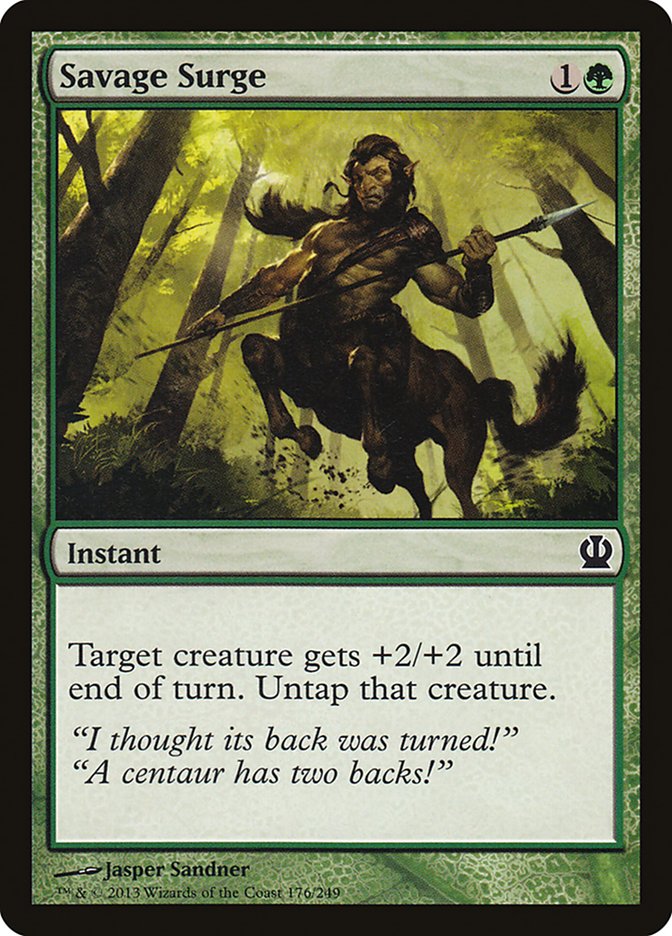
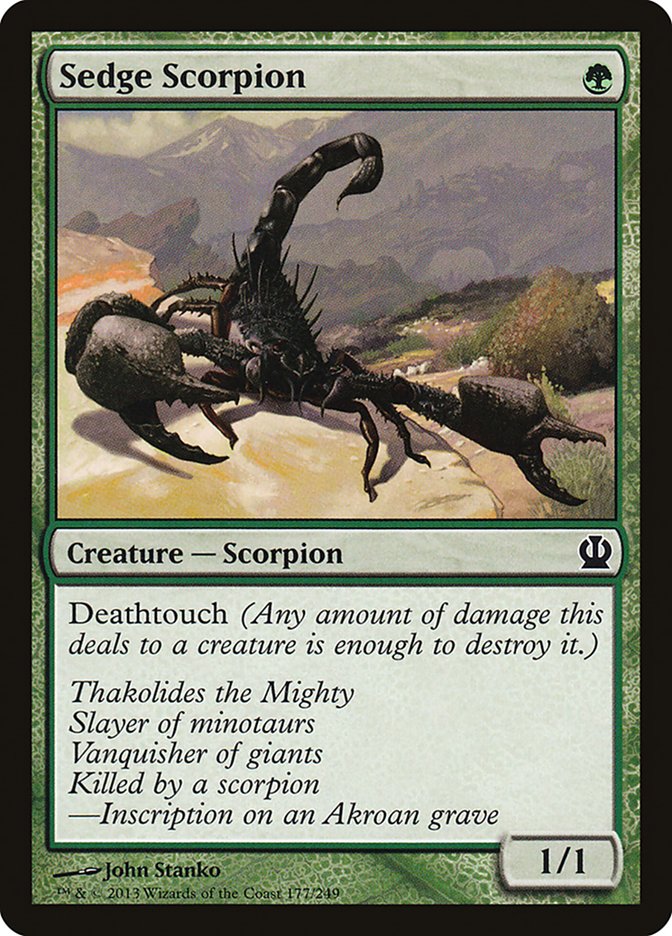
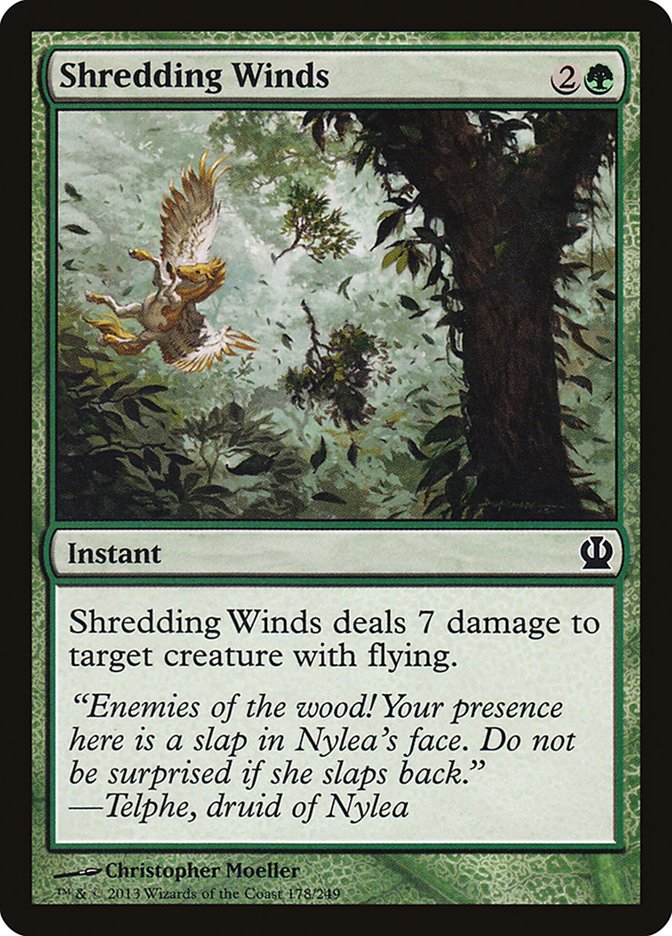
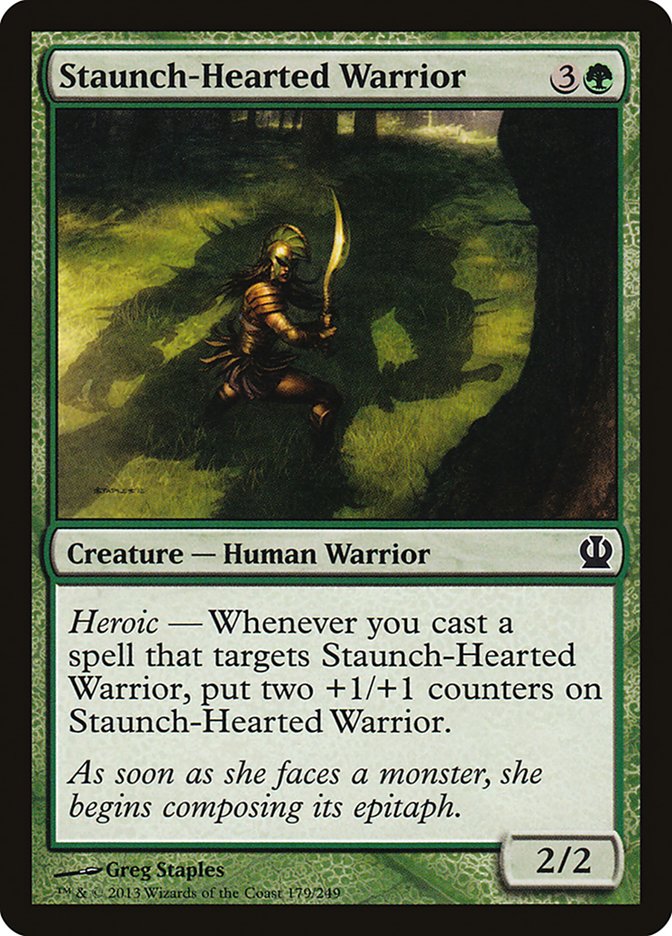

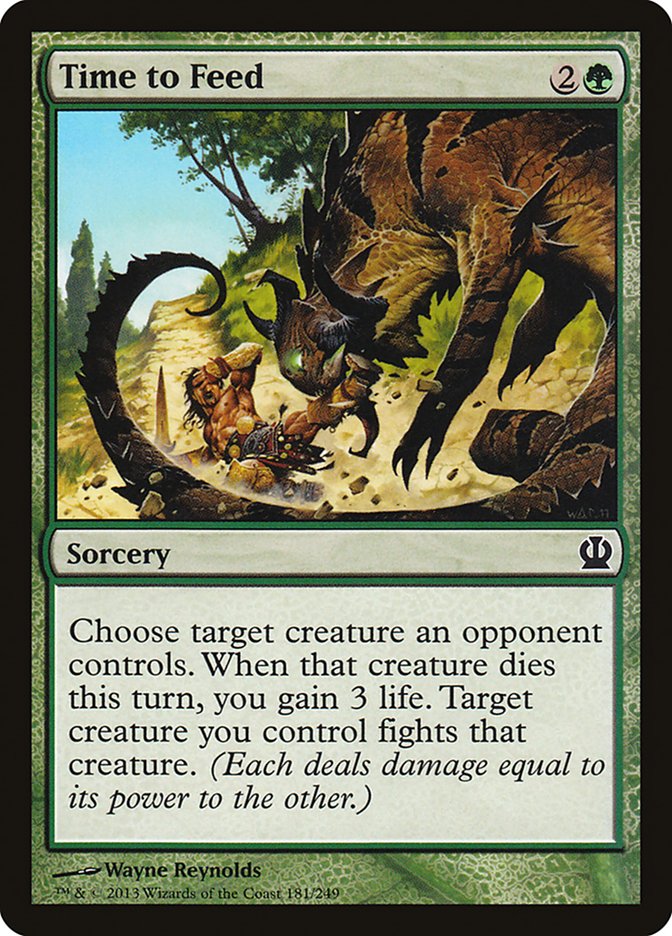
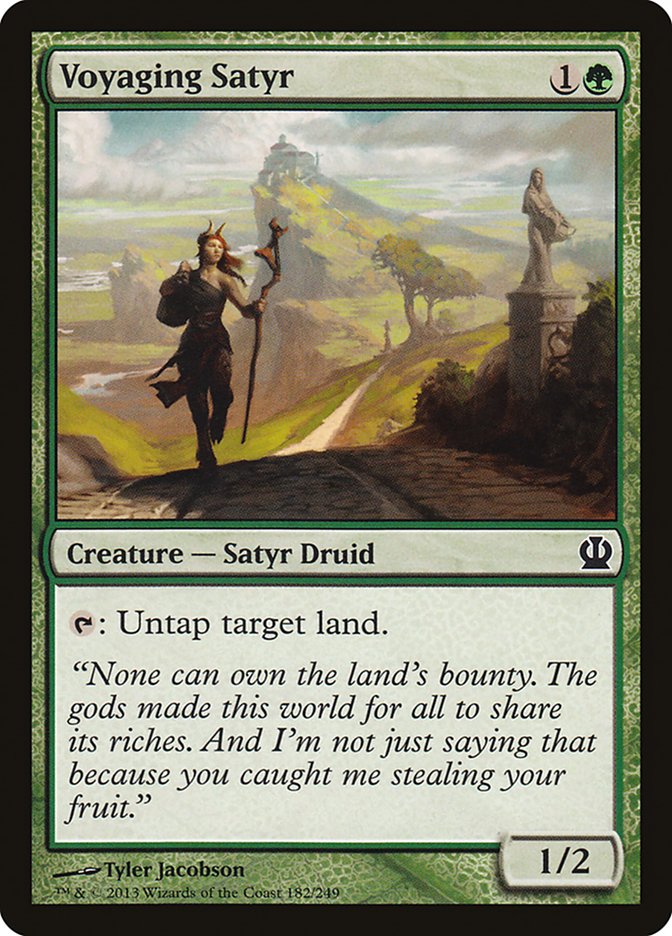
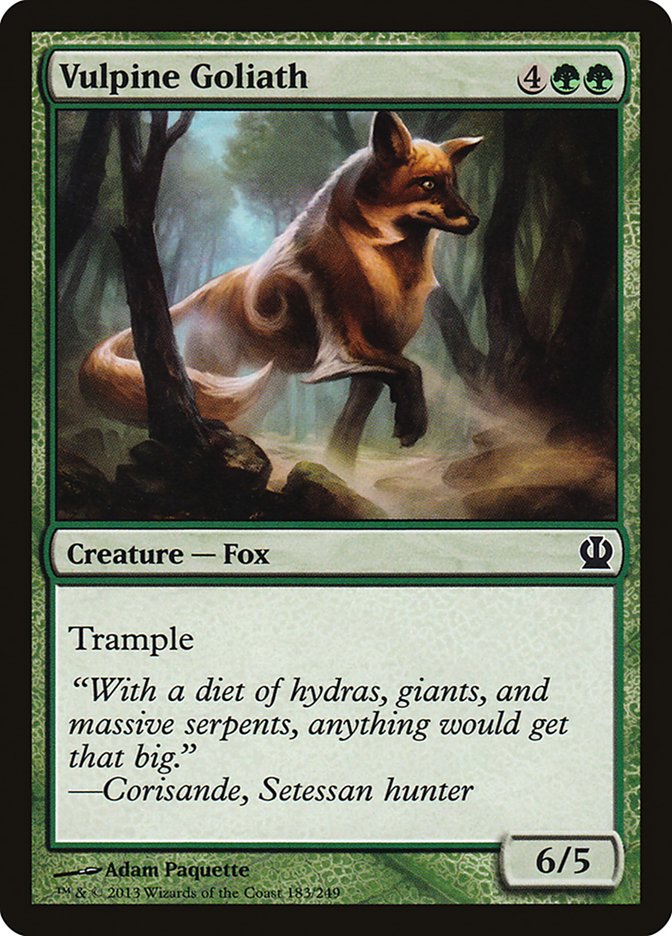
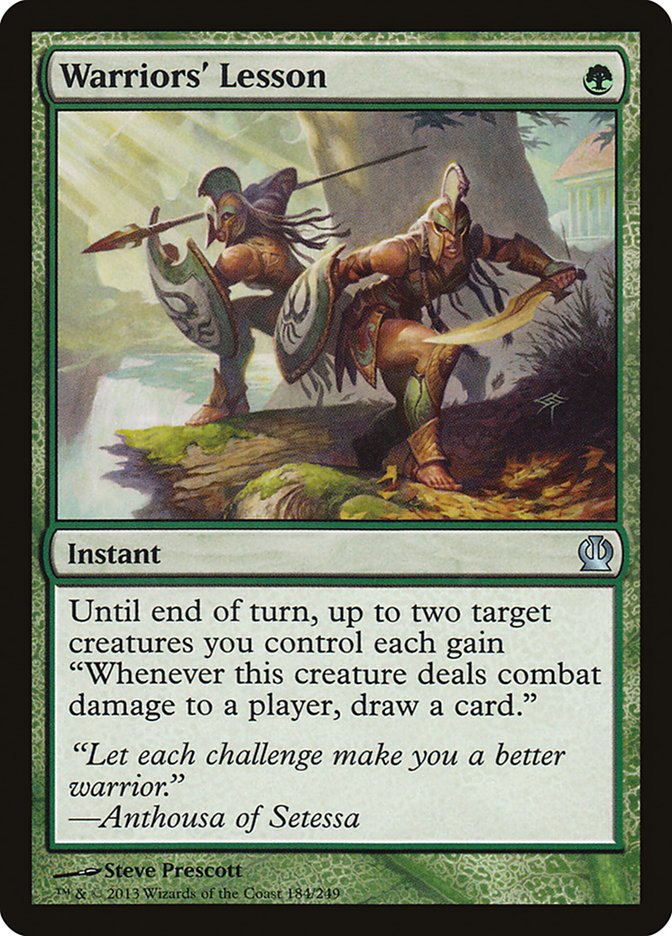
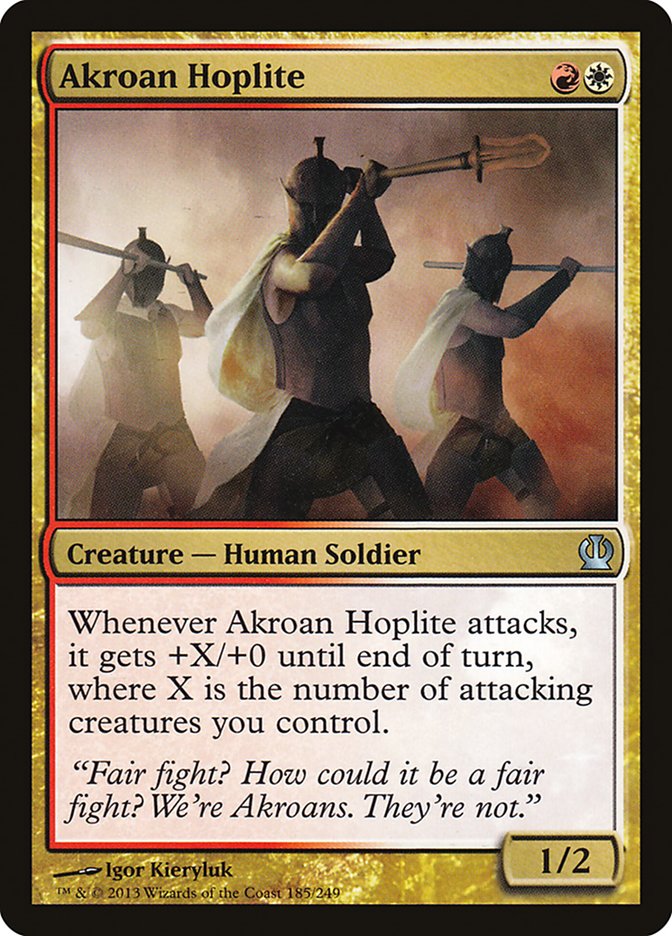



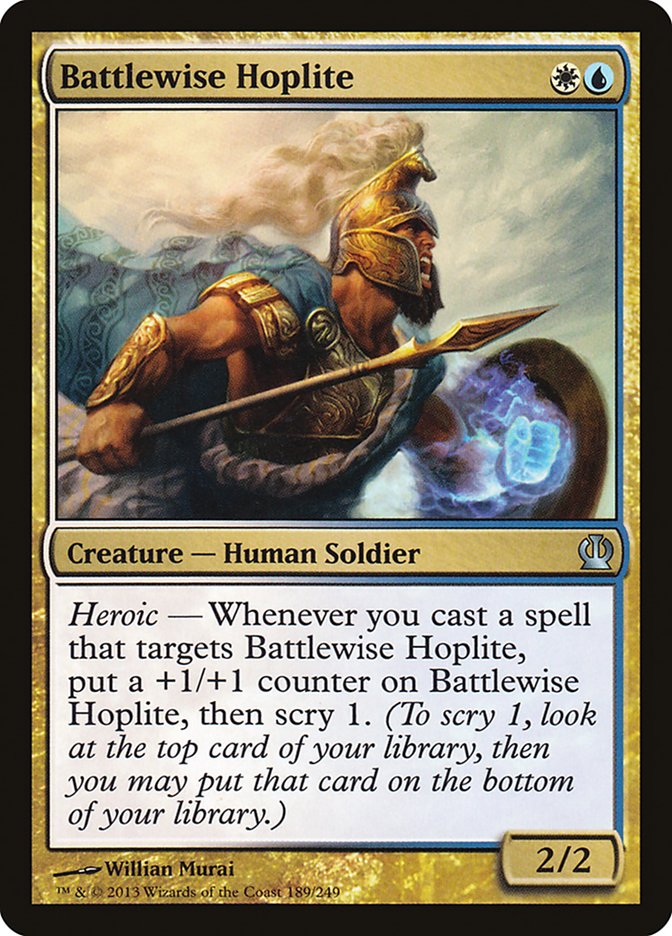
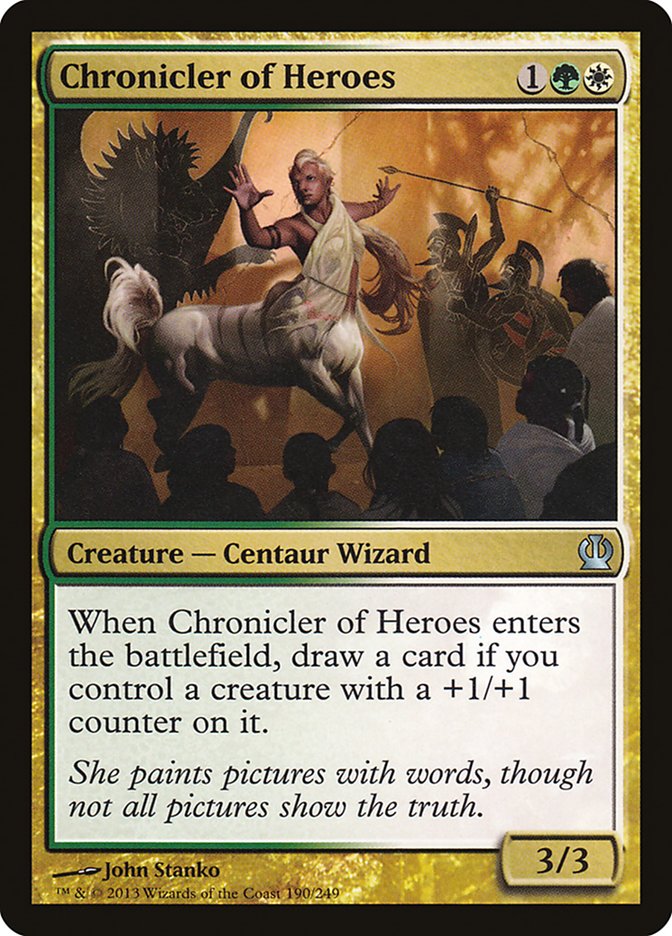
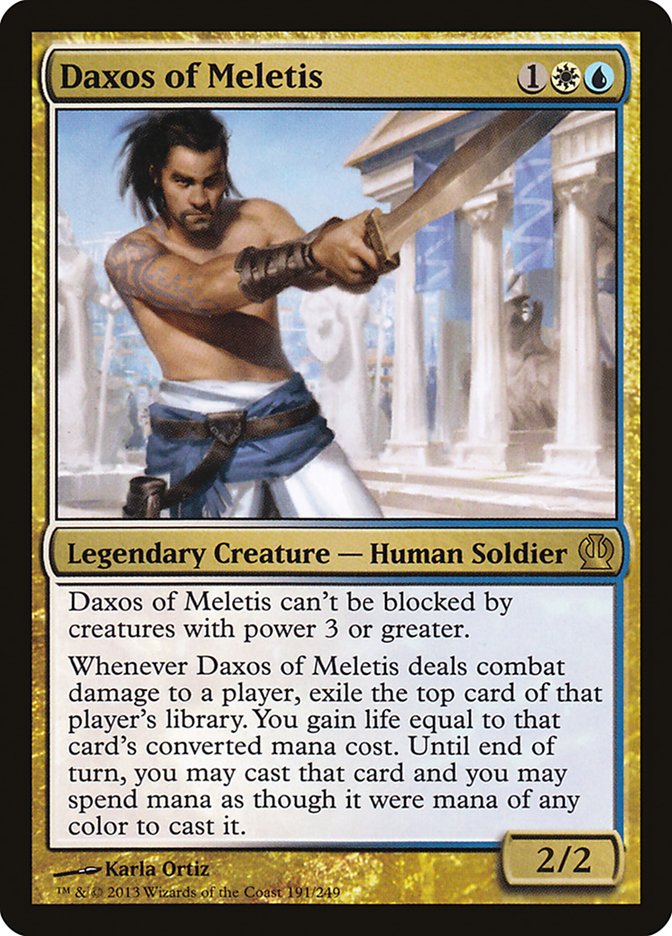
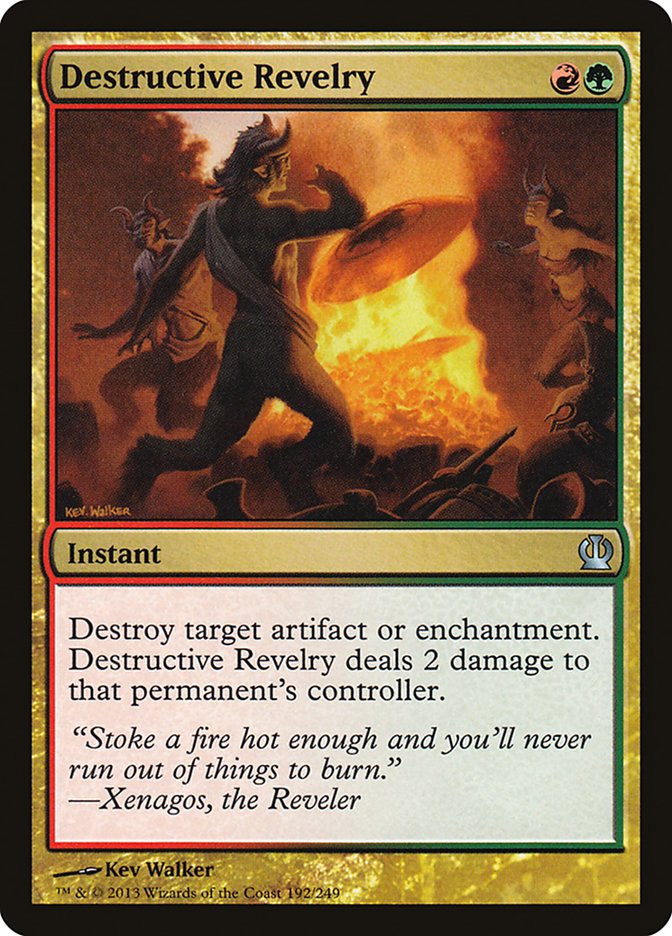

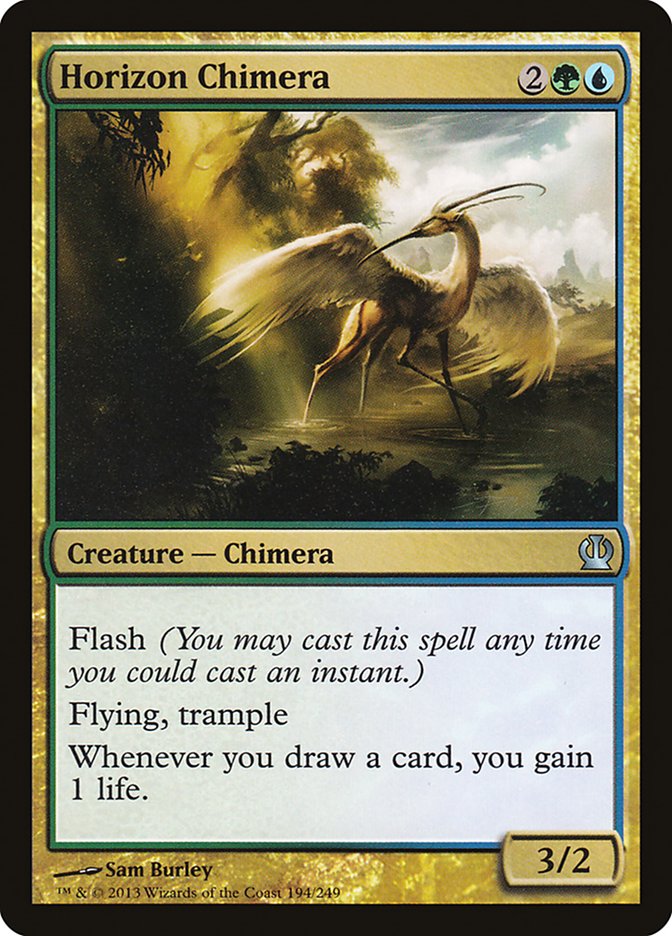
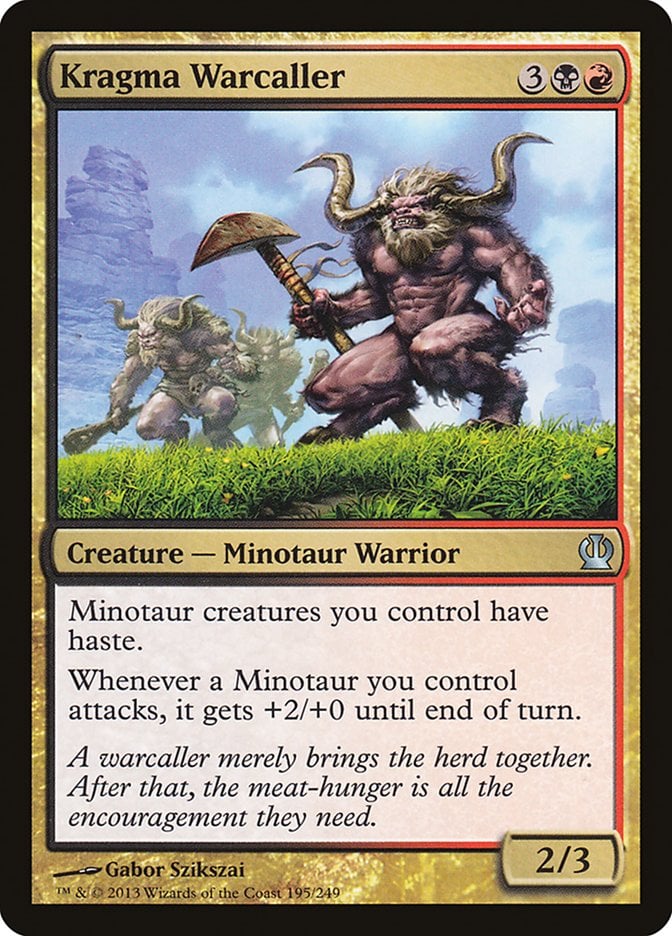
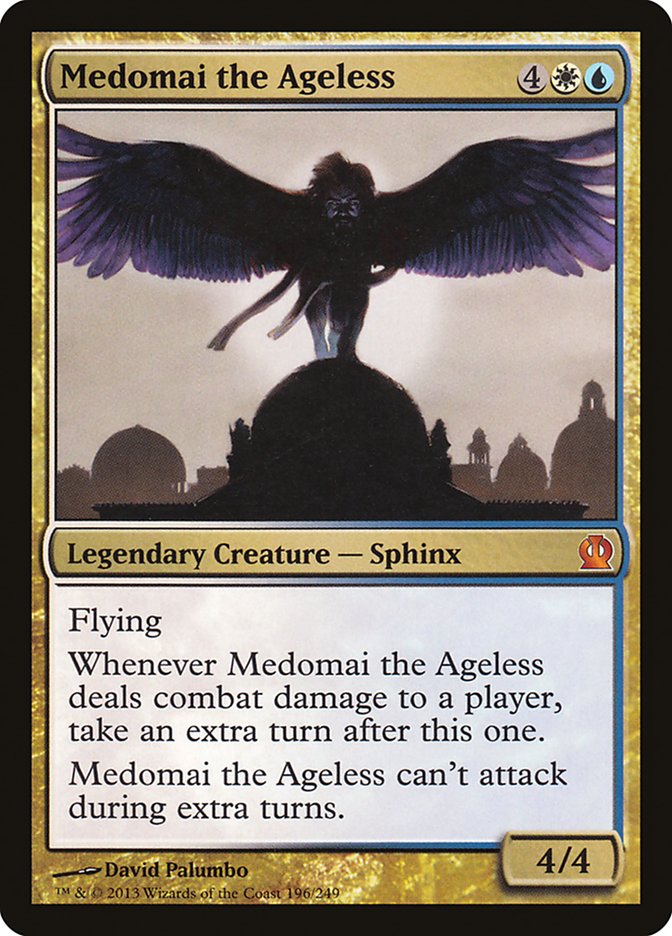
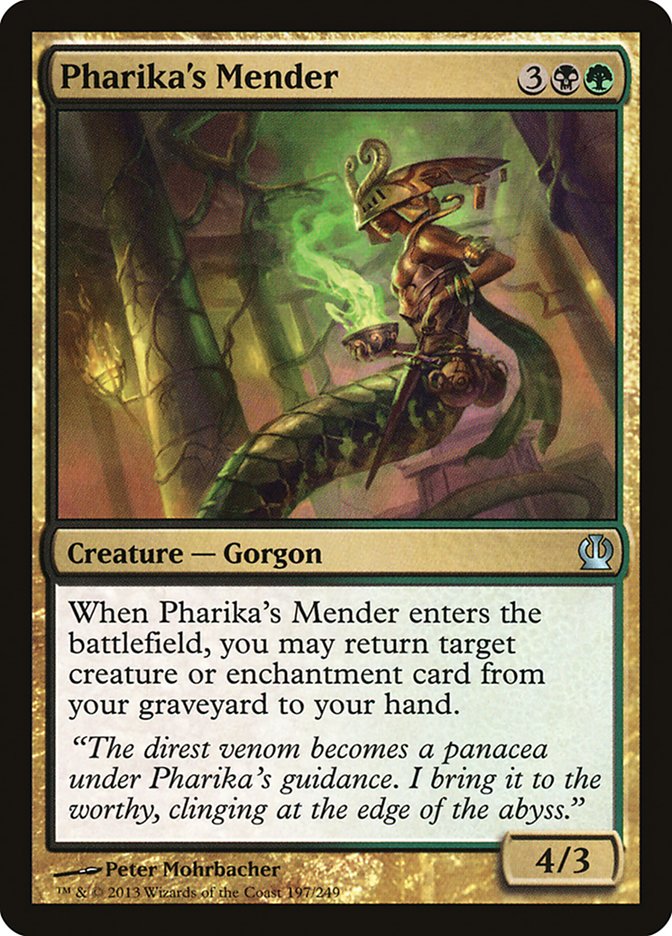
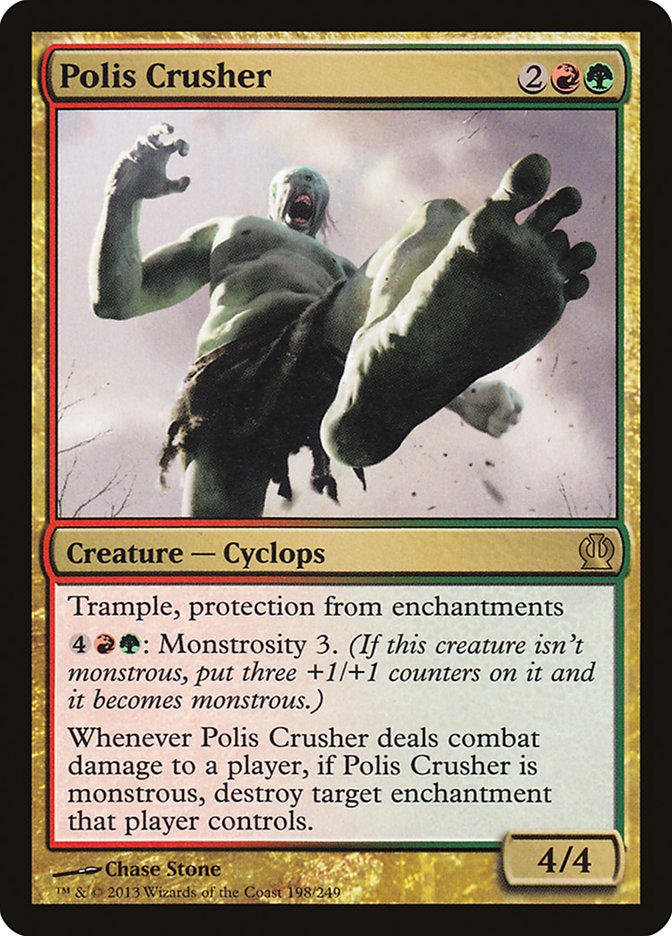
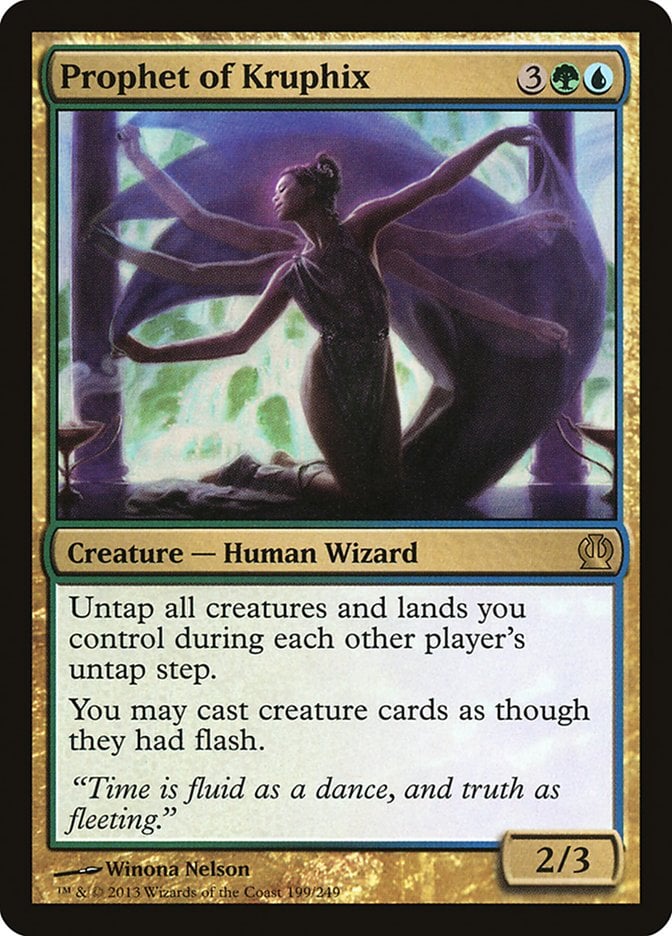
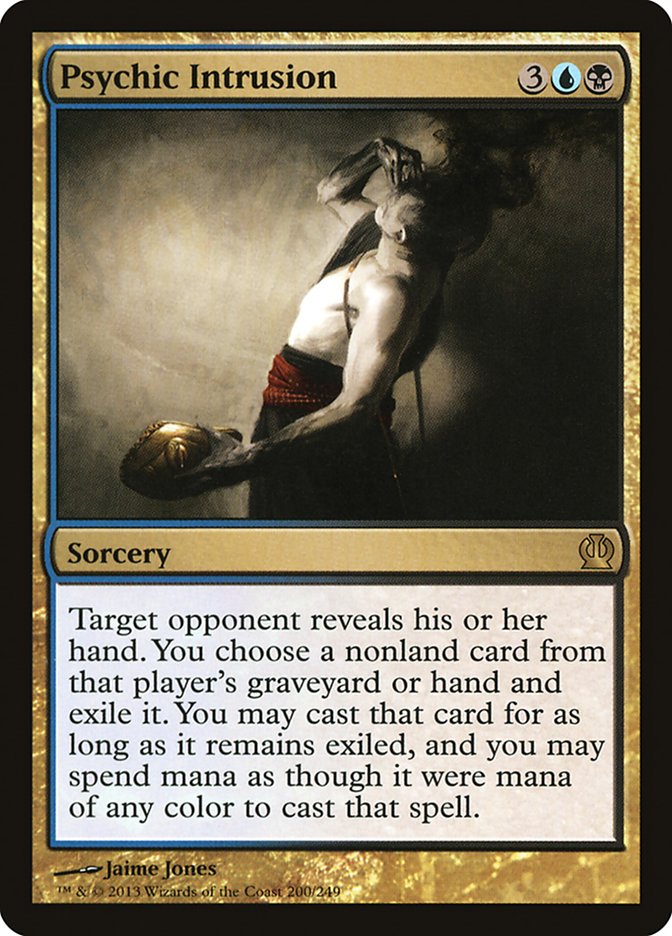
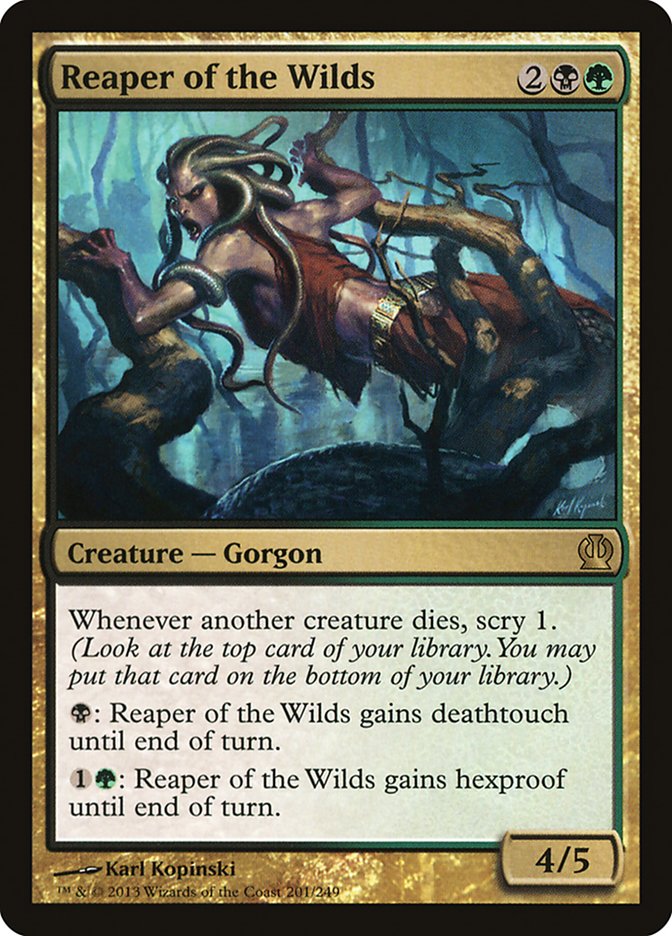
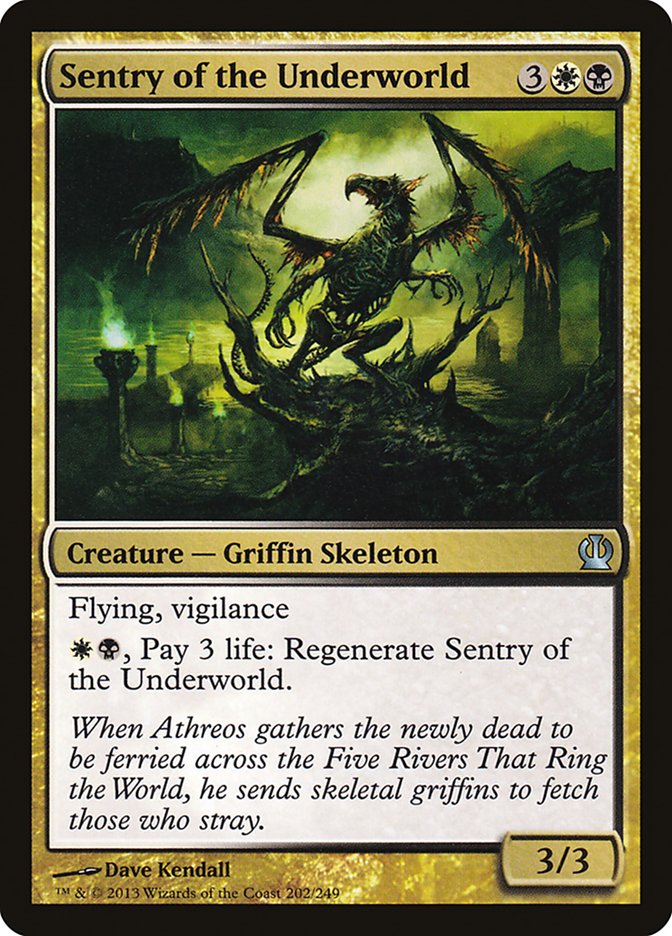
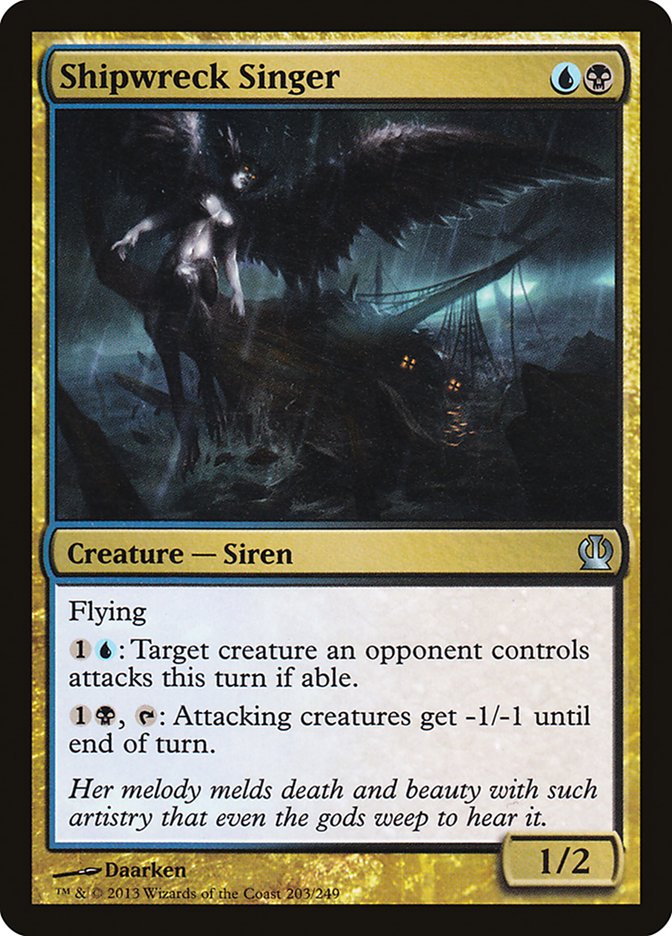
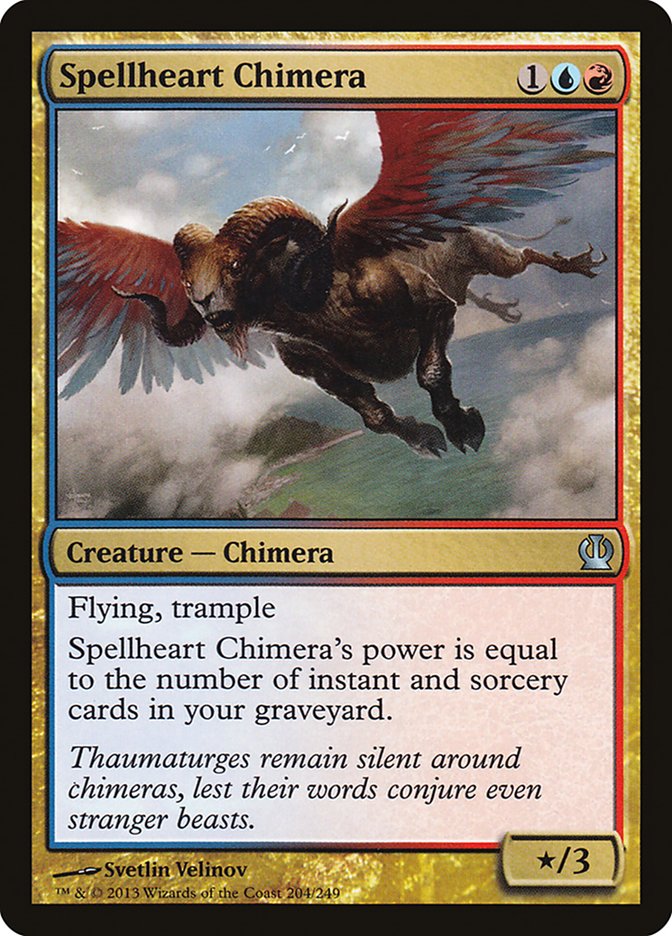
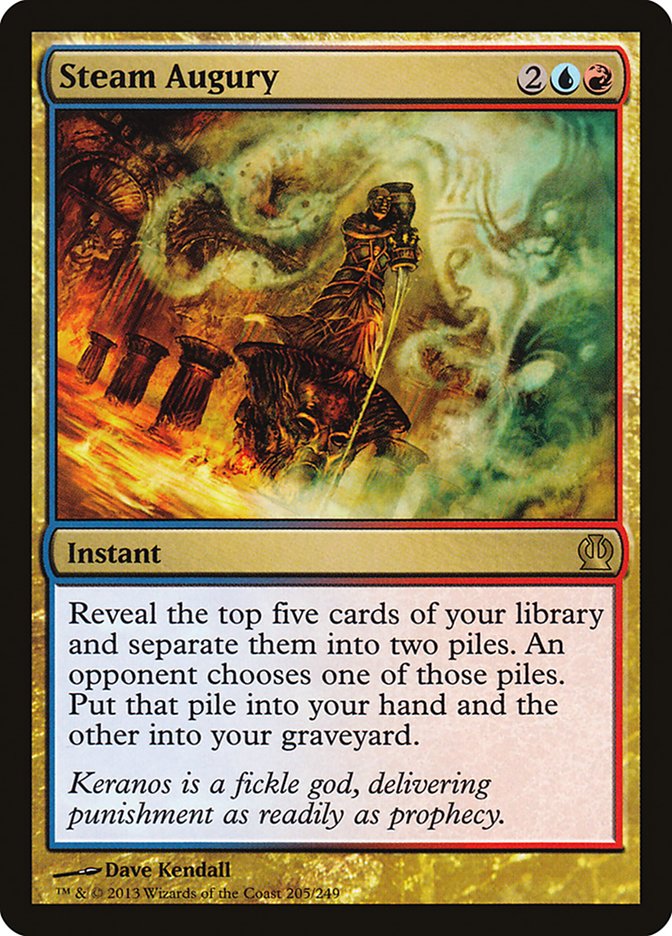

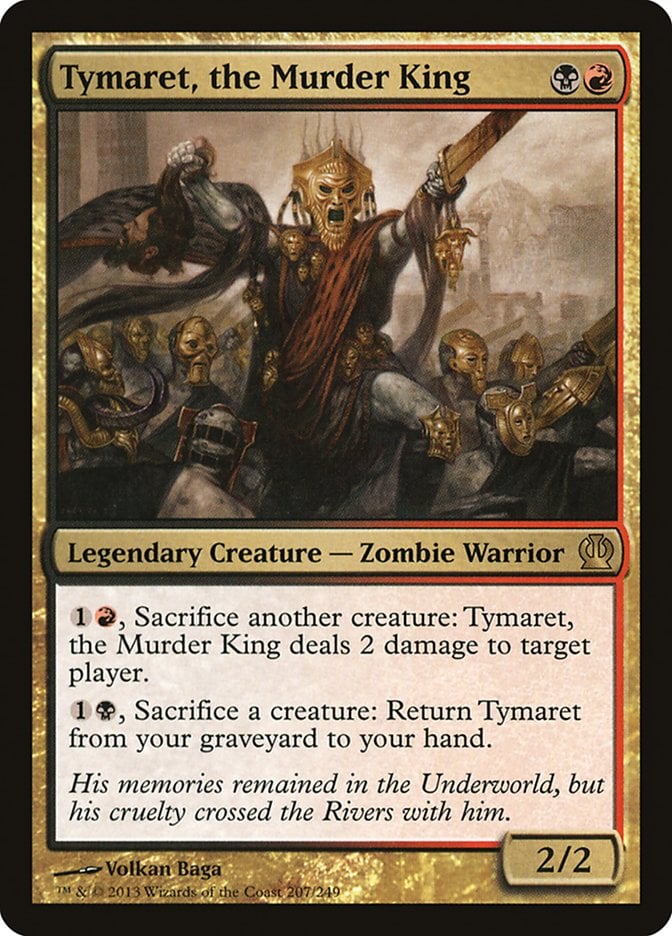
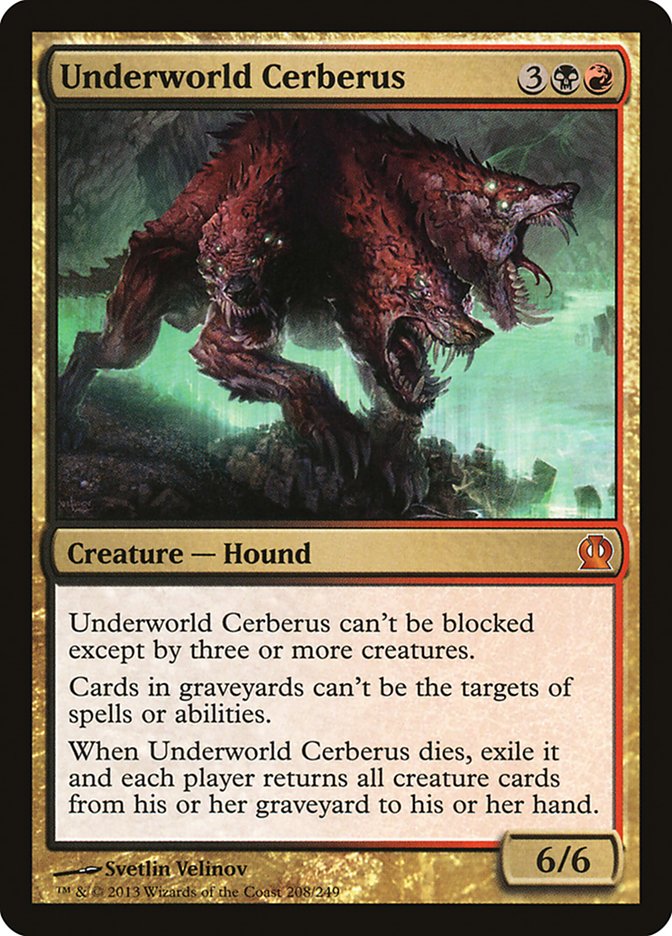
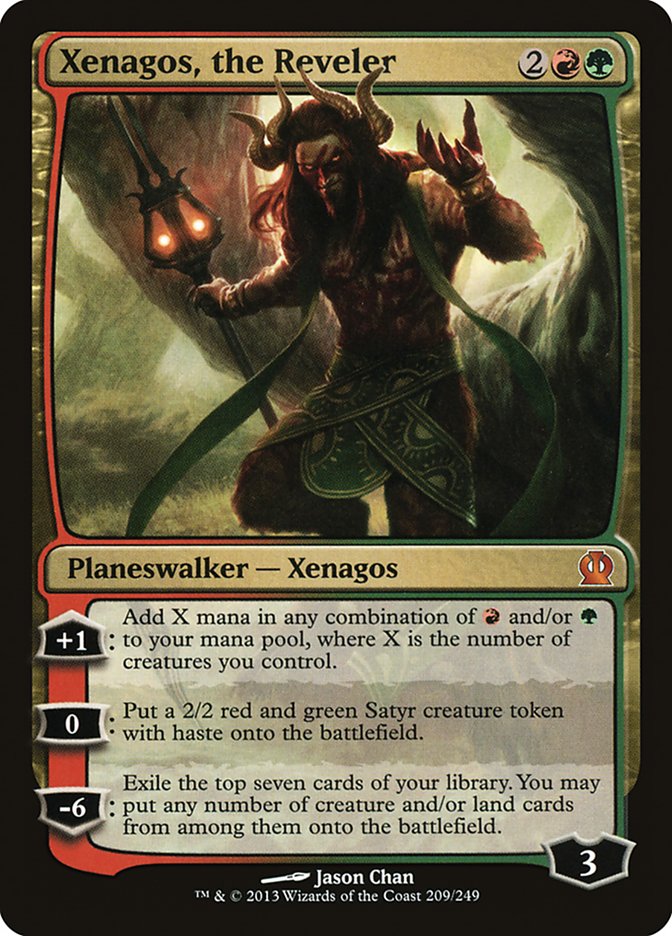
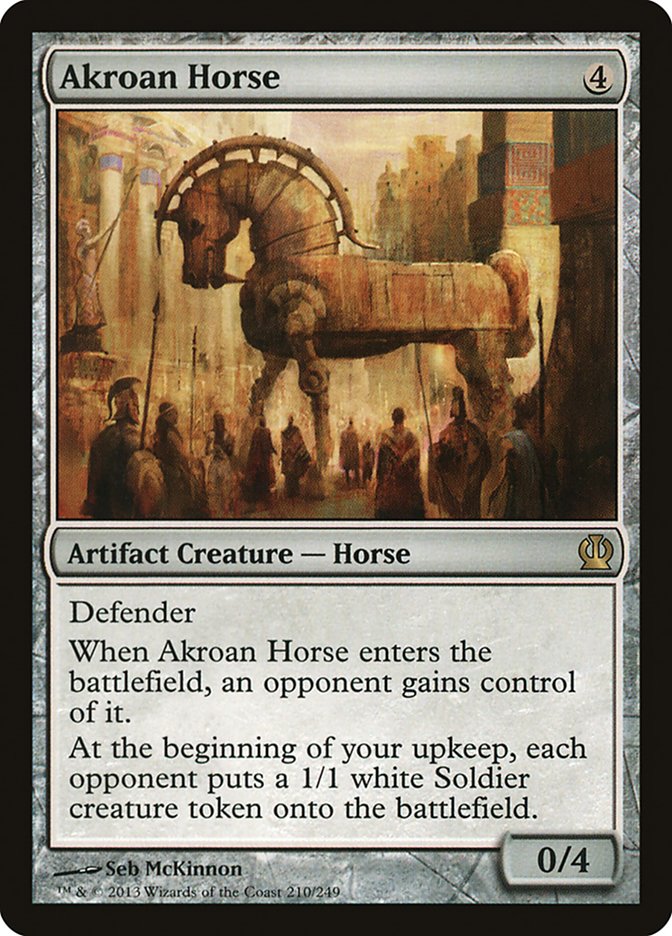
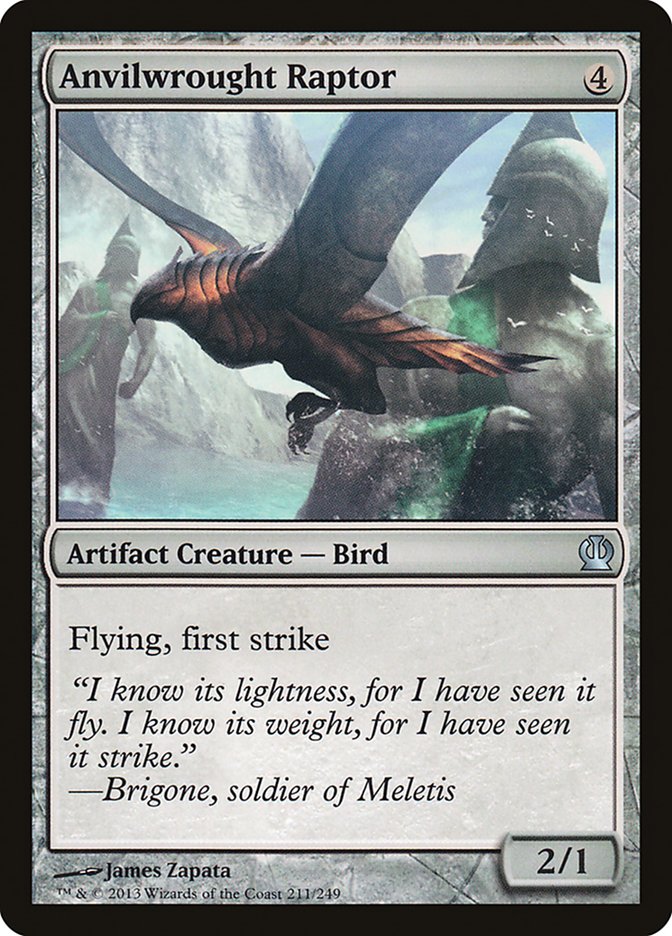
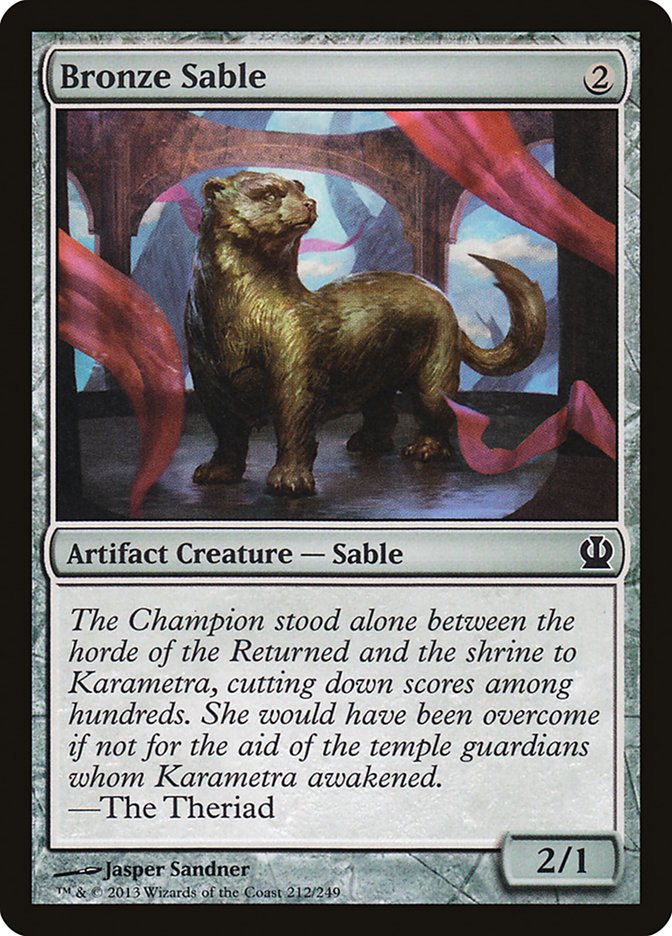

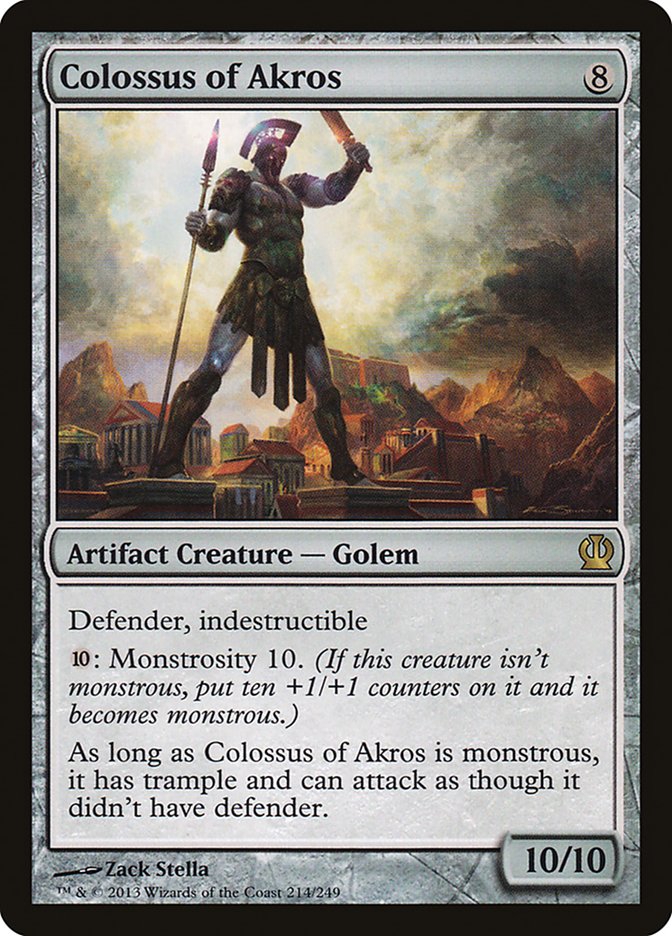
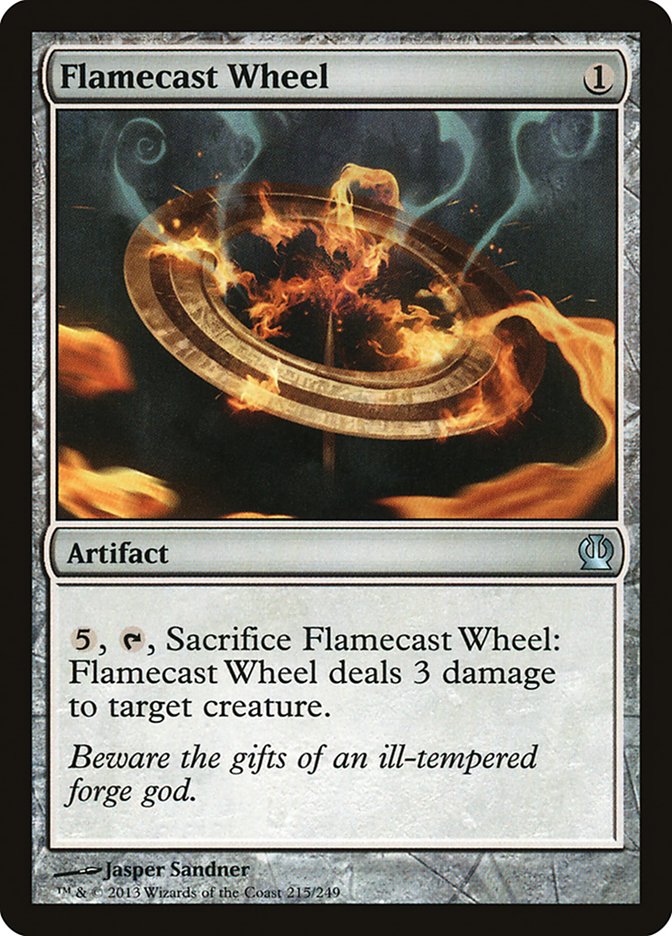
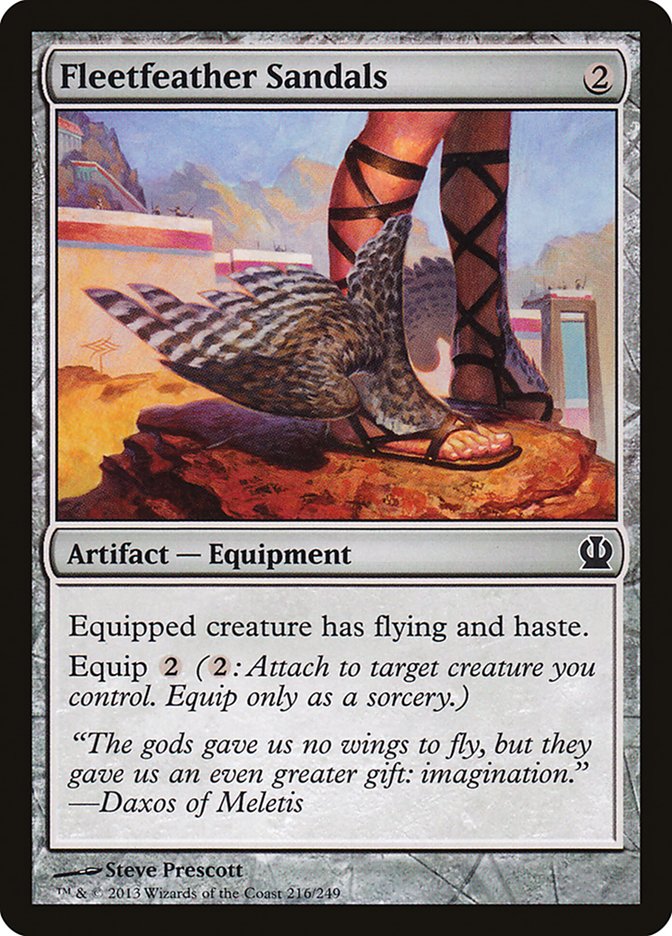
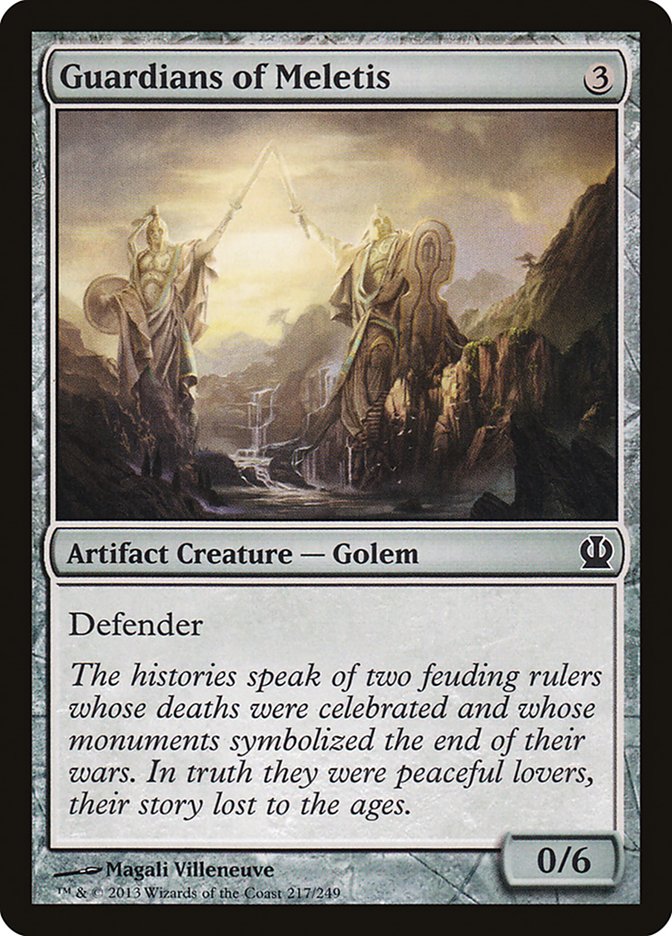

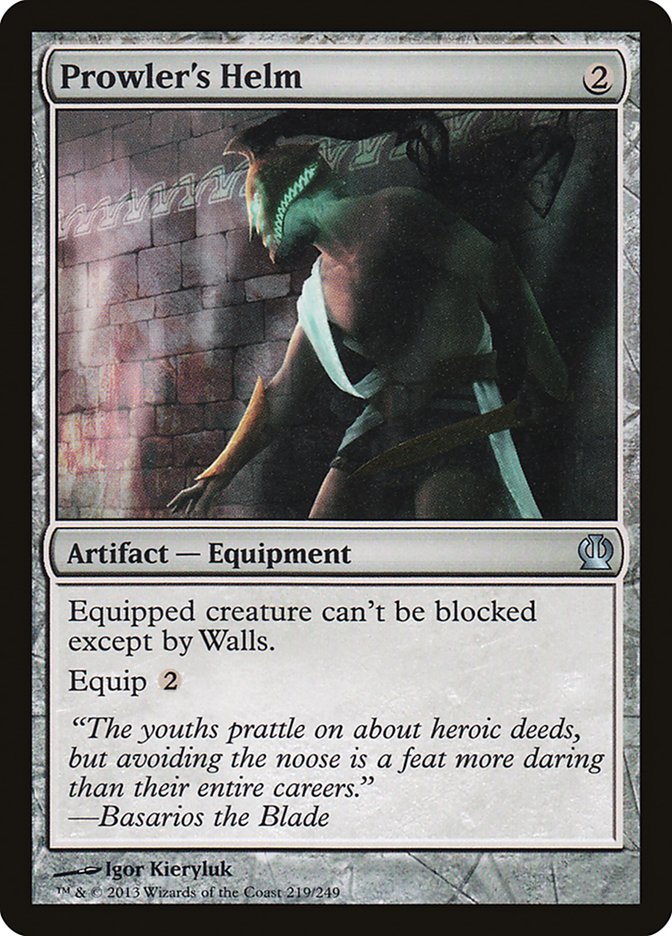
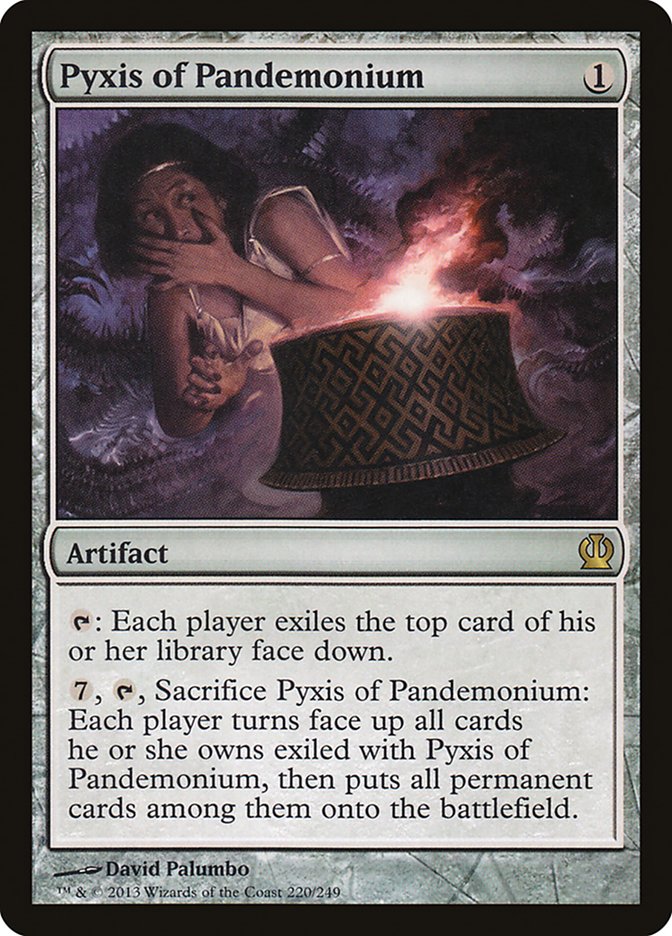

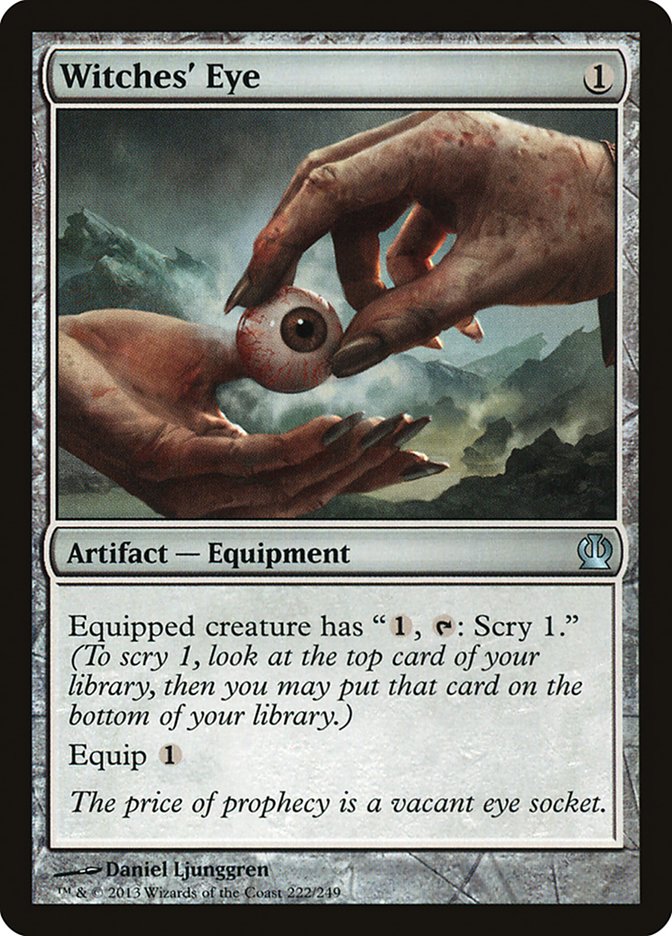
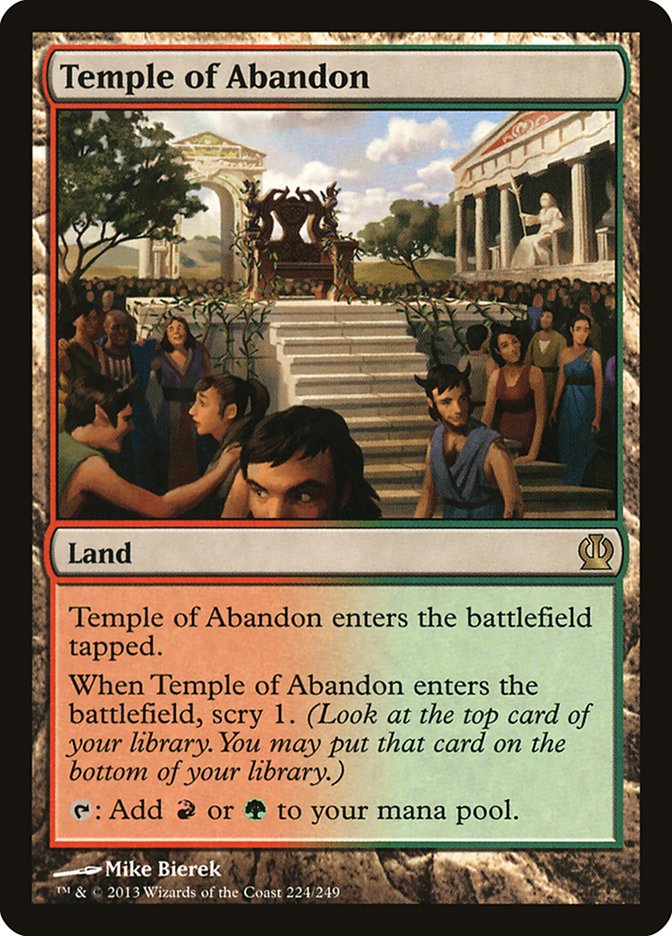

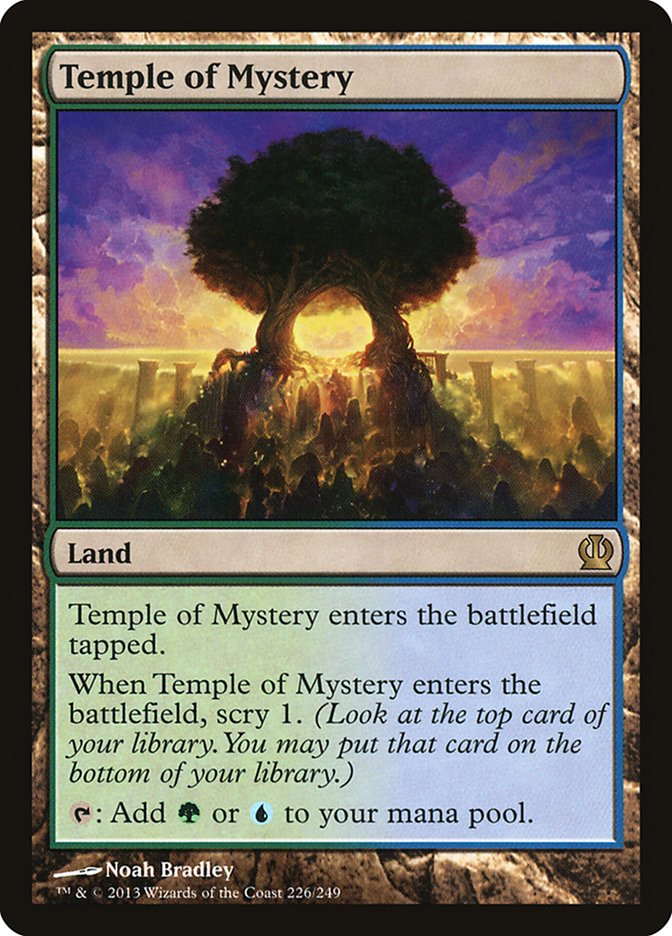
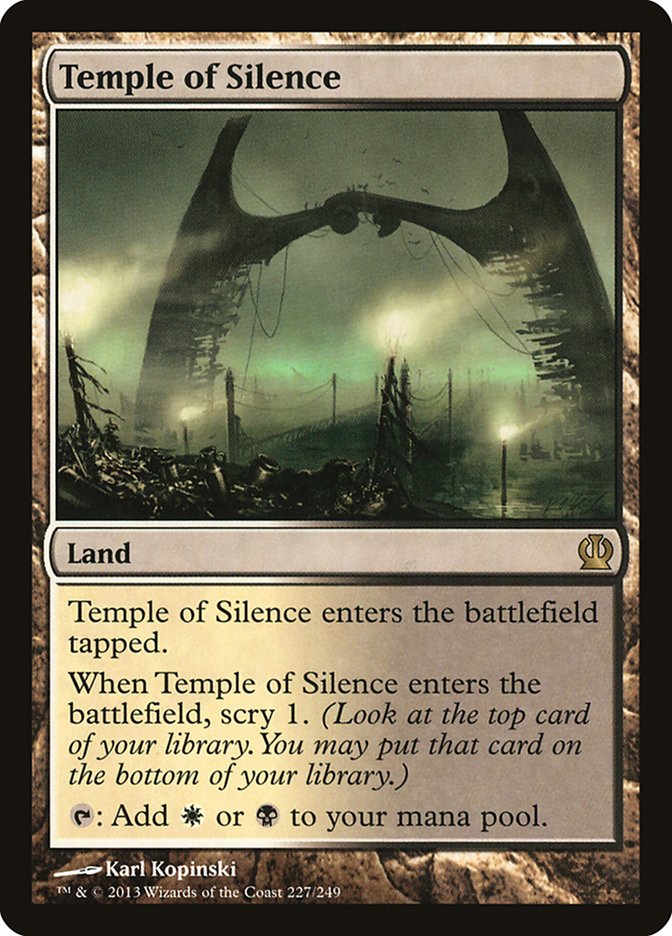

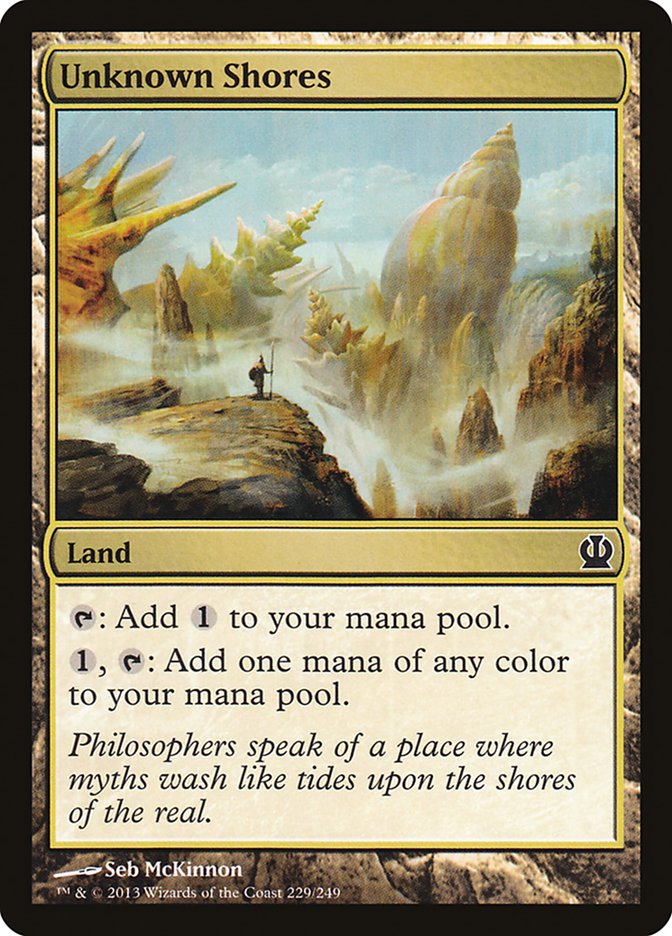
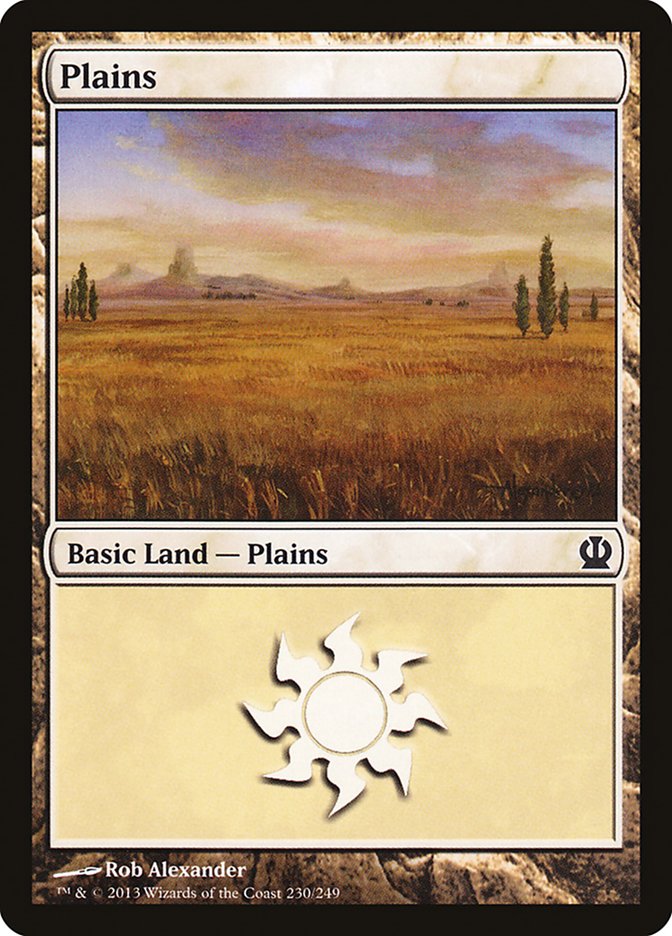


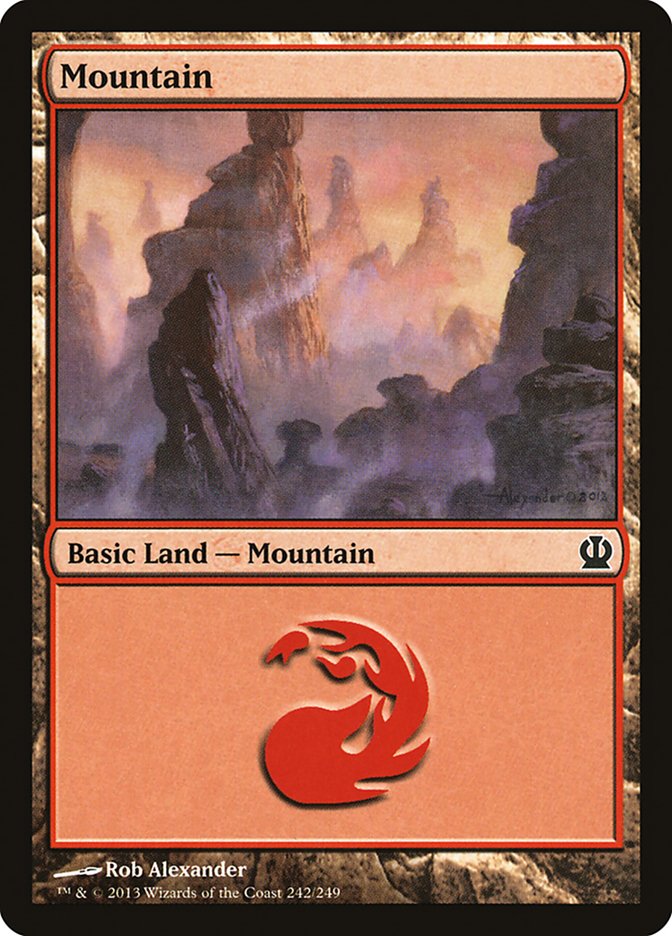



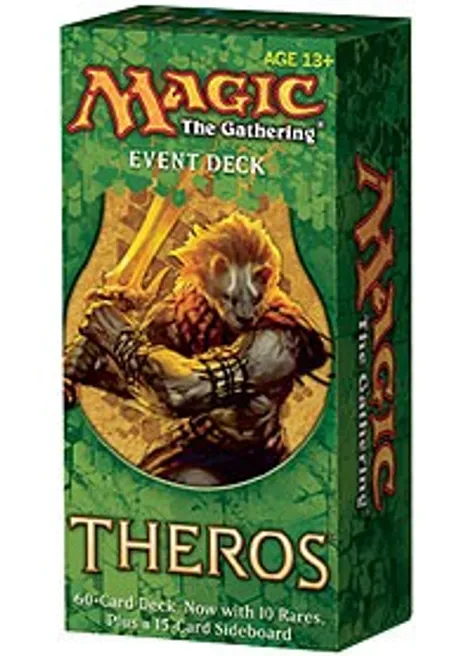
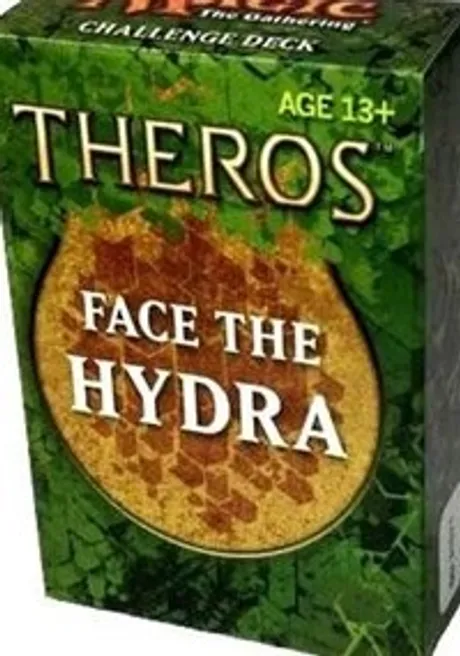

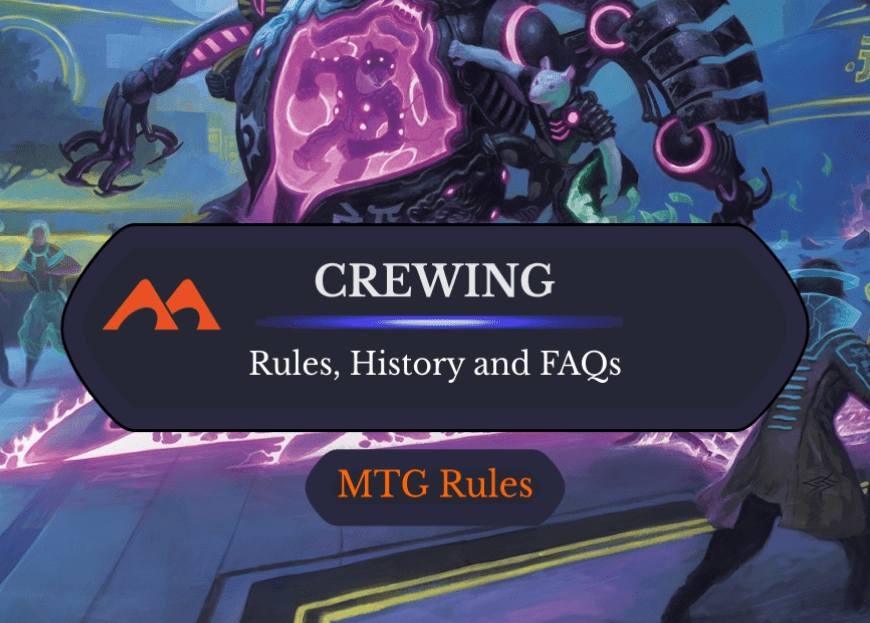
Add Comment